































MARK
The back of my entertainment center used to be a plate of spaghetti, minus the plate. It was organized only to the extent that the proper cables were plugged into the proper ports. Besides that, it was a tangled mess of speaker wire, RCA audio cables, component cables, composite cables, coax (for cable and antenna), extra cables, and probably tumbleweeds.

X x.com/scnmag
Over the years, the retirement of several components, such as my beloved five-disc CD player, certainly contributed to reducing the chaos behind the scenes. However, nothing really changed the connection game for me quite like HDMI. One cable that could handle audio and video? You could almost hear a choir sing “Ode to Joy” as the clouds parted and a rainbow’s end took root behind my television.
Since then, despite initial opposition, this consumer technology has been embraced at the Pro AV level as well. USB-C is starting to muscle in on its territory, but both connectivity options appear to be thriving. So, I suppose it’s as good a time as any to introduce a new interface and disrupt the industry all over again.
Welcome to the party, GPMI.
Short for General Purpose Media Interface, GPMI was announced in April, and it has the backing of more than 50 Chinese companies, including big consumer brands like Hisense and TCL, through the Shenzhen 8K UHD Video Industry Collaboration Alliance.
What makes GPMI so special? Perhaps the easiest way to explain is to offer a comparison. HDMI 2.2 was introduced earlier this year at CES. The big talking point was its jump to a maximum data rate of 96 Gbps, double the 48 Gbps of HDMI 2.1, which was introduced in 2017. GPMI will offer two cable options: Its USB-C cable also supports 96 Gbps, but its proprietary Type-B cable supports 192 Gbps.
It’s easy to make a case for GPMI … at least on paper.
My gut reaction is to take points off for yet another I/O port—I’m still recovering from my relationship with Apple’s Lightning cable— but double the data rate of HDMI’s recent doubling of its data rate gives me pause. Between 4K esports, 8K content, and the next big bandwidth-sucking visual innovation (whatever it is), more data is always appreciated.
And then there is GPMI’s other attractive feature: power. HDMI is certainly not going to charge your phone or power your display. In contrast, GPMI can deliver up to 240W (USB-C) or 480W (Type-B). Throw in some data transfer capabilities and it’s easy to make a case for GPMI … at least on paper.
Ken Hong, head of corporate communications and public relations for Hisense Americas Region, told me the company recognizes the potential of GPMI. “That said, GPMI is still very much in its early stages, with ongoing work on chipset implementation and broader adoption,” he explained. “As a member of the Shenzhen 8K UHD Video Industry Cooperation Alliance, our involvement reflects our commitment to contributing to the advancement of display interface technologies while exploring the possibilities for integrating GPMI into our future products as the standard matures.”
So, GPMI isn’t quite ready to stake its real estate claim on the back panel of your next Black Friday TV purchase. But it might just be ready for the one after that.
AUGUST 7, 2025
Convene at One Liberty Plaza, NYC
“As Pro AV evolves, the AV/IT Summit brings the ecosystem together to collaborate, share insights, and drive efficiency.”
#AVITSummit avitsummit.com
The big question is: Will you care?
LG, Samsung, and Sony—three of the biggest names in TVs—are not in the alliance, so universal industry adoption is not a given. Heck, adoption outside of China isn’t a guarantee, either. And don’t discount the ubiquitous nature of HDMI. It’s here, it works, and newer versions already support 8K (which is yet to firmly plant its own flag in the consumer or professional mainstream).
In other words, this could develop into a fascinating format war over the next few years. Or not. I’ll let you know a in a few Black Fridays.
Content Director Mark J. Pescatore, Ph.D. mark.pescatore@futurenet.com
Senior Content Manager Wayne Cavadi
Contributors Michael Grotticelli, Phil Langley, Mathew Newfield, Samuel Recine Art Editors
Rob Crossland, Sam Richwood Production Managers Nicole Schilling, Heather Tatrow
ADVERTISING SALES
Managing Vice President of Sales, B2B Tech Adam Goldstein, adam.goldstein@futurenet.com, 212-378-0465
Sales John Casey, john.casey@futurenet.com, 845-678-3839
Janis Crowley, janis.crowley@futurenet.com, 845-414-6791
Debbie Rosenthal, debbie.rosenthal@futurenet.com, 212-378-0468
Zahra Majma, zahra.majma@futurenet.com, 845-678-3752
Andi Tureson, andi.tureson@futurenet.com, 646-544-0007
SUBSCRIBER CUSTOMER SERVICE
To subscribe, change your address, or check on your current account status, go to avnetwork.com and click on About Us, email futureplc@computerfulfillment. com, call 888-266-5828, or write P.O. Box 1051, Lowell, MA 01853.
LICENSING/REPRINTS/PERMISSIONS
SCN is available for licensing. Contact the Licensing team to discuss partnership opportunities. Head of Print Licensing Rachel Shaw licensing@futurenet.com
MANAGEMENT
SVP, MD, B2B Amanda Dawrman-Allen VP, Global Head of Content, B2B Carmel King MD, Content, AV Anthony Savona Global Head of Sales, B2B Tom Sikes Managing VP of Sales, B2B Tech Adam Goldstein VP, Global Head of Strategy & Ops, B2B Allison Markert VP, Product & Marketing, B2B Andrew Buchholz Head of Production US & UK Mark Constance Head of Design, B2B Nicole Cobban
FUTURE US, INC. 130 West 42nd Street, 7th Floor New York,

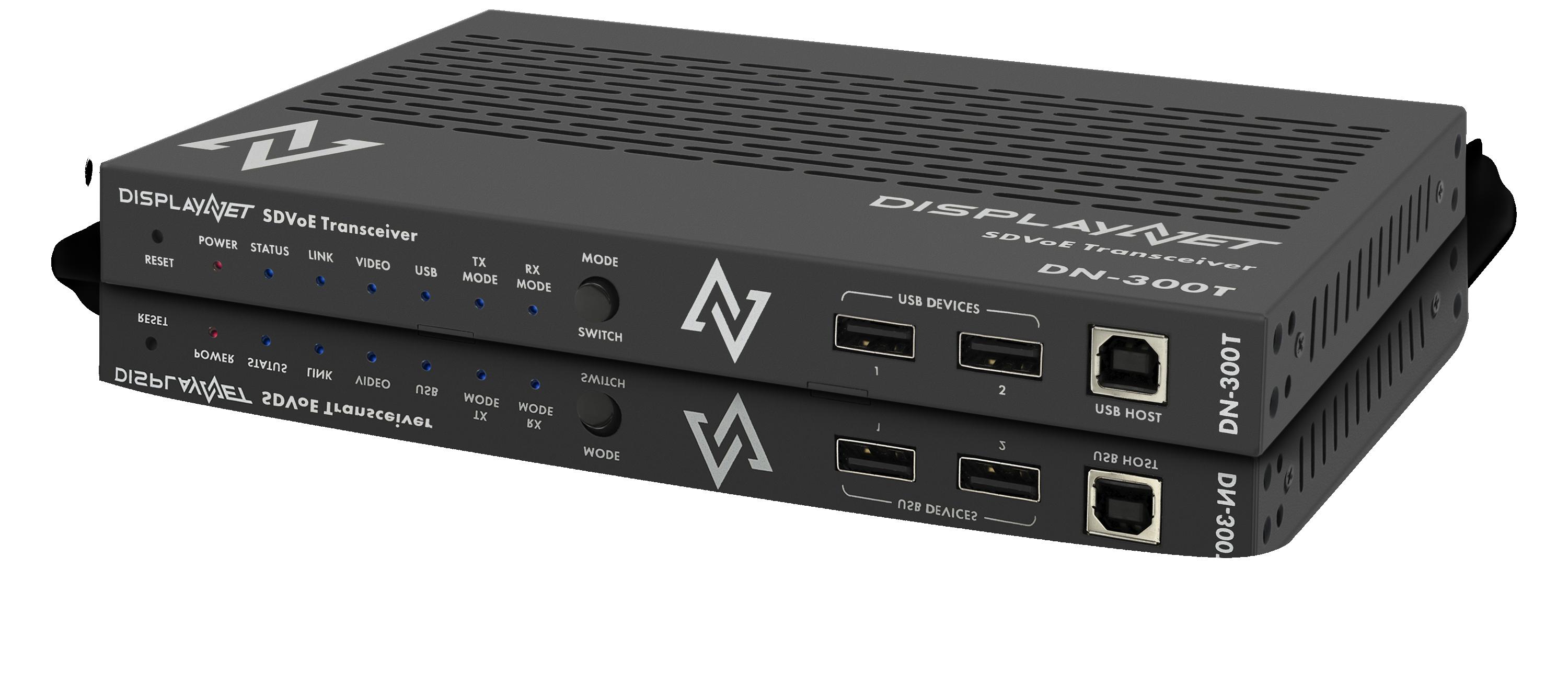
The DisplayNet DN-300 Series delivers an unprecedented level of AVoIP performance, versatility and reliability— at a price point that defines the industry benchmark for value. Based on the latest SDVoE technology, the DN-300 Series provides 4K/60 (4:4:4) video distribution with limitless scalability, zero-frame latency and zero image artifacts.
These units offer unique features that provide system designers with exceptional versatility:
Switchable Transmitter / Receiver operation
Bi-directional Transceiver mode (DN-300T)
Dual (copper / fiber) 10G network interfaces
Long Range: 100 meters (copper), 30 km (optical)
Auxiliary H.264/5 video output streams
Powerful network security features

PoE+ support
Silent, fanless operation
Ultra-compact, rackmountable case
Versatile KVM Routing
DN-300H: USB HID device instant switching
DN-300T: full-bandwidth USB 2.0 routing
DisplayNet also provides software-defined MultiViewer and Advanced Video Wall engines that power a wide range of applications without the expense and complexity of ancillary products. A highly intuitive web-based UI and API greatly simplifies setup and installation, as well as integration into third-party control systems.
Contact us today to see how DisplayNet can move your next AV system into the future.

sales@dvigear.com
(888) 463-9927
www.displaynet.com
















In May, Sonance announced its acquisition of Blaze Audio. The strategic acquisition secures the Blaze Audio brand and its sales and marketing operations, reinforcing Sonance’s long-term commitment to delivering complete audio solutions and enhancing its presence in the global professional audio sector.
The acquisition centers on technologies that complement the Sonance product line: Blaze Audio PowerZone Connect network and Dante-enabled amplifier series, plus its complementary DSP software platform, PowerZone Control. The acquisition also establishes a partnership between Sonance and Pascal A/S, Blaze Audio’s parent company, laying the foundation for long-term collaboration and innovation, as well as setting Sonance up to offer high-performance audio systems across all its market sectors.
“This is about more than just expanding our product portfolio. It’s about bringing together two companies that share a commitment to quality, innovation, and customer-first thinking,” explained Ari Supran, CEO of Sonance. “Blaze Audio brings a bold, focused amplifier lineup and adds sound reinforcement loudspeakers that help fill out the Sonance Professional loudspeaker range.
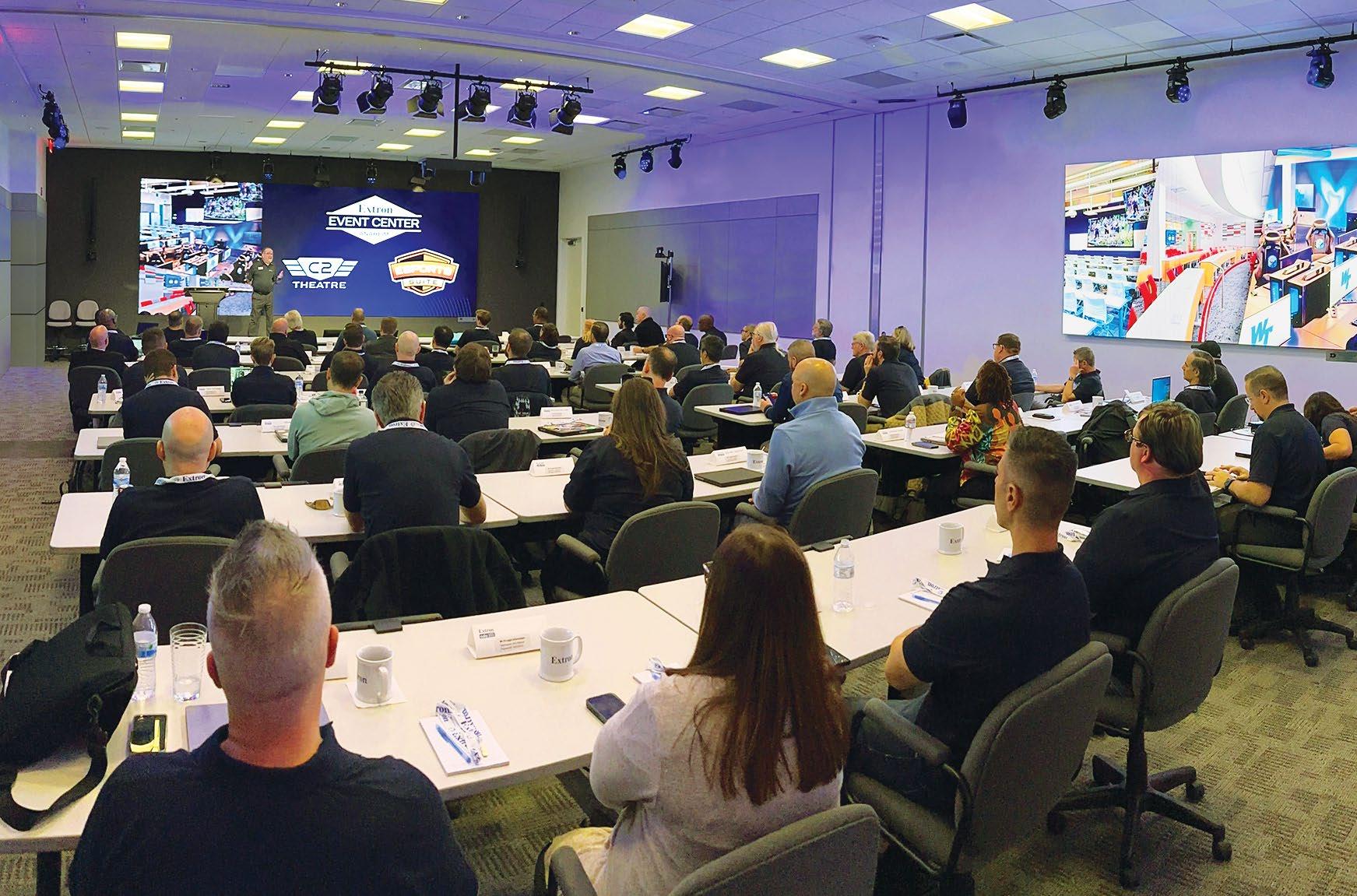
Designed to showcase the innovation and versatility of Extron technologies in action, the company’s new Event Center at its global headquarters in Anaheim, CA, provides immersive experiences for customers, industry professionals, and end users.
demonstration spaces. The C2 Theatre simulates a command and control environment with a video wall that can be used to present content from dualdisplay workstations, video servers, and NTPsynchronized virtual clocks with multiple time zones. The Esports Suite features five gaming stations with player cameras that can be presented on the room display or at the shoutcaster desk for annotated, play-by-play commentary.
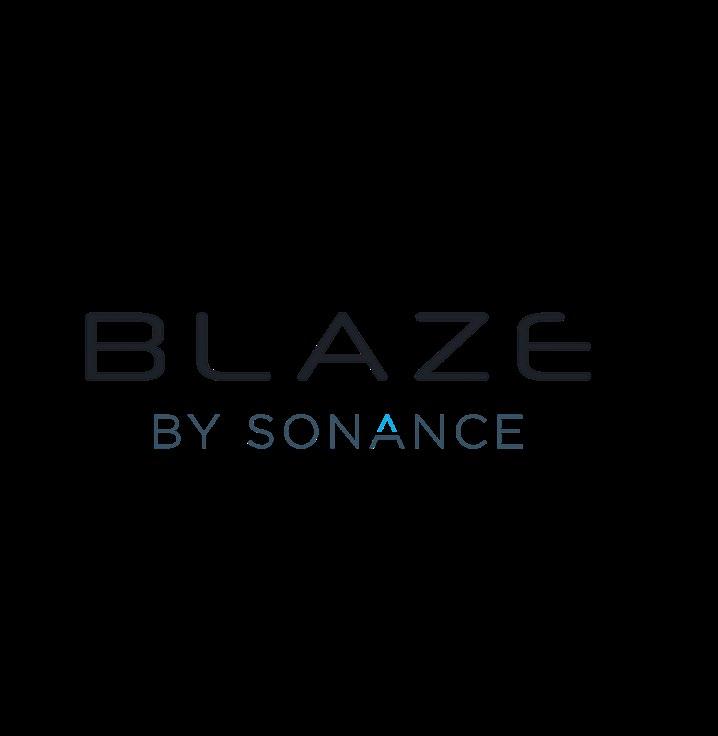
boundaries of how integrated audio can

The venue is equipped with a full NAV AV over IP system with more than 175 endpoints, advanced audio solutions featuring Extron amplifiers and speakers, seamless control via TouchLink Pro touchpanels, robust streaming with SMP technology, and dynamic content switching using the ISS 608. A pair of video walls in the main presentation room feature Daktronics direct-view Chip on Board (COB) LED displays that are enabled by the Extron Quantum Ultra II 8K videowall processor.
Also featured are two application-specific
In May, The Freedman Group, parent company of audio brands including RØDE, Mackie, Aphex, SoundField, and Event Electronics, announced its acquisition of Lectrosonics, the U.S. manufacturer of professional wireless audio systems. Founded in 1971 and headquartered in New Mexico, Lectrosonics has been at the forefront of UHF wireless audio technology for more than 50 years.
“We are thrilled to welcome Lectrosonics to The Freedman Group family,” said Peter Freedman AM, founder and owner of The Freedman Group. “For decades, Lectrosonics has been synonymous with the
highest possible performance along with unmatched reliability and innovation in professional wireless audio. Their uncompromising commitment to quality perfectly aligns with our own values and strengthens our position as a global leader in professional audio solutions.”
While financial terms remain undisclosed, the deal encompasses the company’s brand, complete intellectual property portfolio, factory buildings in Rio Rancho, NM, and a comprehensive array of production machinery and equipment. Lectrosonics will continue to operate from its existing facilities in New Mexico, with the current management team remaining in place.
There’s also a dedicated New Product Showcase, where guests can explore the latest Extron products through hands-on demonstrations. With intelligent theatrical lighting and multiple PTZ cameras, the Event Center is engineered to provide seamless AV experiences for any event or demonstration. Plus, its versatile room layouts, interactive product demo spaces, and integrated streaming capabilities make it ready to host all kinds of industry events.
“Our new Event Center was designed to help people and ideas reach their fullest potential with the help of AV technology,” said Casey Hall, chief marketing officer. “We are proud to provide an interactive space for our visitors to explore our cutting-edge AV solutions, whether it be for collaboration, training, or for high impact presentations.”
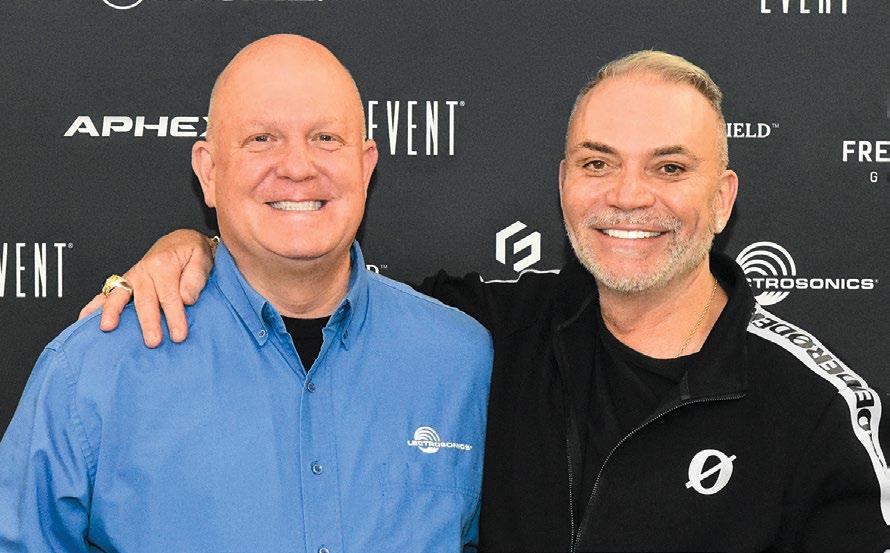
“Joining The Freedman Group represents an exciting new chapter for Lectrosonics,” said Wes Herron, president of Lectrosonics. “With its global reach and shared passion for audio excellence and in-house manufacturing, we look forward to accelerating product development and expanding our market presence while maintaining the quality and reliability our customers expect.”
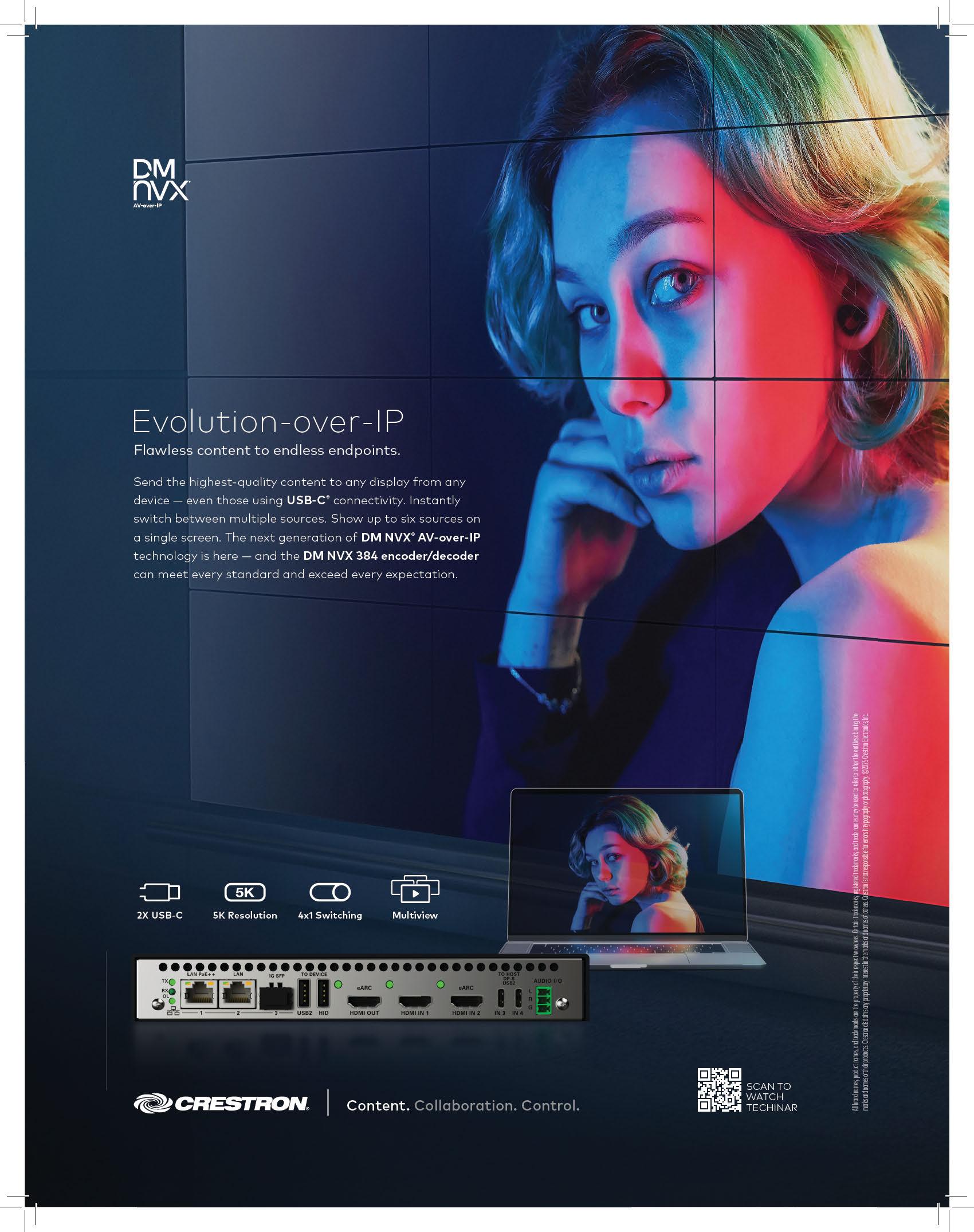
In a significant achievement for both consumer safety and intellectual property rights, L-Acoustics has successfully won legal judgments against two European counterfeiters of its professional audio equipment. The legal actions underscore the company’s unwavering commitment to ensuring audience safety and protecting the market for legitimate partners.
Working through its dedicated AntiCounterfeiting Task Force, L-Acoustics pursued legal action in both Germany and Norway against companies that were acquiring and renting fake L-Acoustics products, including loudspeakers and electronics. Initial analysis of the seized counterfeit products revealed alarming safety concerns, including metal components only half the required strength of authentic L-Acoustics specifications— resulting in a 48% decrease in safety factor.
In Germany, the court ruled against a rental company utilizing counterfeit Kara loudspeakers, rejecting their defense that they were not liable as they were only renting the equipment rather than selling it. The tribunal recognized the products as counterfeit, prohibiting the company from using other fake products. Critically, the court also mandated the disclosure of information regarding the origin of the counterfeit products, enabling L-Acoustics to investigate potential larger distribution networks.
“L-Acoustics extends its appreciation to the
German court for this significant ruling,” said Laurent Ostojski, senior legal counsel at L-Acoustics. “This judgement not only protects our intellectual property but also helps maintain the integrity of the professional audio market.”
In Norway, L-Acoustics acted against a local rental company offering counterfeit products at significantly reduced rental prices. The intervention was motivated primarily by serious safety concerns, as fake speakers and amplifiers were being deployed in confined spaces with high occupancy at end-ofyear student celebrations, creating a potentially dangerous situation. When faced with legal proceedings, the counterfeiter admitted wrongdoing, paid damages, and halted pending orders of additional counterfeit products from China.
“These cases highlight our dual commitment to safety and market integrity,” Ostojski added. “The counterfeit products not only infringe on our intellectual property, but present a real danger to unsuspecting audiences and venue operators. Our priority will always be protecting the public from substandard products that fail to meet proper safety standards.”
All seized counterfeit products are being transported to L-Acoustics headquarters in France for comprehensive analysis before being properly destroyed and recycled in line with the company’s corporate social responsibility strategy. L-Acoustics is working with certified European Waste Electrical
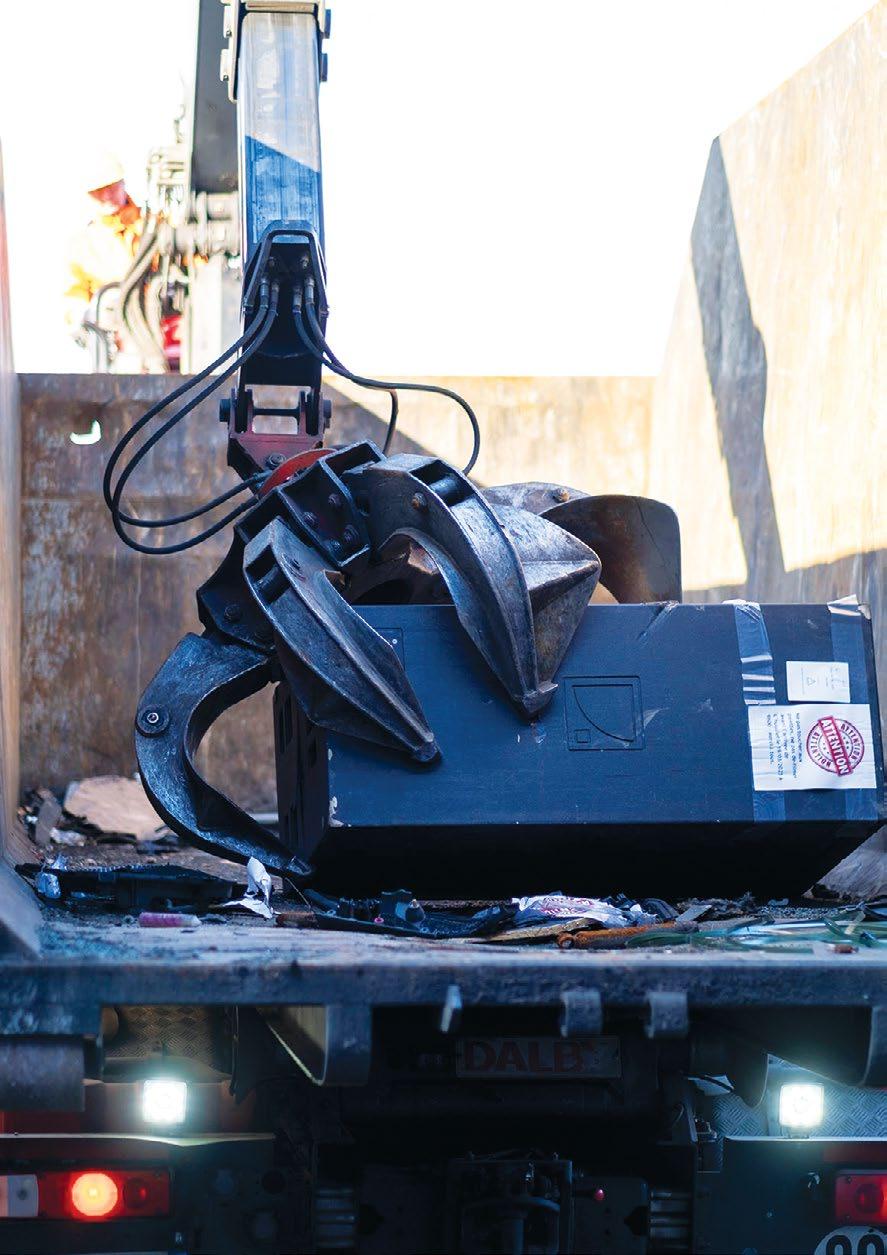
and Electronic Equipment (WEEE) organizations to ensure environmentally responsible disposal and maximum material recovery. The eco-organization eCologic, a member of WEEE in France, handled the entire destruction and recycling process, which was overseen by a bailiff to ensure compliance.
OpenAV Cloud, a new industry initiative, was launched in May by a coalition of AV manufacturers and technology providers to accelerate the AV industry’s transition to the cloud by promoting openness, interoperability, and customer-first innovation. The nonprofit initiative plans to sidestep proprietary systems, which can hinder integration and innovation, by developing open, cloud-based APIs and shared frameworks for secure data access and crossbrand compatibility.
Founding members of OpenAV Cloud include Sony Electronics, Panasonic Projector & Display Americas, Legrand | AV, Shure, BrightSign, and Xyte. The initiative also counts HDBaseT as an industry partner and has 20 contributing members. AV manufacturers, system integrators, and

managed service providers are invited to join the initiative. Membership is free, with the goal of building a broad, inclusive community that shapes the future of AV together.
“Customers today expect their technology to work together seamlessly, regardless of the brand,” said Sam Sabet, CTO at Shure. “OpenAV Cloud is about collaborating to create AV solutions that are interoperable, efficient, and built for the future, ensuring we deliver top performance for our shared customers.”
“By prioritizing interoperability, OpenAV Cloud promotes greater accessibility and freedom for our customers, regardless of their preferred solution or workflow,” added Rich Ventura, VP, Professional Display Solutions, Sony Electronics. “We’re proudly committed to working together with other industry leaders, allowing us to jointly provide our community with a frictionless and collaborative way to streamline integrations

and promote the adoption of beneficial cloud-based solutions that have the ability to save time, resources, and money.”
OpenAV Cloud offers a framework that supports faster deployment, easier integration, and a better overall experience for customers and partners alike. Members of OpenAV Cloud are committed to meeting customer demand for flexible, interoperable solutions, as well as building and maintaining open, read-write cloud APIs, collaborating on industrywide standards and best practices, upholding secure, customer-controlled data access, and promoting cross-brand collaboration.
“The future of AV lies in accessibility and collaboration,” said Pamela Hoppel, president of Legrand | AV. “With OpenAV Cloud, we’re taking a collective step toward a more connected and customer-centric industry. By working together on shared standards and open APIs, we can unlock greater innovation and value for the AV ecosystem.”
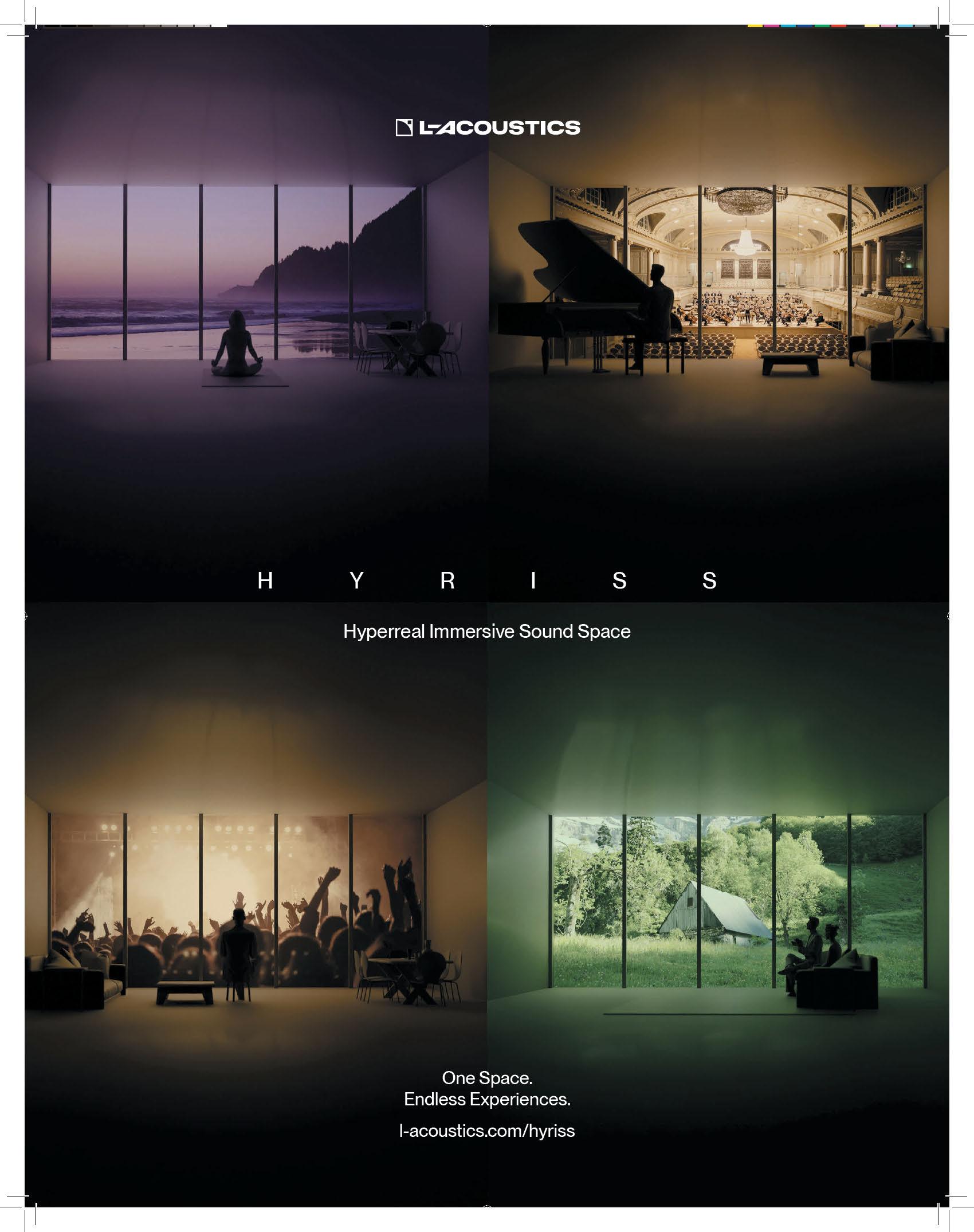
Nestled along the stunning waterfront of Newport, RI, Newport Harbor Island Resort is renowned for its picturesque views, luxury accommodations, and exceptional events. To stay ahead of guest expectations and continue delivering top-tier service, the resort turned to Uniguest’s Hotel Hub digital signage technology, seamlessly blending modern convenience with the charm of this coastal retreat.
With its bustling schedule of weddings, corporate events, and guests exploring the property, the resort needed a way to share information quickly and effortlessly. The challenge was to provide an innovative solution that would enhance communication while preserving the resort’s personalized touch.
Four strategically deployed BlueFin digital signage displays are near the elevator, front desk, and meeting areas. There are also 18 meeting room boards, instantly improving guest navigation and the ability to communicate key messaging. Not only do these screens offer event details and directional signage, but they also bring a personal touch by displaying logos and photos for special occasions.
Staff can now update content through a simple content management system, ensuring that each event feels custom-tailored. The displays have become essential in reducing front desk queries, allowing guests to independently find the information they need, which in turn gives the staff more time to focus on delivering exceptional service.
“Uniguest’s technology has empowered our team to engage guests in a more effective and thoughtful manner. By providing timely and relevant information, we’ve been able to enhance the guest experience while ensuring our operations remain smooth and unobtrusive,” said David Smiley, general manager.

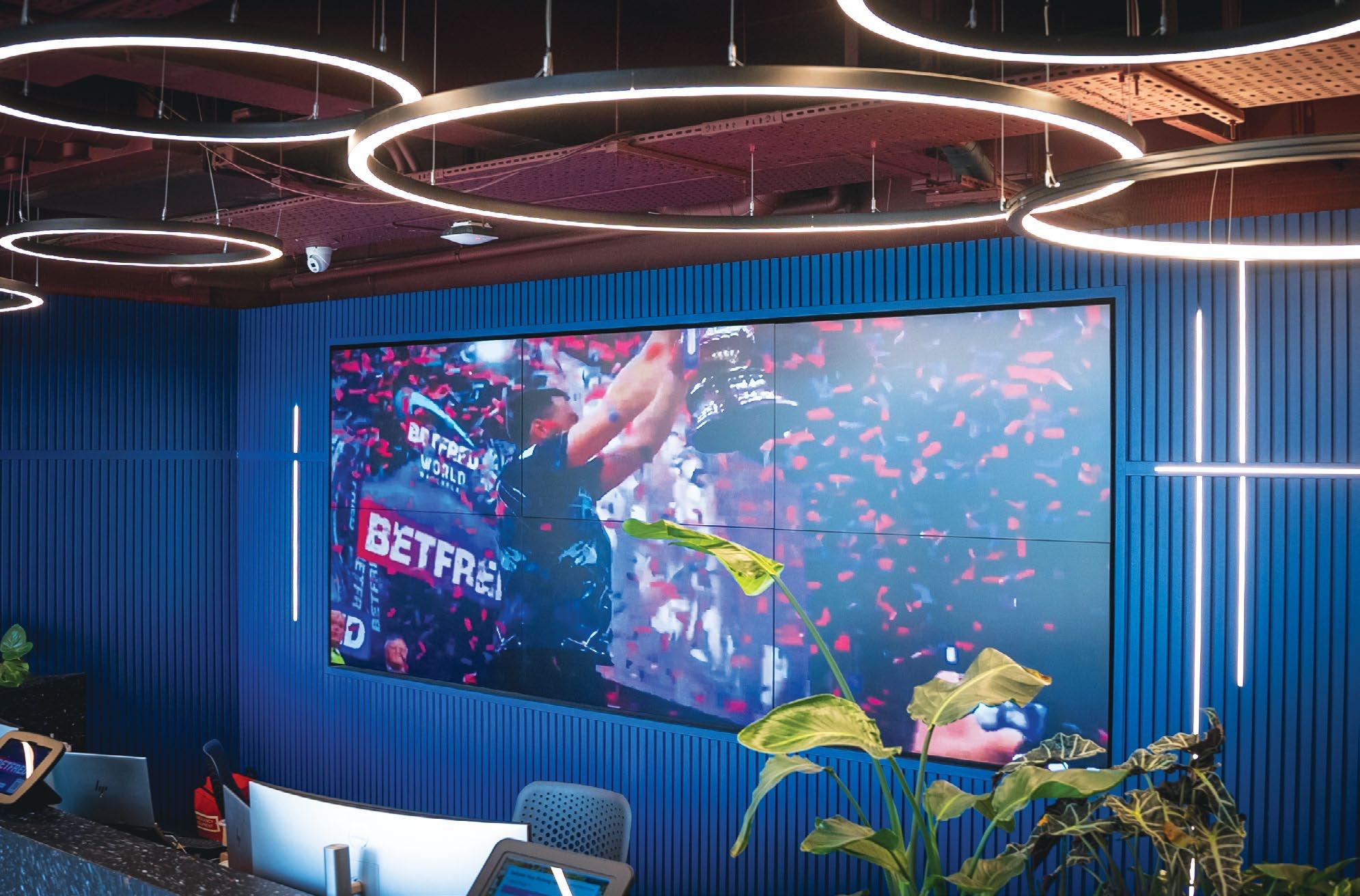
Online betting giant BetFred has come a long way since its 1967 inception. Founded by CEO Fred Done in a Salford betting shop, the company is one of the largest sponsors of horse racing in the U.K.
As one of the largest online betting companies in Europe, Betfred.com offers a full range of sports betting, online casino, online games, bingo, lotto, online poker and virtual sports, and pool betting. The company recently renovated the iconic 50,000-square-foot Spectrum building as its new HQ in Warrington, which supports more than 450 Betfred employees.
With a wealth of video data and technology running round the clock, the company wanted to improve its digital signage messaging with several displays in prominent positions throughout the building. Content was to come from a variety of sources, including employee messages, news, live TV, and company information. Consisting of two 4x3 video walls in the main office area and a 3x2 video wall, plus a single display in the reception area, the requirement was to use a single user interface for control of content across all displays, with Datapath’s Aetria control room software emerging as the solution for comprehensive content flexibility.
“Our relationship with Datapath goes back nearly 10 years to when we asked them to help with our sportsbook installations in America. For us, Datapath was the obvious choice,” said Duncan McDonald, head of retail support at BetFred. “We needed that ‘wow’ factor. We needed something that turned people’s heads and gave them a positive place to focus for employee news, for live TV, for information about the company and its goals as well as targets and things that we’re working on.”
At the heart of the video management system are Datapath’s VSN V3 video wall controller along with a VSNMicro 600 wall controller supporting pixel
management in BetFred’s reception area. Equipped with several Image 2K graphics cards and VisionSC-HD4 capture cards, the system allows for full “any content, anywhere” capability, with Aetria-WC-PRO software allowing operators to easily switch content sources or display templates.
Following installation, Datapath provided a comprehensive commissioning service to BetFred staff, giving them side-by-side support to ensure optimal efficiency with bespoke templates and layouts, as well as ensuring operators had instant access to the tools required for full display control. Beyond the commissioning, Datapath is providing three years of Premium Support service, staying readily available to assist and promptly address any issues or concerns.
“We are both proud and delighted to see our Aetria platform being utilized by the fine people at BetFred,” said Adam Marsden, Datapath sales manager for U.K. and Ireland. “The project has been a delight to be involved with from start to finish, and the stunning transformation of Warrington’s Spectrum building has been a real eye-opener. Using Aetria, visitors and staff now have flexible digital content to keep them both informed and engaged in an environment that is fitting for one of the world’s biggest online bookmakers.”
With the project now up and running, Duncan has high praise for both the installation process and the end result: “It does exactly what you expect it to do, and It does it very well,” he explained. “The installation itself was seamless, and the operation of it since has very much ‘set it and forget it’ from the point of view of a technical install, which is ideally what you want. From the very beginning, the planning, installation, and ongoing support that we have received from Datapath has been, as it always is, absolutely outstanding.”

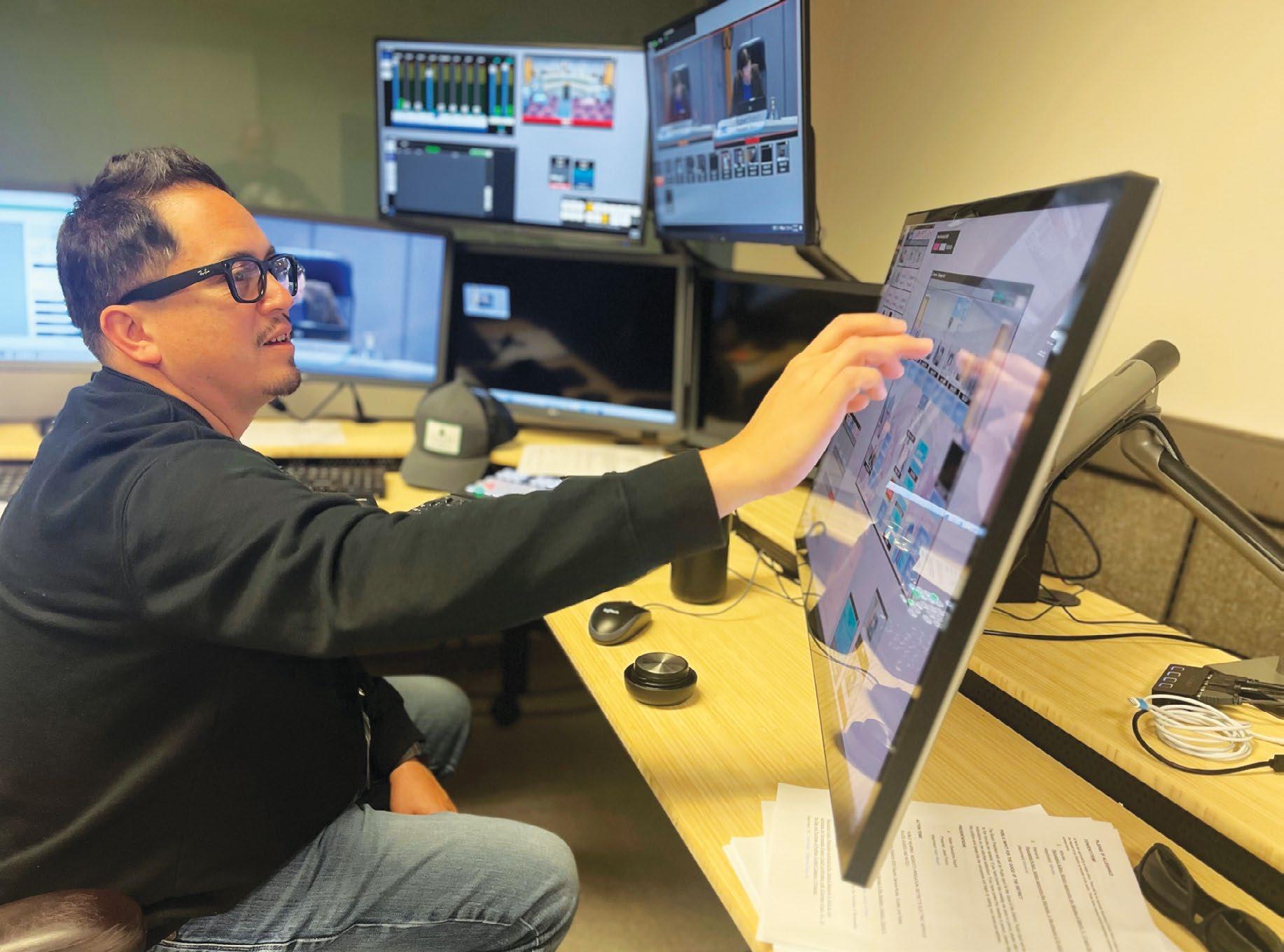
When the Modesto Irrigation District (MID) set out to modernize its Public Meeting Chambers, the goal wasn’t just upgrading equipment—it was about creating a lasting communications platform for the future. MID, which provides irrigation, drinking water, and electricity throughout Stanislaus County, CA, recognized that in today’s world, transparency and accessibility are vital public responsibilities.
The commitment had already been demonstrated years earlier during a high-stakes water rights battle. Instead of relying on news coverage, MID commissioned an independent, full-length documentary led by Sam Kneiss of Final Cut Media. It was an unprecedented move for a regional agency. The documentary gained recognition at film festivals, influenced public opinion, and won California’s highest award for public advocacy media, an honor typically reserved for high-profile coastal organizations.
That success story laid the groundwork for what came next: a complete reimagining of MID’s Meeting Chambers. Under California’s rigorous open meeting laws and rising demand for hybrid participation, MID required a system that could seamlessly integrate with Zoom, stream and record meetings with professional quality, provide robust security appropriate for a public utility, scale and adapt to future needs without
major overhauls, and remain user-friendly for non-technical staff.
“This felt more like a federal-level integration than a local government job,” Kneiss recalled. “Security, flexibility, and ease of use were non-negotiable.”
To tackle the project, Final Cut Media partnered with Carl Pride of Pride Haus, an expert at building customized media systems often under tight budgets and high expectations. “The mentality was never maybe it’s possible,” said Pride. “It was everything is possible. We just had to figure out how.”
Instead of presenting MID with a catalog of products, Final Cut Media and Pride Haus began by assembling the right team. They brought in networking specialist Michael Hernandez, who has spent more than 15 years delivering IP communications. A crucial discovery phase followed. Rather than replicating a standard RFP from another city, Pride asked MID’s leadership key questions to pinpoint their actual needs and eliminate unnecessary features.
For example, the previous system included a $25,000 control interface solely to turn two TVs on and off remotely. Pride proposed removing it in favor of simple remotes and reallocating the funds to improve video quality and system reliability. That practical approach paid off. The project expanded

from four to 10 PTZ cameras, delivering full visual coverage of the chamber.
A Broadcast Pix GX Hybrid production switcher is at the heart of the system, paired with 10 RoboPix 4K PTZ cameras. Entirely IP-based and scalable, the setup is already future-ready for 4K without requiring a full system overhaul.
Pride evaluated multiple production systems, but ultimately chose Broadcast Pix for several key reasons. First, it offered expandability and programmability, which was ideal for a growing public agency. It also offered real human technical support and delivered professional-grade features at a government-friendly price. Having worked with Broadcast Pix since the early 2000s, Pride was confident the system would deliver high-end results with minimal operational complexity.
Its custom Commander interface allows MID staff to manage cameras, audio, and streams with minimal training, bringing professional polish to every meeting without increasing the staffing burden. The GX Hybrid system also features IP-based audio via Dante, integrated Zoom and Granicus streaming, Shure Microflex microphone management for intelligent speaker tracking, real-time captioning via Broadcast Pix VoCaption, and automated recording.
“The built-in recording feature is a huge win,” Pride added. “The OpTechs love it because the files are clean, easy to transfer, and consistently high-quality.”
Pride also proposed a thoughtful enhancement: on-air lights inside and outside the room, automatically triggered by the Broadcast Pix system to indicate live recording or broadcasting. “It’s a familiar feature in professional studios,” Pride noted, “but integrating it seamlessly into a government meeting system was unique.”
Today, MID’s meetings aren’t just legally compliant—they’re a model for professional, ADA-accessible, and transparent government communication. The system is secure, scalable, and easy enough for non-technical staff to operate every day. “This project wasn’t just about installing new gear,” said Kneiss. “It was about building a better way for public agencies to connect with their communities. Broadcast Pix made that possible, and MID embraced the opportunity.”


hen Draper began planning for a 2023 expansion of its U.S.-based manufacturing facility in Spiceland, IN, the company knew it also meant a bigger carbon footprint and energy bill. So, as part of the addition, Draper planned to add solar panels to the roof of its new 100,000-square-foot building. Now, more than 2,300 solar panels are fully online and are expected
to reduce the company’s dependence on purchased outside electricity by 40%.
“The Draper commitment to efficiency and sustainability should come as no surprise. We’ve been in the business of making buildings more sustainable since 1902,” said Chris Broome, president. “This was a great opportunity to continue in that grand tradition, but with a modern twist.”
The company also used its years of experience with lean manufacturing principles to help turn other negative impacts into more positive outcomes. “One of the biggest impacts on the sustainability of any building is its efficiency,” explained Harold Seib, director of engineering. “Improving efficiency reduces a building’s carbon footprint and impacts the cost of heating and cooling and other energy needs.”
Draper instituted an energy monitoring and control system to shut down or reduce building systems in areas where they are not in use— including lights, air compressors, and HVAC, the three biggest energy users—during weekend and overnight hours. Seib said just shutting off the air compressor resulted in a 5-10% reduction over the weekends. Plus, the company is using motionsensitive LED lighting throughout most of the factory, which shut down in unoccupied areas.
According to Chris Field, facilities manager, there’s more to come. “One of the things we’re looking at right now is a building automation system,” Field said. “This would take everything we’ve done on a building and campus-wide level and drill it down to the equipment level. That will be a very powerful tool for us to continue our sustainability and efficiency efforts.”
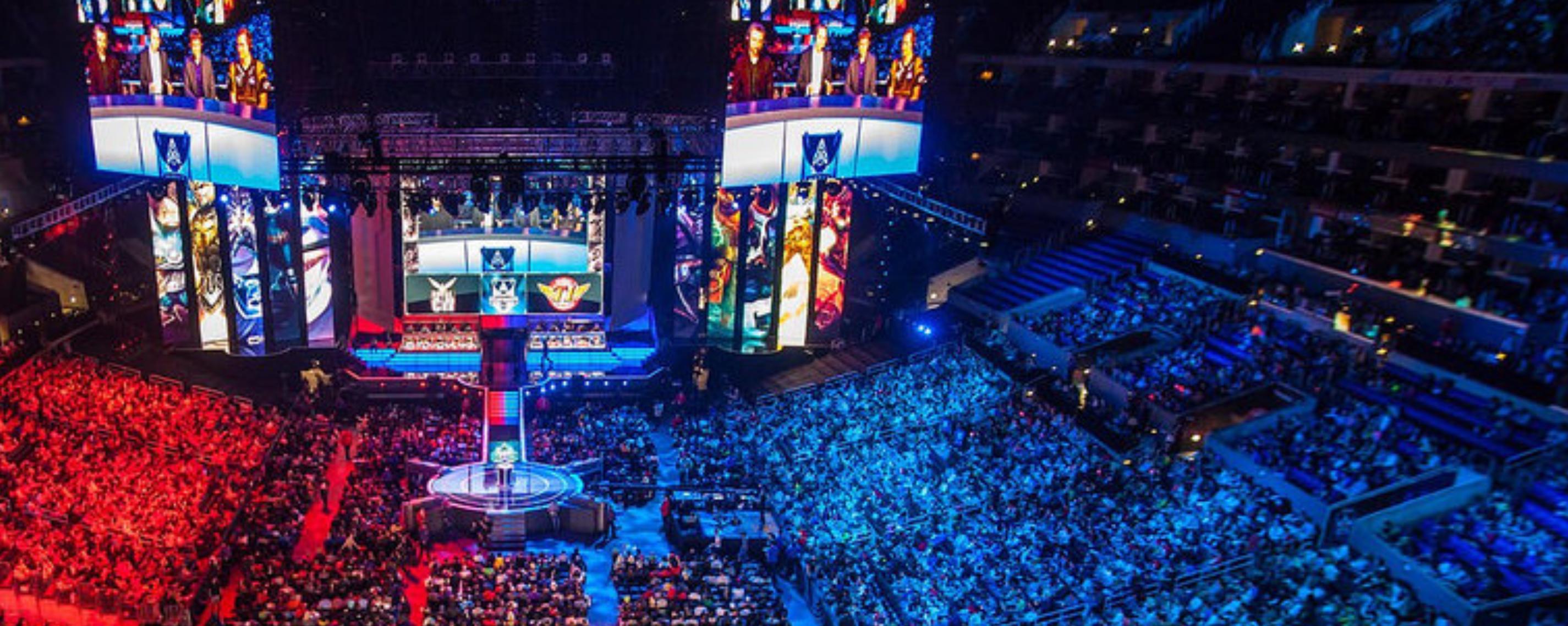

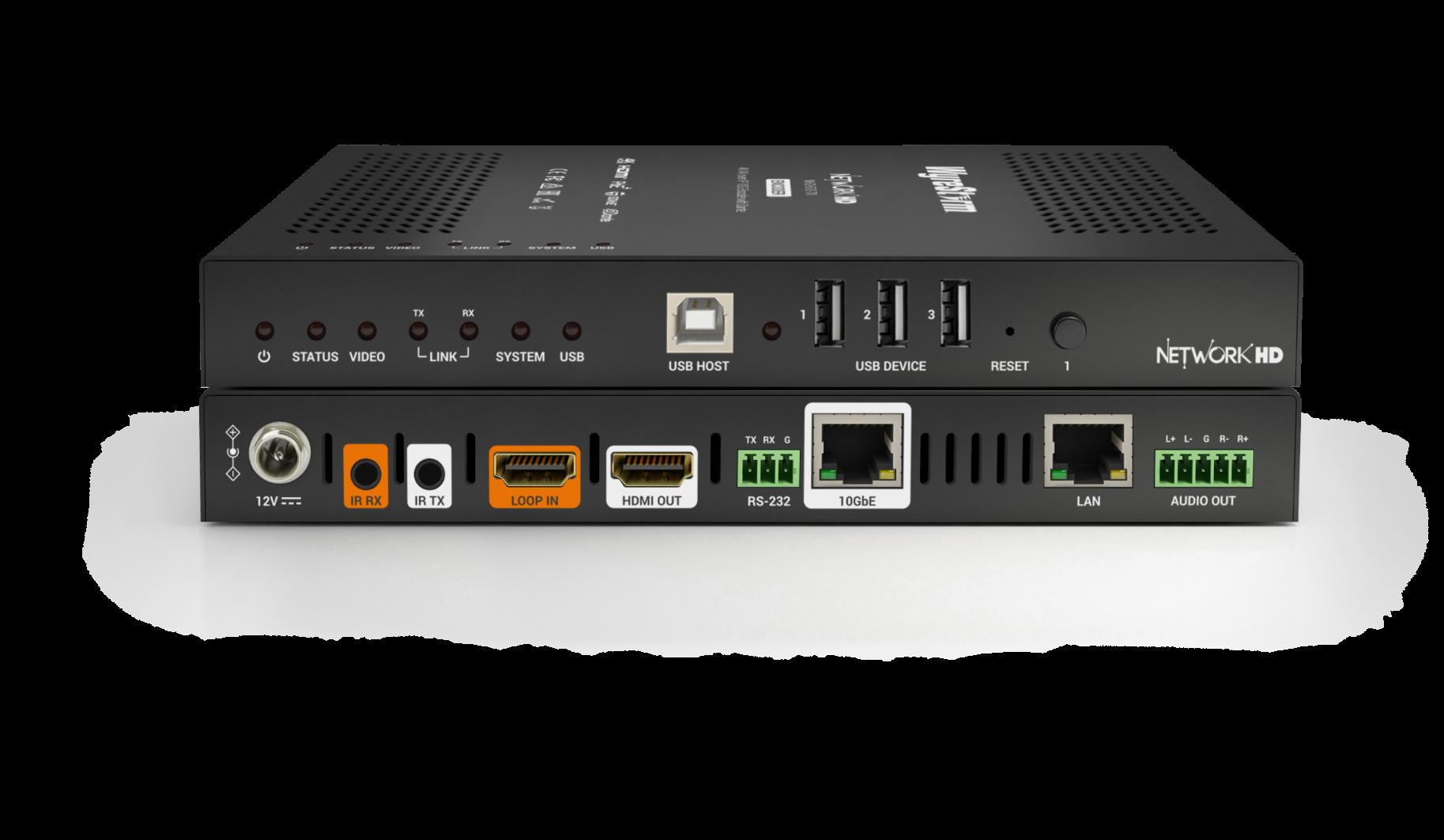
Initiated in 2017, the $2 billion “PDX Next” initiative at Portland International Airport (PDX), Oregon’s largest airport, represents a phased approach effort to expand and modernize the airport. The main terminal’s overhaul serves as the centerpiece of this vision. Designed with an emphasis on openness and natural elements, the new terminal features soaring wooden ceilings, abundant daylight, and locally sourced materials, all reflecting Oregon’s outdoor ethos.
The overarching goals of PDX Next are to streamline the check-in process, provide travelers with more room to roam, and make buildings more earthquake resilient. Two recently completed AV projects updated the terminal’s flight information displays and added loudspeakers to an area with a challenging architectural design.
The addition of 378 new LG LCD displays was completed last summer. “When we needed to replace our aging flight displays in the existing terminal and install new displays in the terminal expansion, we consulted with SITA, a global leader in air transport technology and our current FIDS provider,” recalled Scott Shepler, manager, aviation information technology at PDX. “They helped us to rearchitect our display solution, eliminating the need for separate players and video transceivers, and driving content over Ethernet from our servers directly to the new displays.”
Key to the success of the upgrade was the selecting LG’s all-in-one LCD display units. Powered by a webOS system-on-chip (SoC) CMS platform for content playback and LG ConnectedCare, a cloudbased SaaS solution for remote monitoring and control of digital signage, Shepler said the displays are helping the airport provide passengers with more convenient, hassle-free travel experiences.
The webOS and ConnectedCare systems allow PDX to efficiently manage and maintain the newly installed displays—ranging from 43 to 98 inches—while enhancing security from external security breaches. The ConnectedCare system monitors all webOS displays within the airport locally, without the need for external computers. Each display and its content can be managed remotely.
“We prioritize network security, and webOS and ConnectedCare secured the devices,” he added. “It allowed us to standardize the configuration, with all security settings predefined. We needed to prevent unauthorized access to the displays remotely, as well as block any potential misuse of USB ports or IR sensors within the airport. LG’s systems help reduce these risks.”
“PDX wanted something simple and secure, and
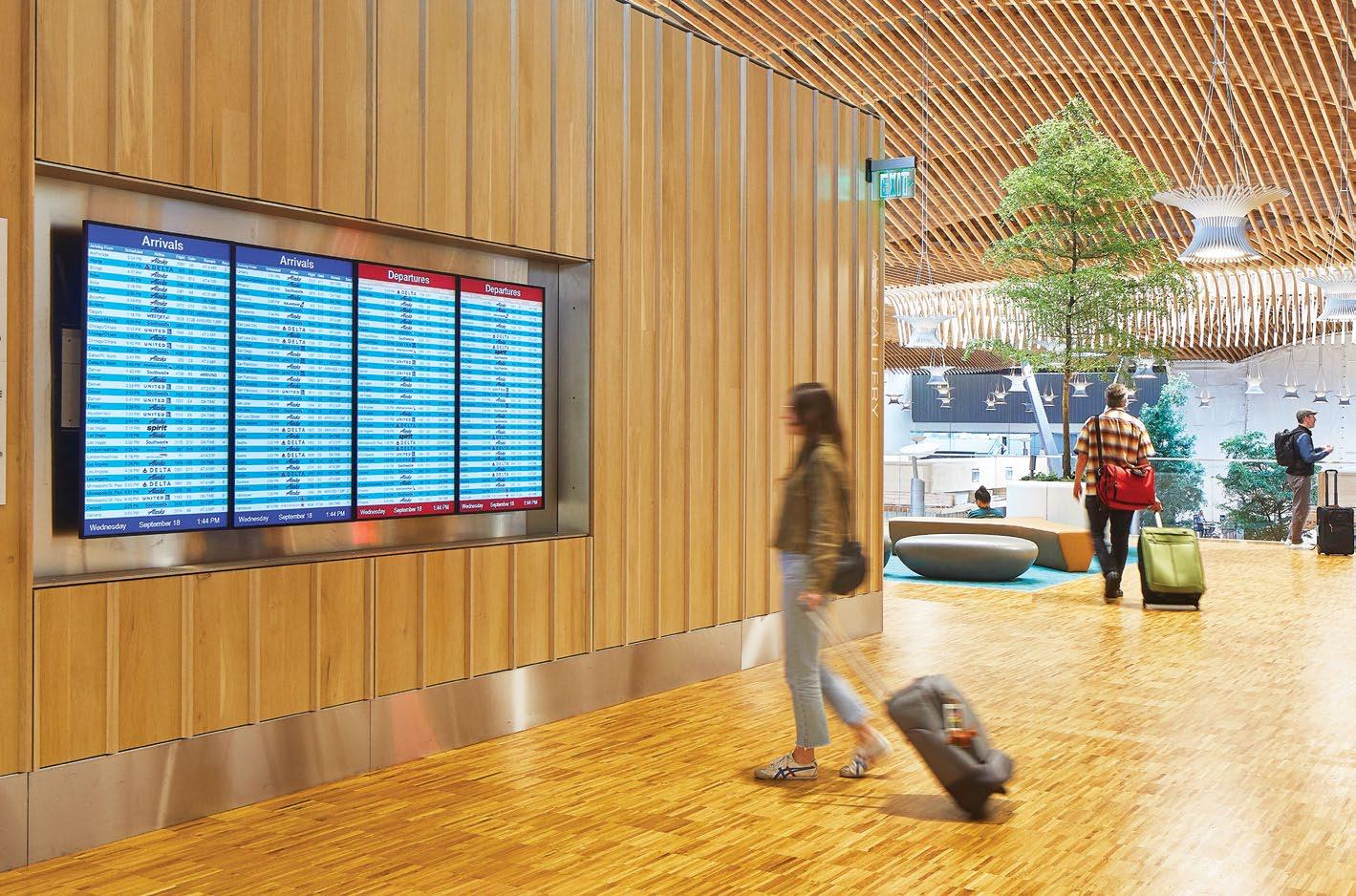
that’s what we delivered with our webOS system. Every display has a system-on-chip, managed through our remote management system, ConnectedCare,” said Daniel Verbsky, transportation account manager at LG Electronics USA. “It’s our own operating system, our own security. Each screen is its own computer. Think of it as a large cell phone but with enhanced security.”
Verbsky worked closely with Chris Darling, product manager, information display systems at SITA, on the project. SITA has been developing its own webOS-based display engine for many years with LG’s support—and has worked with PDX for more than six years on demos and solutions, ensuring that everything functioned properly.
“The project with PDX began many years ago with the new terminal build,” Darling explained. “Their goal was to simplify their solution by eliminating the need for content players. They wanted displays that reduced hardware requirements and moved to a URL-based solution, allowing them to show the same content used on previous hardware.”
SITA developed the display engine platform and set it up for PDX, while airport stakeholders managed the installation and configuration of all 378 LG LCD displays. SITA’s platform enhanced the benefits of the webOS system, preserving the security features inherent in webOS and ConnectedCare.
LG webOS has a built-in security system that blocks external intrusions, preventing unintended content from appearing on screens, and is specifically designed to connect to a single server. It operates via URL but is completely on-site and non-internet based.
Another element of the ambitious PDX Next

initiative blends technology with architectural design. reimagining the airport experience. However, without conventional walls or ceilings to house traditional sound systems, the open concept design presents significant challenges for audio design. PAE—a firm involved in the project since 2013—collaborated with the global engineering consultancy Arup to address these challenges. Together, they selected RenkusHeinz’s Iconyx Compact Series ICC12/3 loudspeakers as the ideal solution for delivering premium audio performance in this unique environment.
“The biggest challenge was the lack of walls or ceilings to mount equipment,” explained Ryan Lalum, senior associate at PAE. “The open design of the terminal was intended to mimic the outdoors, with no traditional infrastructure to conceal speakers. This required us to develop an innovative solution: the Integrated Technology Poles.”
Custom-designed for the project, the poles are modular structures housing multiple technologies. In addition to the Renkus-Heinz loudspeakers, the poles incorporate fire alarm coverage, cameras, lighting, Wi-Fi access points, and more. Each pole was manufactured from 100% metal and designed to be rotatable for precise alignment.
The poles were delivered fully assembled, allowing for efficient installation with minimal disruption. The system delivers crisp, intelligible audio for paging announcements, wayfinding, and general communications throughout the terminal.
“The modular design not only supports current needs but also offers flexibility for future expansions or reconfigurations,” added Lalum. “Renkus-Heinz’s beam-steering arrays provided the large coverage patterns and tight dispersion we needed,” said Lalum. “This allowed us to direct sound precisely where it was required, minimizing interference and ensuring intelligibility.”
While the initial phase was completed in August 2024, additional Integrated Technology Poles and Renkus-Heinz speakers will be installed as the project progresses, ensuring seamless audio coverage across the entire terminal. “The feedback has been overwhelmingly positive,” Lalum reported.
“Passengers and staff alike have noted the clarity of the announcements. Even in a bustling, open terminal, every message is crisp and intelligible. That’s a testament to the precision of the beamsteering technology.”
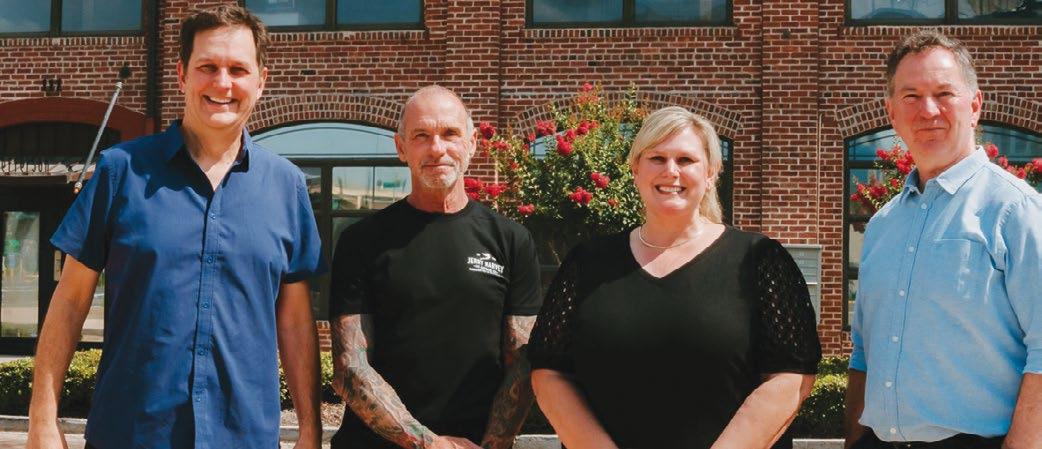
In late May, Sound Devices announced the acquisition of JH Audio, a U.S.-based in-ear monitoring developer and manufacturer. The deal brings the two pro audio technology brands under the Audiotonix group portfolio, which also includes Allen & Heath, Calrec, DiGiCo, DiGiGrid, Fourier Audio, Harrison, KLANG:technologies, Slate Digital, Solid State Logic, and sonible.
With more than 48 years in live sound experience and more than 30 years of designing and building in-ear monitors (IEMs), JH Audio founder and CEO, Jerry Harvey, has provided custom fit IEM molds for many of the most demanding ears and artists in live touring. “By joining the Sound Devices family with Matt Anderson at the helm,” he said, “we now have an incredible opportunity to not just evolve our next gen of IEM technologies but to gain access to like-minded partners and customers globally.”

AVPro Global Holdings has entered into a definitive agreement to acquire Remote Technologies Incorporated (RTI), known for its intelligent home and business control and automation solutions. With the move, AVPro is adding to a collection of companies that already includes AVPro Edge, AudioControl Pro, Bullet Train, ThenAudio, and Murideo.
RTI’s portfolio includes remote controls, automation apps, processors, touchpanels, keypads, and AV signal routing solutions. By uniting AVPro’s expertise in audio and video signal connectivity with RTI’s remote control and automation solutions, the company aims to drive accelerated innovation and deliver a seamless experience for end users.
“AVPro acquiring RTI brings together two innovators in software-driven audio, video, and control integration, creating unique synergies that deliver greater value for our customers,” said Jeff Murray, founder and CEO of AVPro. “Combining AVPro’s robust product development and manufacturing capabilities with RTI’s advanced control technologies and engineering expertise positions us to accelerate innovation and expand our offerings for our residential

and commercial integration partners. We look forward to welcoming the talented RTI team to the AVPro family and working together to set new standards for connected experiences.”
RTI’s engineering expertise will accelerate AVPro’s development of system drivers to integrate its AVPro Edge and AudioControl products with a broad array of third-party automation platforms and brands. In turn, AVPro’s rapid product development and robust manufacturing resources will enable RTI to deliver more impactful products with greater speed and competitive pricing.
Leveraging AVPro’s global manufacturing capabilities and technical strengths, the company is committed to supporting RTI’s continued growth and leadership in the control and automation market. Following its successful integration of AudioControl in 2023, AVPro plans to incorporate RTI’s product lines, including RTI and Pro Control branded solutions, into its broader portfolio.
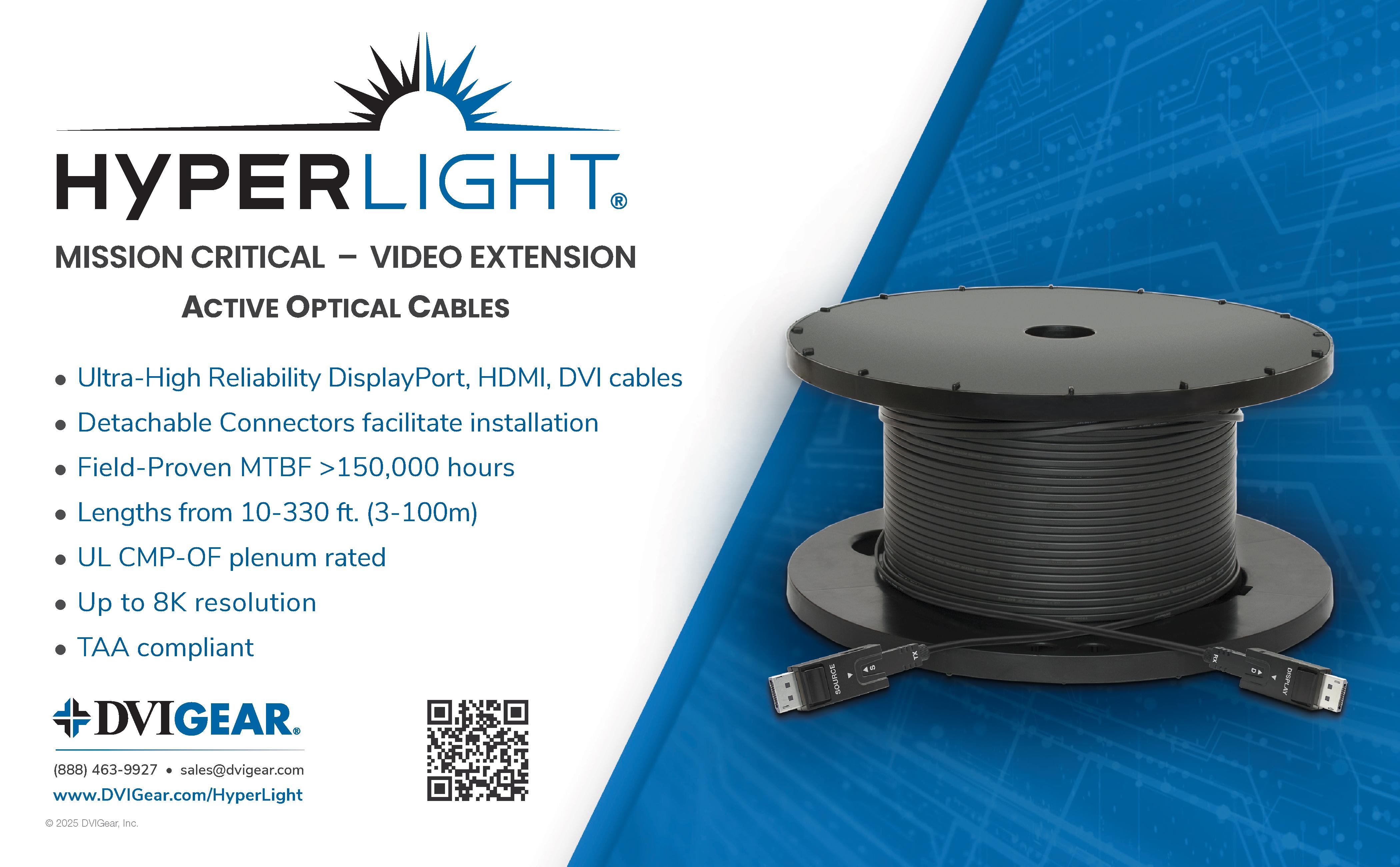

NICE has appointed JEFF SHAW as its chief product officer. With more than 20 years of experience in product management and marketing, Shaw brings a proven track record of driving innovation, developing products, and shaping innovative solutions. Shaw previously served as head of product management for luxury solutions in the Nice Home Management Systems business unit, where he played a pivotal role in advancing Nice’s smart home and building solutions. Prior to that, he led product management for Nice North America as VP of control products.
FOURIER AUDIO is expanding with the addition of two new employees: BEN EVANS, who was appointed to the post of operations manager, and ROSS PATERSON, who now serves as product specialist. The announcement comes as Fourier Audio co-founder and former CTO PETE BRIDGMAN steps into the role of CEO.
Evans joins the company from the Royal Albert Hall, where he managed the founding team that brought audio in-house, leading a large group of engineers in facilitating audio solutions for more than 300 shows per year. His main role with Fourier Audio is managing the day-to-day operations of the company, alongside developing relationships with plug-in manufacturers across the industry.
Paterson has worked on audio crews with global touring acts as well as a product test engineer at DiGiCo, contributing to the development of the Quantum range of consoles. In his new position, Paterson works closely with the engineering, support, and sales teams to continue the successful development and deployment of Fourier Audio products.
In addition to these two appointments, as well as the news that Bridgman is now CEO, ELLIOT SINCLAIR has been internally promoted to head of sales, while MICHAEL WILLIAMSON has been promoted to principal software engineer.

BRAD ROCHON has recently joined PIXEL POWER, a Rohde & Schwarz company, in the newly created position of senior business development manager for North America. Graduating as a broadcast engineer in 1989, he has held a variety of commercial positions with companies including Tektronix and Panasonic. He worked at Ross Video for nearly 25 years in a number of roles, most recently looking after the company’s West Coast customer accounts.

PETER MELVIN joined SOUNDTUBE ENTERTAINMENT as the new VP of commercial audio products. With his extensive experience and proven track record in the AV industry, Melvin is set to drive SoundTube’s growth and partnerships in the market. Melvin previously served in key leadership roles at prominent AV companies, including Herman Pro AV, SoundTube’s largest distributor at that time. His tenure at IAVI, a national Pro AV distributor, was marked by exceptional growth, where his team increased annual revenue fourfold in just three years.
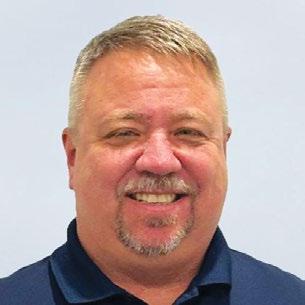
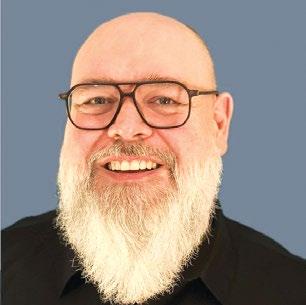
TVONE appointed MICHAEL HUTH as Southeast regional sales manager in the United States and OLI FRITZ as regional sales manager for the DACH region (Germany, Austria, and Switzerland). Huth brings extensive experience from the projector, display, and dvLED industry, having worked with manufacturers such as Panasonic, Vanguard LED, Salitek, and MAXHUB. His background also includes hands-on expertise as a technical video specialist with the Walt Disney World Company and in the rental and staging Industry. Fritz joins tvONE with a wealth of knowledge in the AV industry, previously serving as a sales manager at Bosch, where he was responsible for a range of products, including congress and conference systems.
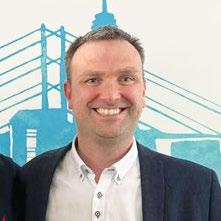
VIOSO appointed MARK WADSWORTH as chief marketing officer. The appointment is the latest in an extensive recruitment program, centered on growing the brand and focusing efforts on VIOSO’s three core pillars of software, servers, and services for system integrators. In the newly created role, Wadsworth is tasked with further
Grass Valley has appointed JON WILSON as its new CEO. Wilson, the company’s former president and COO, leads the next phase of growth with a primary focus on delivering successful customer outcomes, led by technology solutions that enable media companies to maximize the value of their content, reduce technology costs, and optimize operations.
Grass Valley is also reinforcing its leadership team with key strategic hires to accelerate customer success, product innovation, and regional expansion. At the forefront of these appointments is CLAUDIO SZABAS, who returns to Grass Valley as EVP, customer success. In this role, Szabas is responsible for designing and executing Grass Valley’s global customer success strategy. With more than 20 years of experience in the media, broadcast, and telecom industries, he brings a unique perspective, having worked extensively as both a customer and a vendor.
In addition, CHRIS PARTINGTON joins as product director, content and editing. Formerly head of product for media asset management solutions at NEP, he brings deep expertise in content and media asset workflows. In his new role, he drives the development strategy for Grass Valley’s Framelight X media and production asset management system and EDIUS editing solution.
VINCENT EADE was appointed regional sales director for Northern Europe. Eade rejoins Grass Valley from EditShare, bringing a wealth of sales and leadership experience, including a prior tenure with the company. With more than 25 years of experience in the media technology industry and a proven track record of building high-performing teams, his deep regional expertise and strong customer relationships will be useful as the company expands its footprint in Northern Europe.
developing the visibility and growth of the VIOSO brand and its strategic direction across global vertical markets. He brings 13 years of AV experience to his new role, having previously worked for a leading display manufacturer as VP of global marketing.
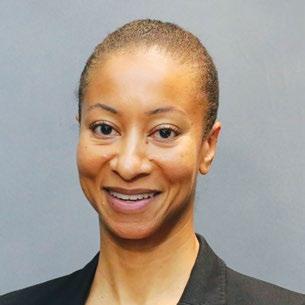
A.C. AMERICAS welcomed NATASHA ROYAL as VP of finance, bringing extensive experience in driving profitable growth, leading strategic initiatives, and building FP&A processes. Royal oversees financial planning, reporting, and risk management, ensuring the organization’s long-term fiscal health and financial performance. Her responsibilities include developing and analyzing statistical and accounting information, establishing major economic objectives and policies, and directing financial and budget activities.

ADVANCED SYSTEMS GROUP has appointed JAMES ABEE as account executive, Nashville Region. Abee brings more than 20 years of experience in broadcast production, live events, and business operations to his role leading business development in the region. His diverse production experience includes 25 years of editing and post-production work. He’s been a director, technical director, camera operator, and editor, and he’s held several titles, including head of post and director of international programming, at Current TV.
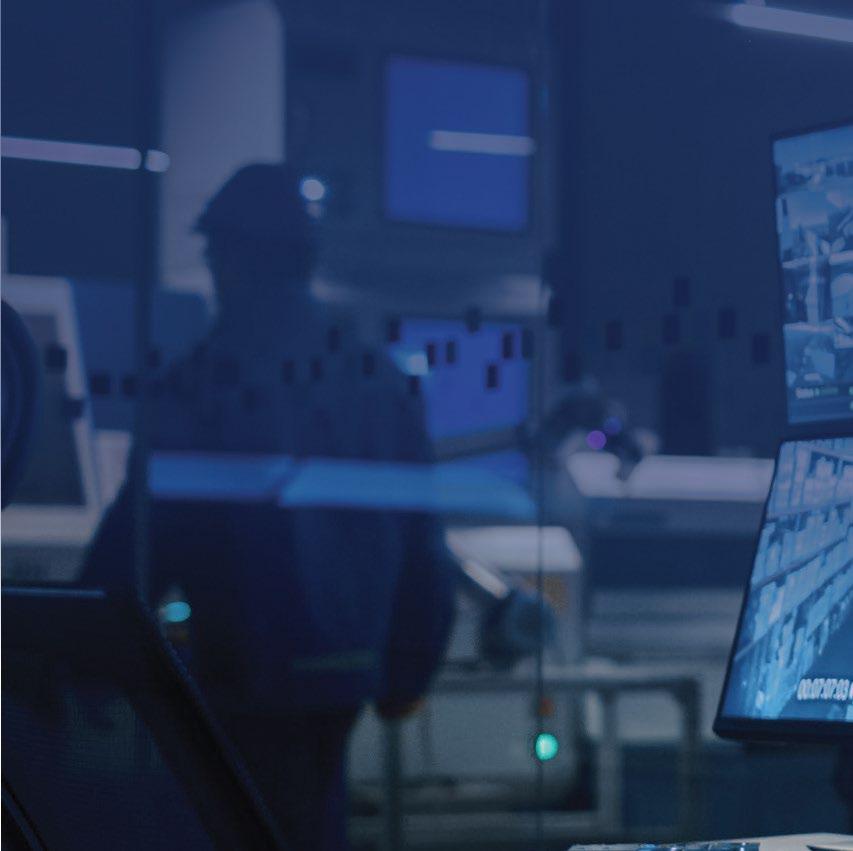
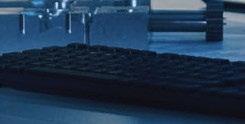

ATLONA has promoted PAUL KRIZAN to product line manager. He drives the innovation cycle for Atlona moving forward, leading the product management and hardware engineering teams as they bring the next generation of Altona’s AV products to life. He also maintains and evolves the existing portfolio of Atlona collaboration, connectivity, and control products worldwide. Krizan joined Atlona as product manager, networked AV in 2020, where he was responsible for managing the complete product lifecycle for the company’s AV over IP solutions.

DAKTRONICS has appointed JEREMY JOHNSON as VP of commercial, high school, and parks and recreation markets. Johnson brings 30 years of experience at Daktronics across multiple sales and marketing responsibilities. In his most recent position as business development manager, Johnson was responsible for market management oversight for commercial, including out of home and on-premises, as well as high school and parks and recreation.

DISGUISE has appointed JAKE STONE as its SVP of commercial. In this role, Stone leads the global sales and business development teams as they meet increased demand for Disguise’s offering, which drives locationbased experiences like Top of the Rock in New York City and live concert visuals, as well as providing virtual production services for films. Stone most recently served as co-founder and chief revenue officer at CHEQ.
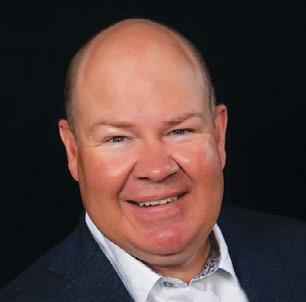
DIVERSIFIED is expanding its specialty offerings for live performance venues, bringing its full-service capabilities to theaters, performing arts centers, live music venues, and immersive entertainment spaces. To lead this initiative, Diversified has appointed AARON BECK as director of live performance venues. Beck brings more than 25 years of experience in live audio, production design, and systems integration for brands such as Disney Theatrical Productions, Cirque du Soleil, and Solotech.
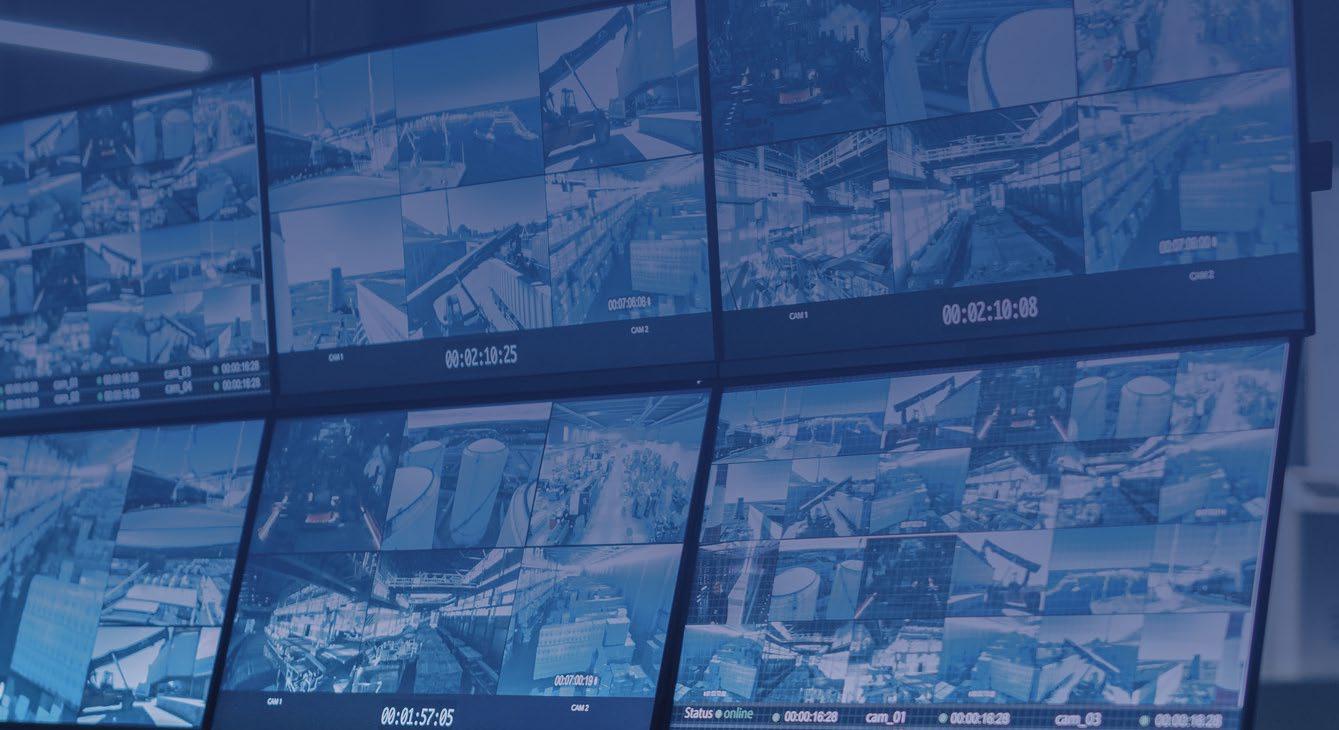
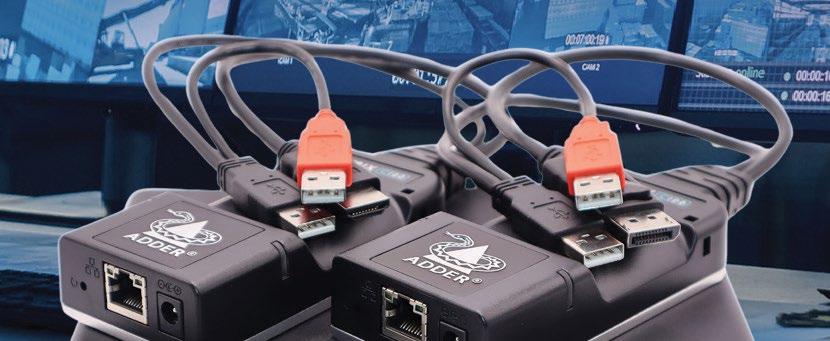


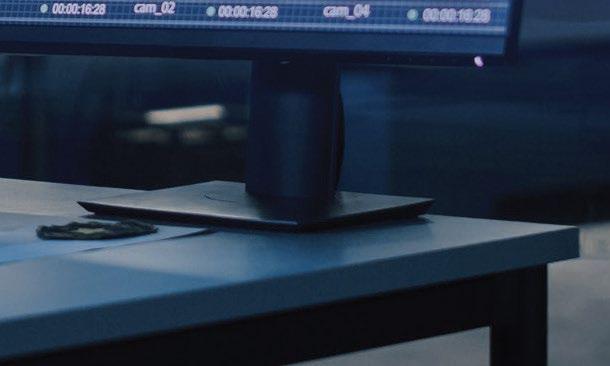

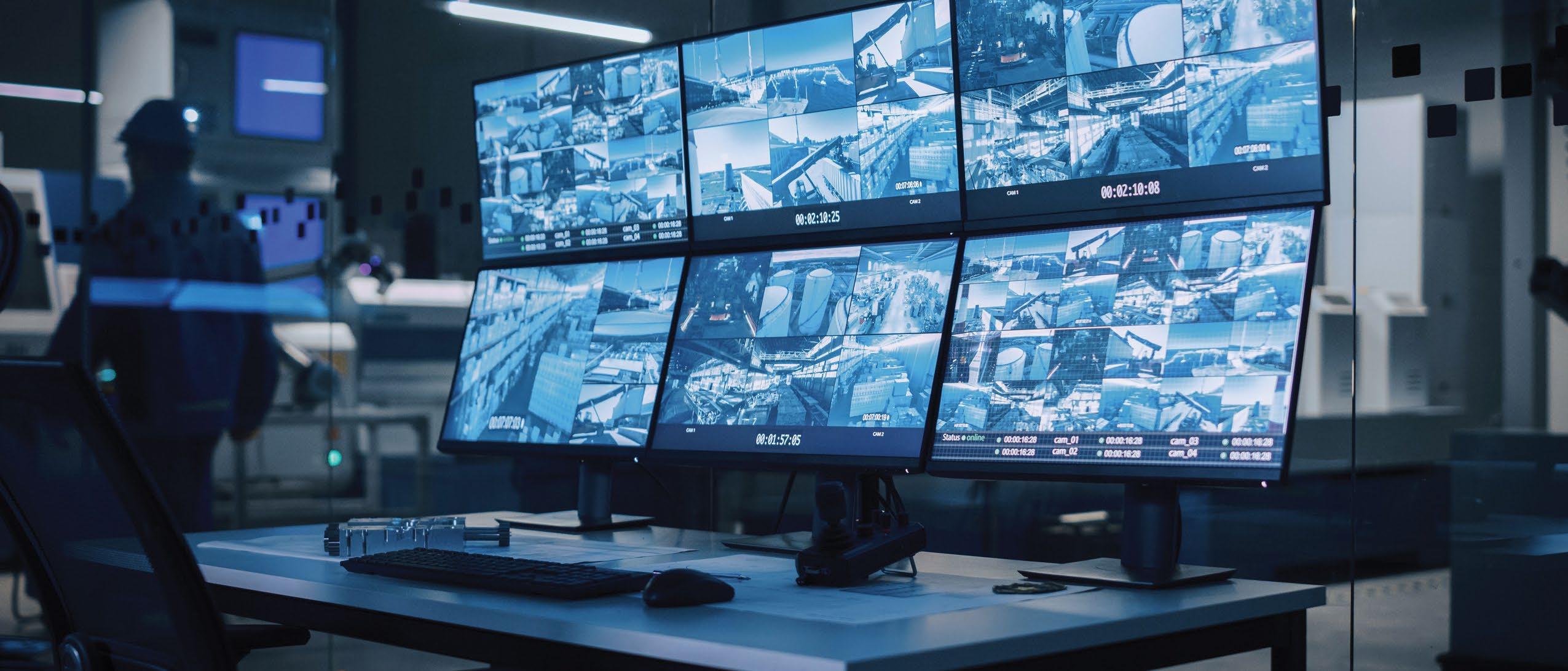
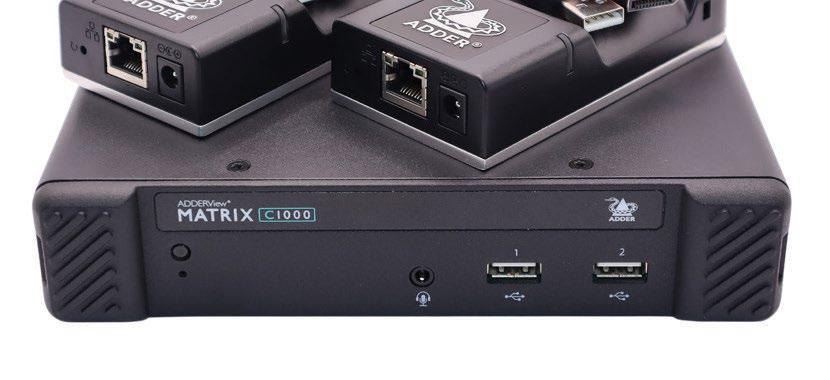


By Mark J. Pescatore
SCN: How long have you been with 3G Productions, and what are your responsibilities?
Keith Conrad: I have been with the company since 2012. I joined from outside the industry after I completed my MBA. I started as the company’s controller, grew into the COO, and ultimately became CEO in the summer of 2021.
SCN: 3G was established in 2004—what are some of the biggest Pro AV changes that have impacted your business since then?
KC: Technology has evolved so much in the last 20 years. Everything now is driven around networking, and you really need to be an expert in IT to be successful in the industry. Products have improved such as immersive sound, LED lighting, and automated smart motors, while many manufacturers have put more emphasis on installed products, creating lines of products purpose built for this sector. In general, one can be so much more creative with integration projects than ever before. Technology has allowed for more remote support for systems, making servicing/troubleshooting in real time more manageable.
SCN: How has being based in Las Vegas helped your live event business?
KC: Being in the entertainment capital of the world as a production and integration company has its benefits. There is never a slow time in Vegas, with numerous live events happening year round. Further, the town has exploded in recent years with the addition of professional sports, new venues and hotels built, and the growth of residencies. In addition, Las Vegas is a good hub to service most of the West Coast.
SCN: What prompted the purchase of Switch Video and how will it benefit 3G?
KC: 3G is committed to growing and diversifying our business in the upcoming years, and the Switch acquisition is one of the first steps in that expansion. Switch opens new markets for our company with a robust trade show/corporate and TV/film business. Further, it gives us a new geographical presence in Atlanta. On the equipment side, it rounds out our inventory with the addition of mostly hi-res LED and
flypacks, areas that we haven’t heavily invested previously. Most important is the addition of numerous industry professionals with years of solid relationships that approach business in the same manner as us, focusing on top-notch customer service and high-quality products.
SCN: In light of the acquisition, what new initiatives are we likely to see from your company?
KC: The company’s goal is to be a national brand with offices strategically located throughout the United States to support our growing, diverse client base. We will continue to invest heavily in hi-res video, corporate audio, and diverse lighting with the focus to sell deeper into Switch’s strong corporate and film clientele. Further, we are looking at more expansion into the touring market, as Switch has some longtime touring experts on the team we acquired, and we will work hard to grow and cultivate those new relationships with our 360 approach to touring.
SCN: What are some of the challenges with the corporate vertical?
KC: Regardless of the size or type of event, we take the approach that we are only as good as our last show. In the corporate world, you may be dealing with smaller size sets or productions, but the stakes are always high. You often have executives speaking that require the right audio mix to manage their voice projection. There are often numerous layers of decision makers and vendors that require solid collaboration and coordination. Lastly, you must understand the environment and ensure you provide a staff of technicians that can be professional and interact with executives that have an expectation of perfection.
SCN: How much of a convergence between broadcast and Pro AV technologies are you seeing in your systems integration work?
KC: As I mentioned earlier, our industry has become very advanced in networking and technology, which includes broadcast elements. Many venues now want a more elaborate broadcast suite, with the ability to switch between numerous cameras and record or broadcast shows through TV or the internet. It’s important as an integrator to find solutions that are user friendly and allow organizations that might not have as much broadcast experience to use them with relative ease.
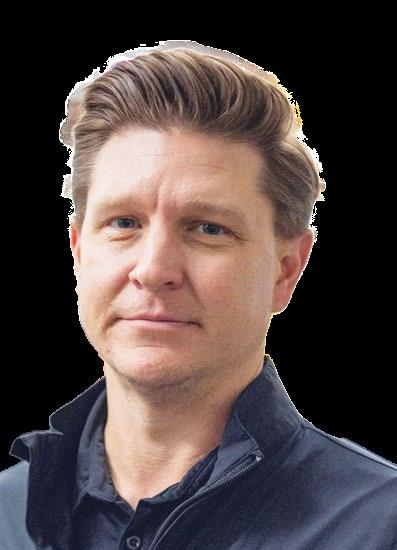
Eliran Toren
Position: CEO
Company: 3G Productions
Overtime: I enjoy getting out on the golf course, traveling, and spending time with my three daughters and love of my life, Amy.
SCN: 3G handles integration for a variety of venues, but what are some of the “universal” issues that require you to provide guidance/education for clients?
KC: Creating systems with user-friendly interfaces is always important. We leverage Q-SYS for most of our head-in systems, which is very user friendly. Another universal issue is managing lead times— and now the tariffs that have impacted our industry. It is challenging when we have contracts locked in and the equipment is delayed in delivery, but now we have to absorb tariffs that were unexpected. Most clients are understanding, and we work with our manufacturers to minimize the impact.
SCN: How much does AI factor into your projects at this point?
KC: I would say at the moment it is fairly minimal. We do use it to review drawings, assist with contracts/documents needed to support the project, and take notes for the numerous conference calls. I do see further impact in the coming years, and I stress to my team the importance of staying up to speed as advances happen in the space.
SCN: Where do you see the Pro AV industry heading?
KC: I look at our industry as about one generation old. There are numerous business owners who are at the end of their career and want to realize the benefits of their life’s work. Further, the equipment cost is increasing so much that it is hard for small companies to stay competitive in the ever-changing technologies necessary to support our business. As such, I expect to see further consolidation in the industry with more professional money coming in to support these changes. The industry can still be a little bit of the Wild West, and I see that evolving in the coming years, which will require more sophistication in the business management of the companies that will succeed in the future.

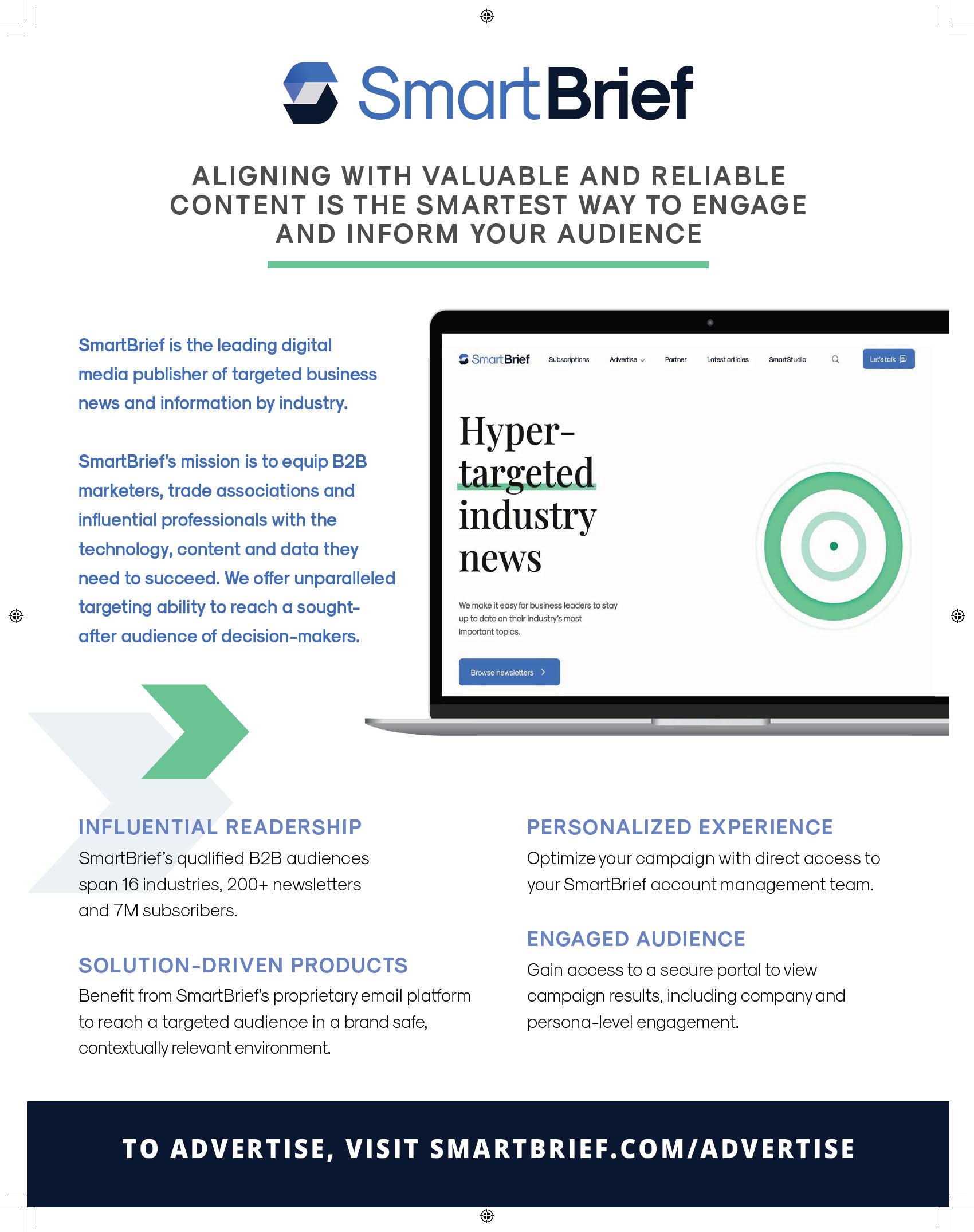
By Mark J. Pescatore
SCN: How long have you been with Cobalt Digital, and what are your responsibilities?
Suzana Brady: I joined Cobalt Digital in 2016 when Cobalt purchased ImmediaTV, the company where I held the position of VP of worldwide sales and business development. At Cobalt, I oversee all sales activities and work closely with the executive team to define geographical and technical areas of growth, and implement sales, marketing, and operational strategies. I’m also one of the first members of the RIST (Reliable Internet Stream Transport) Forum and currently serve as its chairperson.
SCN: Because Cobalt supplies both Pro AV and broadcast, you’re the right person to ask: How do you see convergence impacting both industries?
SB: The increasing sophistication of Pro AV applications combined with shifting consumer content consumption preferences are blurring the lines between Pro AV and broadcast. There is growing demand for broadcast-grade solutions that also offer the agility and ease of use required in Pro AV systems in various applications, including corporate communications, education, entertainment, and events. These trends are driving innovation around flexible and scalable workflows as both sectors embrace technologies such as IP (ST 2110) transport, softwaredefined processing, and remote and cloud production.
SCN: openGear has been around for almost 20 years. How popular are your openGear solutions?
SB: We are very proud to be a founder of the openGear initiative and our cards are very, very popular. Over 1,000 customers worldwide rely on Cobalt products for their most demanding signal-processing applications. The company’s gear is found in major broadcast and cable networks, government agencies, terrestrial and satellite facilities, houses of worship, corporate settings, production environments, mobile operations, ENG operations, TV stations, and even on cruise ships. That said, we also provide solutions in a variety of form factors other than cards, including standalone and software-defined products.

SCN: What’s the secret to creating an effective multiviewer?
SB: It’s the ability to remain agile as new formats and protocols emerge—and listening to our customers to make sure we are incorporating the features and functions they need to remain competitive and successful. Our COBALT UltraBlue IP-MV is a perfect example of keeping up with technology as needs change. UltraBlue is a software-based multiviewer for compressed and baseband streams over IP that can also be available as a turnkey server. We’ve recently added support for receiving AVoIP content across a variety of protocols and formats with very flexible audio routing, bringing a multitude of options to suit every application. The multiviewer’s intuitive web interface incorporates support for compressed and baseband (ST 2110 and/or SDI) inputs and multiple outputs, so it grows along with the customers’ needs. We’ve made mosaic configurations a snap by giving operators the tools to design arbitrary sizes and orientations, graphic overlays, ancillary data, tallies, UMDs, and IDs. PIPs can also be arbitrarily placed and rotated, PIP configurations can be easily copied, and setups can be saved and restored. UltraBlue IP-MV is ideal for Pro AV because it can drive multiple HDMI displays in any orientation (landscape or portrait, selectable per display).
SCN: We’re hearing a lot about ST 2110, and Cobalt is offering products to support it, but why has adoption been so slow?
SB: Adoption has been slow because it is a complicated process with lots of moving parts that must all work seamlessly together. ST 2110 represents a significant shift in infrastructure, workflows, and network design, and requires personnel to either have new skill sets or the ability and nature to be trained. The initial cost and complexity of deployment—coupled with managing high-bandwidth IP traffic—have presented challenges if not actual obstacles, especially for smaller operations. Adoption is accelerating, however, as interoperability improves, and more cost-effective solutions emerge. At Cobalt Digital, we’re focused on easing that transition by providing options, such as our COBALT INDIGO factory-installed option, that provides a powerful on and off ramp to and from IP/SDI, offering native ST 2110 capabilities that help customers integrate ST 2110 at their own pace. We’ve also added IPMX support into many of our converters and encoders that brings a plug-and-play ST 2110 experience to the Pro AV community.

Position: SVP, Worldwide Sales and Marketing Company: Cobalt Digital
Overtime: I love outdoor activities, sports, traveling, and spending all my free time with my family and our two dogs.
SCN: Cobalt has certainly thrown its support behind IPMX. Why is IPMX a good choice for Pro AV signal distribution?
SB: IPMX is a strong fit for Pro AV because it brings the robustness and interoperability of broadcast standards like ST 2110 into AV environments without overhauling the entire infrastructure. Crucially, IPMX provides for plug-and-play simplicity, making it more accessible to those who may not have broadcast engineering resources or experience. IPMX enables Pro AV applications to benefit from IP-based flexibility, scalability, and interoperability without complexity.
SCN: What was the inspiration behind the new ARIA audio monitor family?
SB: A few of our customers had indicated a need for a compact and flexible unit that would be able to manage multiple types of audio sources including SDI, MADI, AES, Dante, and ST 2110, along with the ability to mix and match signals from asynchronous sources. In the truck world, the ARIA audio monitor makes control very simple with POE++ to simplify the connection and, with the conversion of ST 2110 signals to SDI, skip the need for a gateway.
SCN: What new initiatives are we likely to see from Cobalt?
SB: At InfoComm, Cobalt showcased a collection of IPMX-compliant solutions in a variety of form factors to fit every need including all new mini converters, openGear cards and frames, and standalone solutions. Our new ARIA line added an audio monitor, and the SAPPHIRE mini converters and PACIFIC encoders have both been enhanced with new functionalities and support for IPMX. The COBALT WAVE family of routers and control panels are growing with new configurations, and our UltraBlue IP-MV multiviewer series that I mentioned previously has lots of exciting new features. Going forward, we will be adding IPMX support to even more products and expanding our INDIGO line to greater access to ST 2110.
SCN: What’s next for the Pro AV industry?
SB: The Pro AV industry is growing and an exciting place to be as it embraces a future where IP-based, software-defined, and interoperable systems are the norm, not the exception. As the convergence with broadcast continues, we’ll see more adoption of open standards like ST 2110 and IPMX.
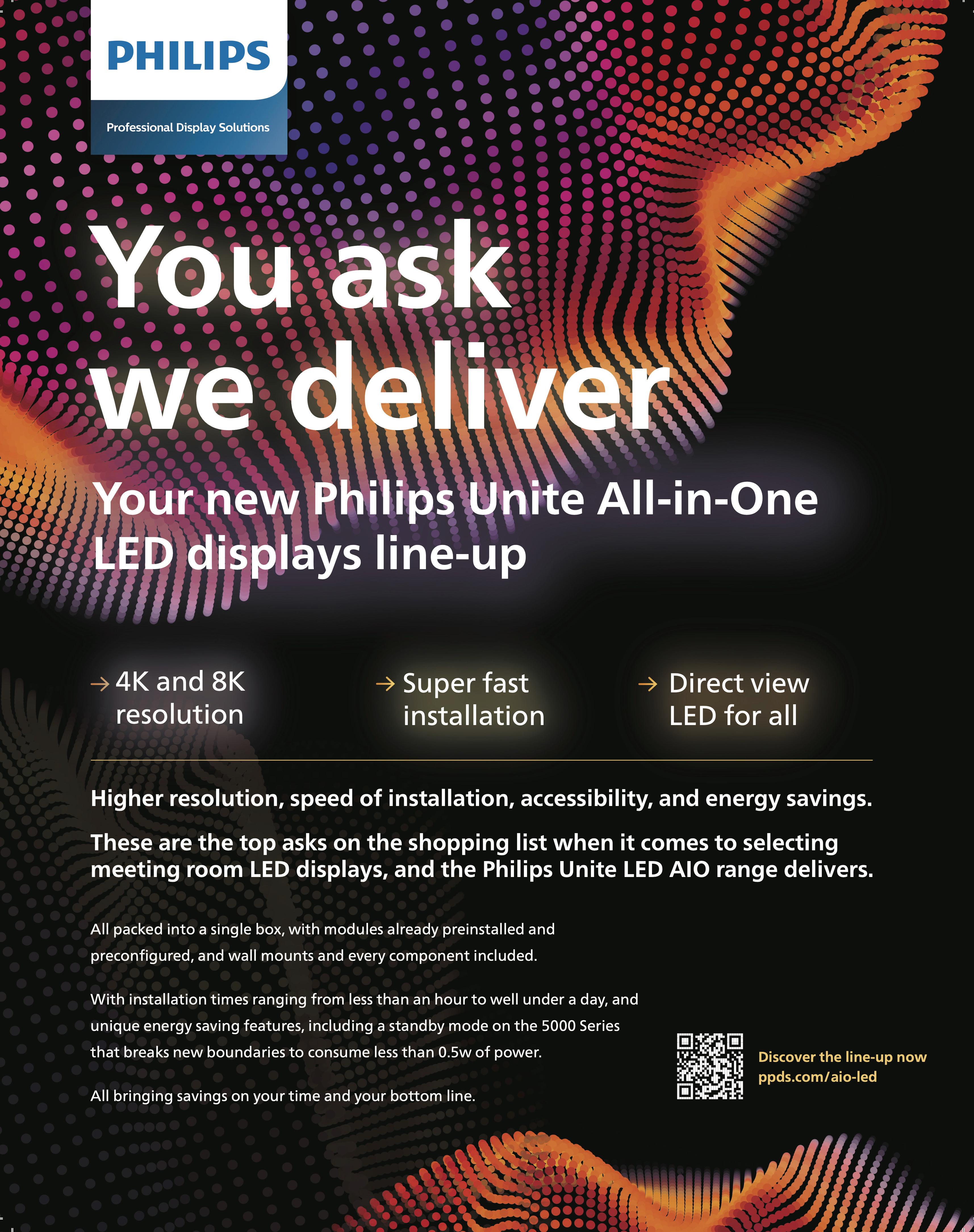

By Mathew Newfield
Business professionals have moved from corporate offices to their homes and other remote locations and back again, with many now splitting their time through new hybrid workplace models. Regardless of location, workers often use their personal devices to get the job done.
You may be surprised to learn that an overwhelming 89% of associates employ their own devices or apps for work due to better ease of use compared to company-provided options, according to the Diversified Technology Maturity Survey of more than 1,600 U.S. employees. Given the widespread BYOD usage—and all that we have learned about remote and hybrid work—you might think that enterprises had BYOD security solved.
The reality? That’s typically not the case. Many businesses still lack the controls needed to protect their organizations in a BYOD world. Here’s how BYOD creates business risk and what companies can do to address it.
Several business and IT leaders have told me they trust their employees not to visit or download materials from inappropriate or illegal websites. Trusting your employees to behave ethically and responsibly is a good instinct. But what these company and department heads often fail to understand is that most cyber incidents result from mistakes, not malicious intent.
For example, if an employee incorrectly keys in a website address, or maybe their child uses their device to play videogames and downloads a plug-in, their machine can get infected. Even the most innocent actions by your employees can create cyber risk.
During the pandemic, a lot of companies enabled split tunneling to reduce their bandwidth costs. These split tunneling adopters instructed their employees to use VPN to connect to corporate networks, but encouraged associates to use their own connectivity when doing internet work using browsers such as Google Chrome, Internet Explorer, and Mozilla Firefox.
However, home networks are some of the most vulnerable networks on the planet. They often include home automation devices that have never been patched. Home routers may not be password protected, or a technician who installed the router may have seen the password on the back of the device and used it later to log in, so outsiders may already be lurking within the home network.
If a laptop that’s using split tunneling is not correctly configured and monitored, an adversary
could attack that machine and use it to jump into your corporate network. The best approach to split tunneling is to avoid using split tunneling.
Some companies bought and configured computers for people who had to work from home during the pandemic. But a lot of businesses didn’t have the resources to do that, so they advised their associates to buy laptops online or from a big box store.
Businesses taking this BYOD approach now must contend with a mixture of machines, many of which are not owned or managed by the company, and most of which are not enterprise-grade. Plus, now that people are on the move again and many companies have hybrid work environments, employees often use these devices to log in from corporate and home offices, as well as airports, coffee shops, hotels, and more. That creates risk; in these situations, companies lack the security controls they had when people worked on stationary desktop computers at the office.
Gain control of your BYOD environment and secure your IT environment (and company) by limiting the use of devices to corporate-approved machines. Ask employees to sign a document explaining that you will allow them to use their own device, but during their employment with your company, it will adhere to your corporate standards. This includes the company’s ability to install a corporate “image” on the device, which should include all of the security and management software that is used on standard corporate systems.
If you’re a CIO or CISO, you’ve likely heard employees say that they want to use a particular application, rather than what you have invested in and provided, because it’s better, faster, or easier. They might even go ahead and get the legacy or freeware version of their tool of choice and start using it for work.
But in a corporation, free rein comes with significant risk. If employees use freemium or individual versions of software for business—with or without your knowledge or consent—your company may be in violation of the software supplier’s licensing rules.
Avoid legal and cybersecurity risks by removing
administrator rights on BYOD devices to prevent employees from administering their own patches and installing their own apps and software. While the removal of local administrator rights will raise the level at which an IT organization must operate, it removes a lot of risks on your end points.
To combat cyber risks, you have to involve IT, human resources, legal, the executive team, and your associates, as there are a lot of factors to consider. The best tools in the world will be useless if you do not ensure everyone is aligned with the risks and the compensating controls. Depending on where you operate, you may also need to address privacy rules like GDPR.
Take a cross-departmental approach as you work to address the BYOD security challenge and ensure that you take the right approach to securing devices and your business. Also, ensure you are doing a cost benefit analysis, as the savings you gain by not buying equipment may be eroded with additional security costs. Put the proper policies in place that are approved by the heads of your IT, human resources, legal, and other relevant functions, as they will go a long way in protecting your corporation.
Proactively secure and protect your technology, data, and operations with cybersecurity solutions that are matched with strong and reliable industry experience, and always ensure you partner with a security organization that understands your industry. There are differences in what you need to protect and how you protect it, depending on your vertical.
Mathew Newfield is the president and chief commercial officer for Diversified, and also serves as a board member and vice chair of the Cybersecurity Maturity Model Certification Accreditation Body.

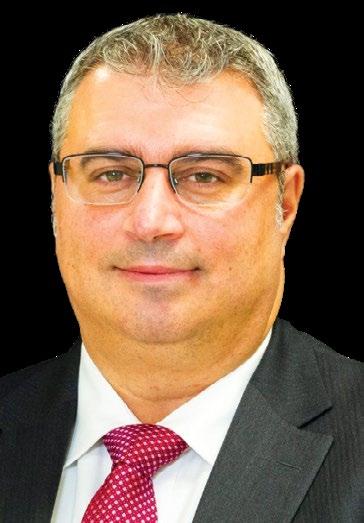
By Samuel Recine
From transport networks and emergency response to energy infrastructure and defense, modern command and control centers are, quite literally, mission critical. As such, they typically draw on a wide variety of technologies from a host of vendors, with system interoperability central to how well teams can perform.
Indeed, technology integration has always been a defining factor in command center effectiveness, but as more systems move to IP-based infrastructures, ensuring devices, platforms, and protocols work together has become significantly more complex. One of the key challenges is that legacy approaches to signaling—where audio and video signals were transmitted over fixed, hardware-defined paths using standard interfaces like HDMI or SDI—are no longer sufficient for the rigors of modern command center operations.
Complicating matters even further is that modern command centers use an enormous range of technologies. For the operators alone, there are lighting, speaker, and microphone systems, which must work alongside high-resolution video walls, IP-based AV distribution, KVM switches, sensor networks, and, increasingly, AI-powered analytics. Integrated comms platforms, secure network
infrastructure, and cloud-based control systems also play a significant role, alongside tools for processing and routing media across increasingly complex environments. The list goes on.
But why the move to IP? Fundamentally, IP is the most widely adopted, standards-based technology capable of supporting real-time media, data, and control signals at scale. For contemporary command centers, one of the most significant benefits is its flexibility; unlike traditional AV infrastructure, IP removes physical constraints by enabling any number of inputs and outputs to be routed over standard networks.
IP also allows media to travel far greater distances, across buildings, campuses, or even globally, using widely available IT infrastructure rather than specialized hardware. This not only improves scalability but also lays the groundwork for deeper cloud integration and remote collaboration across multiple sites, both of which are becoming increasingly important as organizations look to balance oversight with operational agility and cost-effectiveness.
While the use of IP in command centers is already widespread, it introduces some important technical and operational challenges that can impact interoperability and performance. Arguably, at the top of the list is that different device types (such as AV systems, computing platforms, and control interfaces)
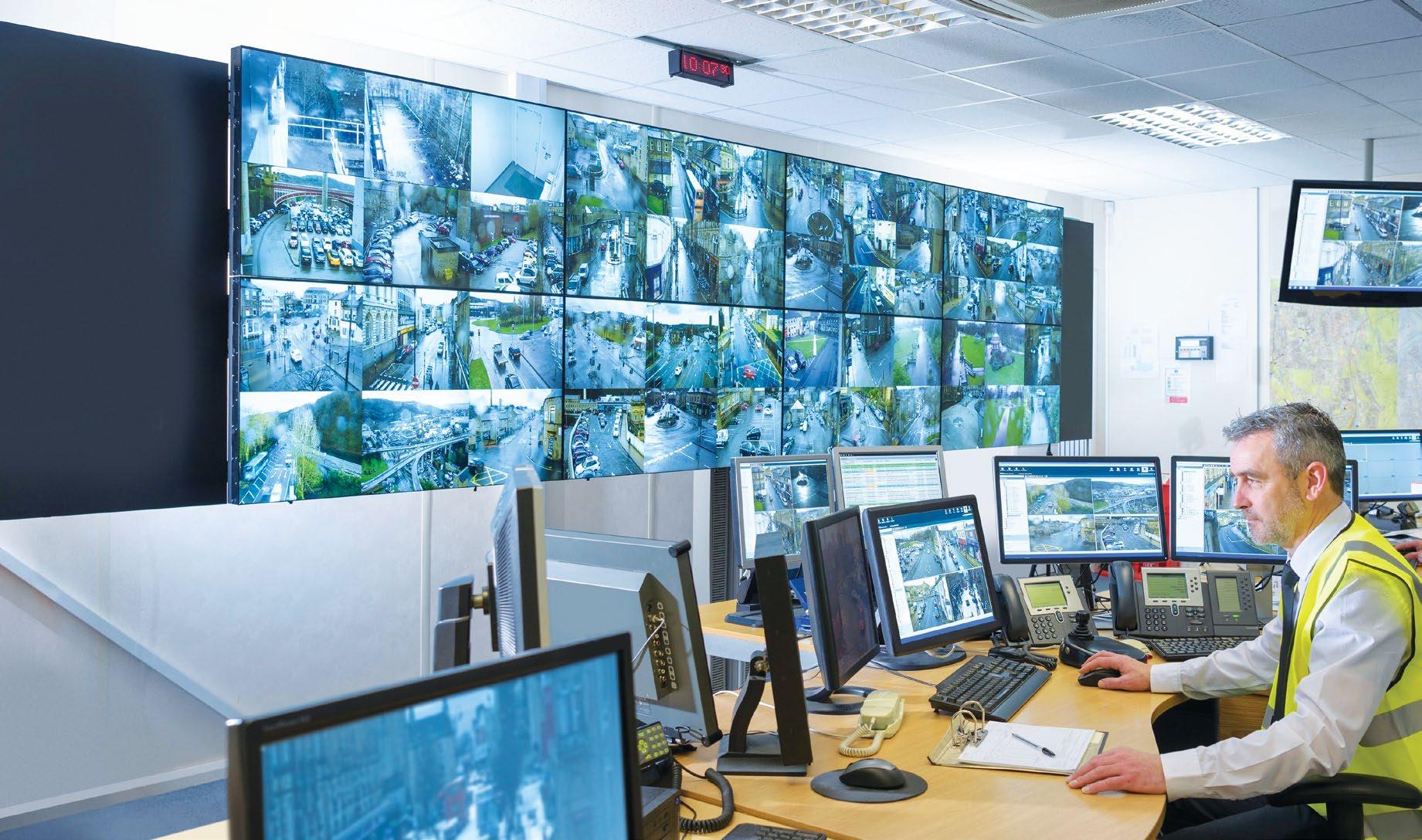
have adopted IP in inconsistent ways, often using incompatible standards and differing ways of handling data compression. This fragmented approach makes seamless communication difficult and frequently requires complex conversion tools to bridge the gaps.
Performance can also suffer. For example, uncompressed 4K video can consume up to 18 Gbps of bandwidth. As media moves between compressed and raw formats for processing, these demands escalate quickly. Without careful infrastructure planning, network congestion becomes a real risk.
Latency is another key concern. While compression reduces data size, it often adds delay—a situation unacceptable in real-time environments where responsiveness is critical. As a result, command centers must balance media quality, speed, and interoperability more precisely than ever, with standardization and flexibility as essential components of fully functioning systems
Standardization and Smart Conversion
So, how are these important requirements being addressed? In general terms, two broad strategies are shaping the future of command center design: standardization and smart media conversion. On the standardization front, initiatives including the IPMX specifications are gaining traction by offering a common framework for transmitting audio, video, and control signals over IP networks.
More specifically, IPMX addresses the Pro AV industry’s need for a common set of ubiquitous standards and protocols in the transition to IP-based media infrastructures. It does so by delivering a supple and complete suite of standards and specifications upon which manufacturers can build products that are more interoperable between equipment types and different brands. To ensure open standards don’t come at the cost of protection, IPMX also introduces a privacy encryption protocol.
Standardization helps with many IP-based media systems challenges. But in environments as rich and diverse as control rooms, this alone is not enough. Being able to use multiple media profiles as well as being able to convert from proprietary protocols to/from the standards is also necessary. For this, new classes of IP-to-IP gateways have also entered the market. These devices perform real-time media and protocol conversion, allowing signals to move between otherwise incompatible products while also bridging asset classes, some of which depend on synchronization while others do not support synchronization. Crucially, these new media and
protocol gateway converters also enable organizations to scale across rooms, buildings, or regions without having to overhaul existing infrastructure.
Cloud-based processing is another growing trend. Rather than housing all media handling and signal routing on premise, some command centers are now using cloud platforms to manage content distribution between remote sites. This not only simplifies workflows but also supports greater agility, especially in multi-site operations.
On a practical level, the adoption of IP also changes how control rooms are designed, deployed, managed, and scaled. Within a single room, for example, priorities typically focus on high performance, low latency, and seamless operator control. In these environments, minimal compression and highbandwidth networks can be used to maintain responsiveness, particularly for audio and video switching or real-time decision-making.
However, as systems scale across multiple rooms or facilities, the equation shifts. Bandwidth efficiency, network security, and centralized control become more important, especially when content needs to be shared between departments or across geographic locations. In these scenarios, organizations must consider how to manage media routing, bandwidth constraints, and access permissions without compromising performance.
on a combination of open standards and vendoragnostic media gateways, ensuring systems remain operational and aligned with performance objectives. Open standards matter because they give organizations more control over how their systems evolve. Rather than being locked into proprietary
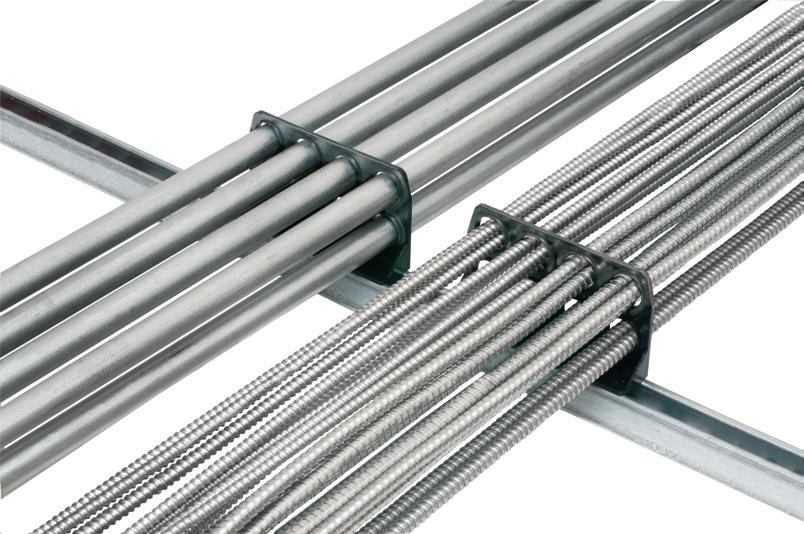
Take the challenges associated with synchronization, for example. In live environments, even slight delays between audio and video, such as when a speaker’s voice reaches an audience before or after their image does, can create a distracting and uncomfortable experience. Audio systems often require precise timing, especially when distributing signals across multiple rooms or between left and right speakers, where any misalignment can be problematic.
Operational requirements are also changing, with the integration of services such as Microsoft Teams and Zoom bringing content from IT systems directly into command center AV environments. As a result, the synergies between Pro AV signaling assets rooted in the automation of batch behaviors for endpoints like microphones, cameras, speakers, and displays—with IT department assets like PCs, smartphones, and tablets— are becoming increasingly influential in how media infrastructure is designed and governed. What used to require video walls and media processing equipment to show mixtures of content types to decision makers and live operations overseers in control rooms is now more flexible, spanning large-format displays when helpful, but it can also be personalized to individual operator seats with “personal video wall” capabilities.
Wherever the specific priorities lie for each command center, the underlying requirement is maintaining uptime—they must be able to display the right information at the right time without fail. But as protocols evolve and equipment life cycles diverge, technology teams must apply a flexible approach built
technologies, teams can integrate best-of-breed tech that balances performance with budget, a compelling argument for anyone focused on delivering effective command center infrastructure.
Samuel Recine is the VP of strategic partnerships at Matrox Video.
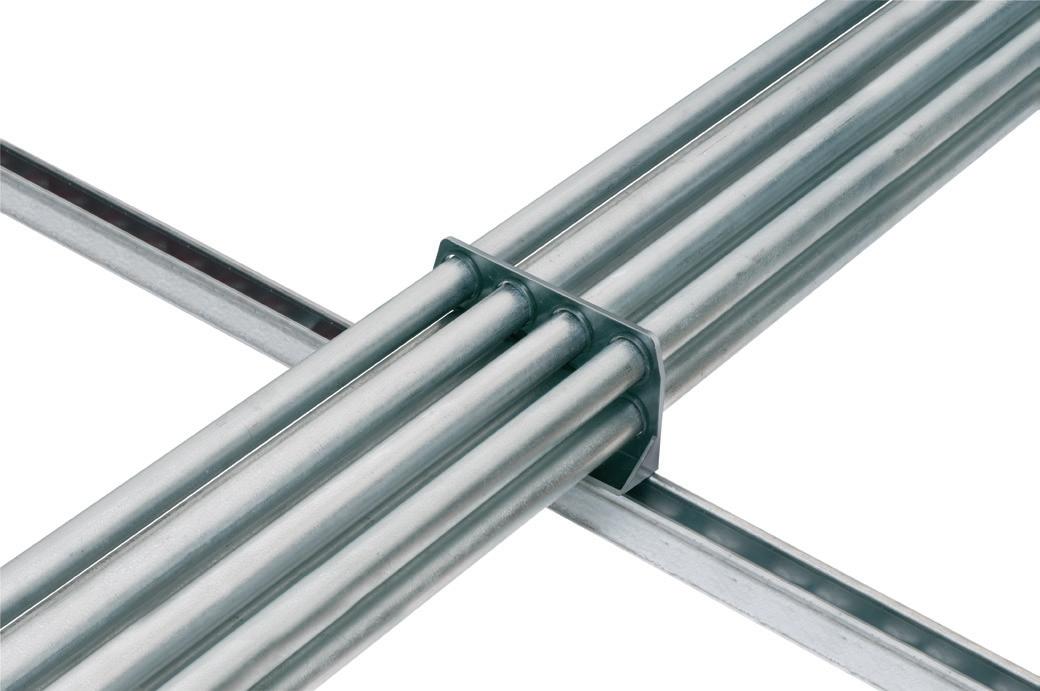
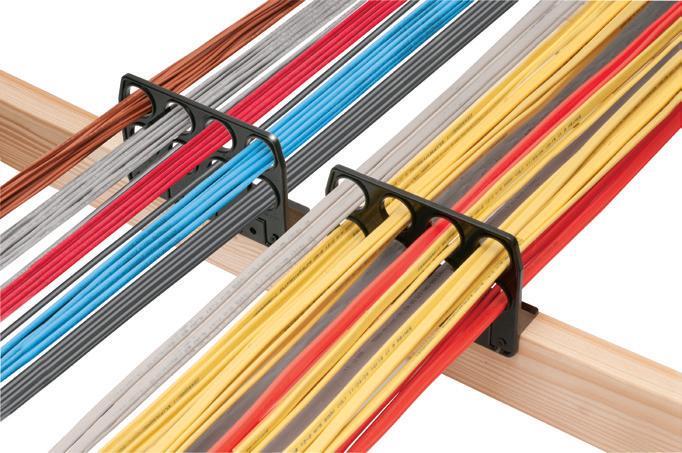
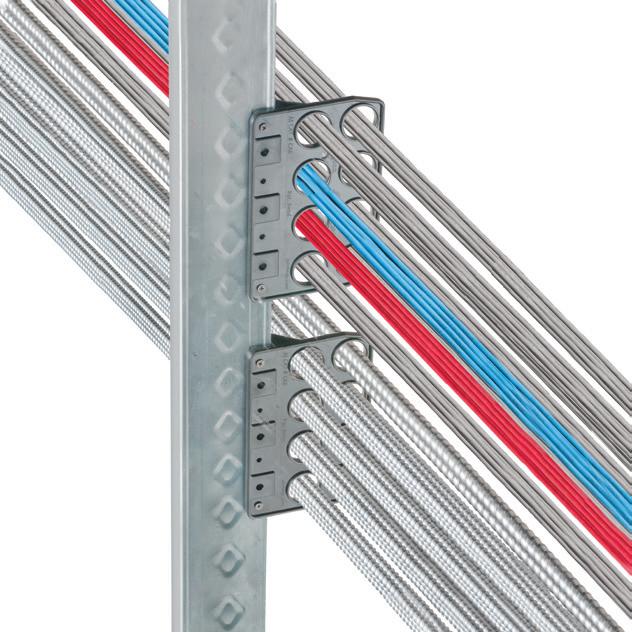
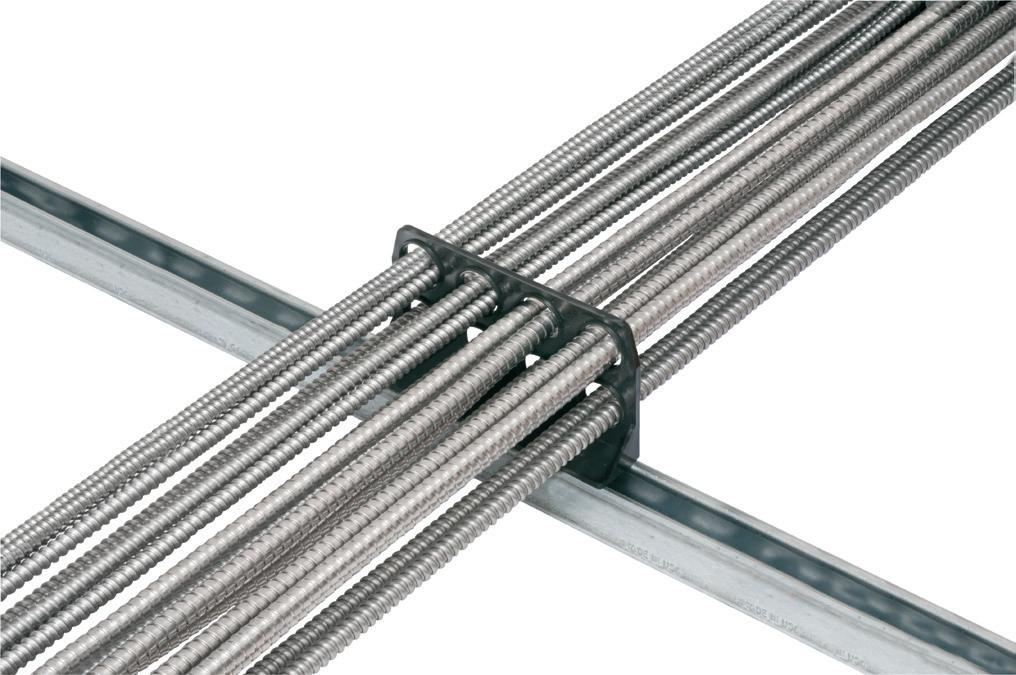
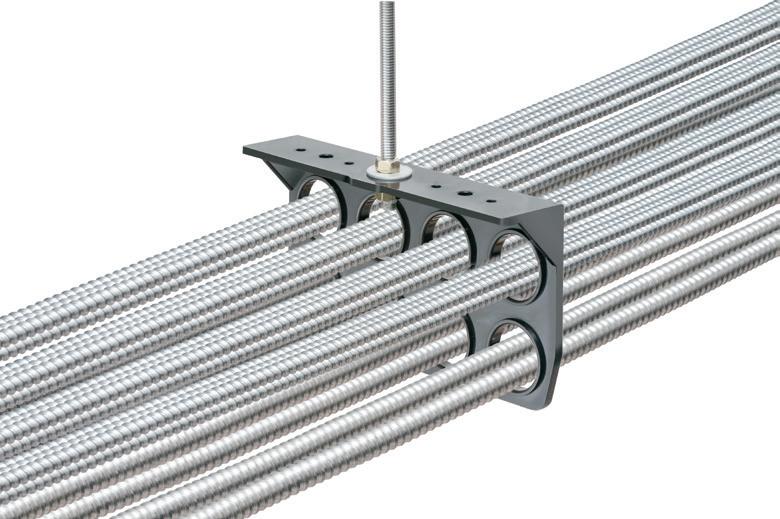
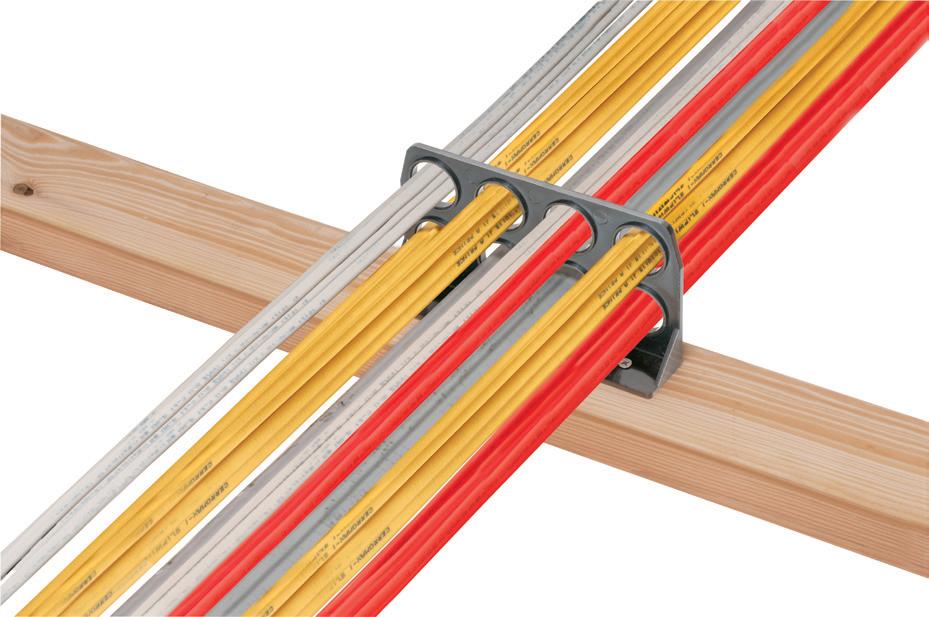



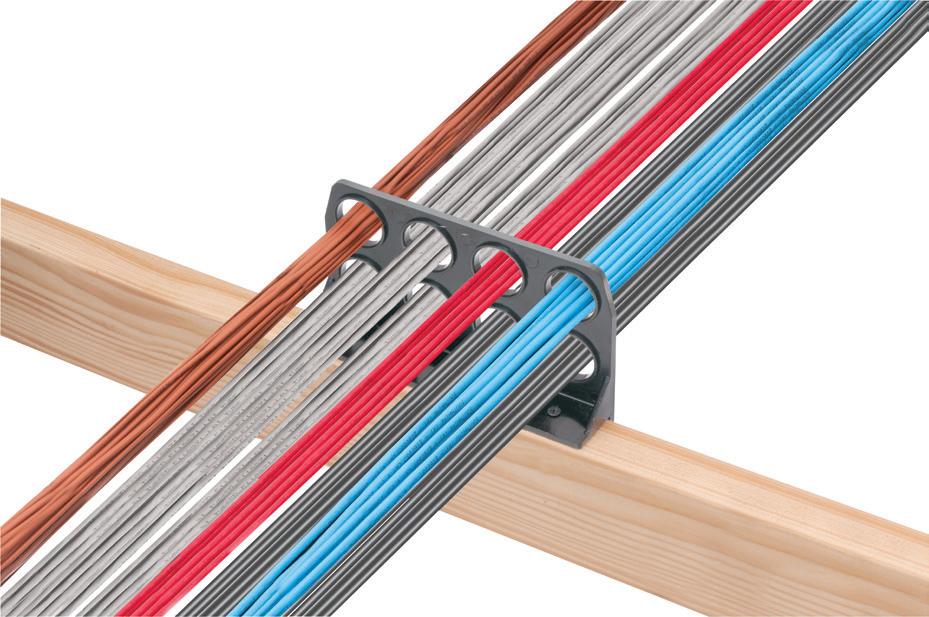
•
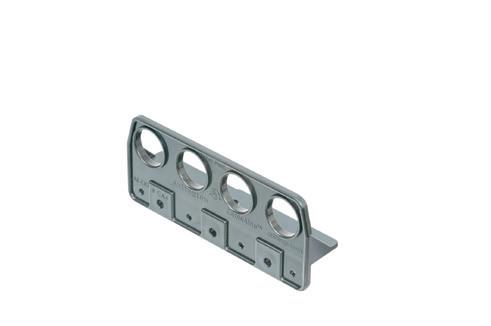


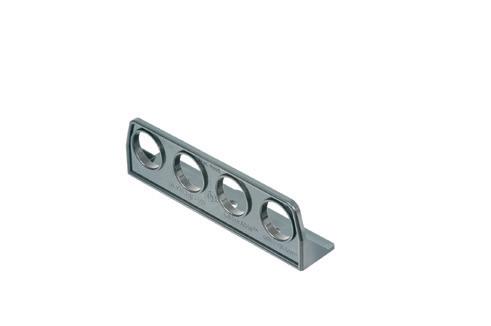
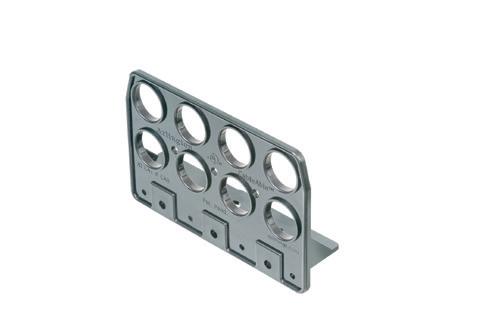
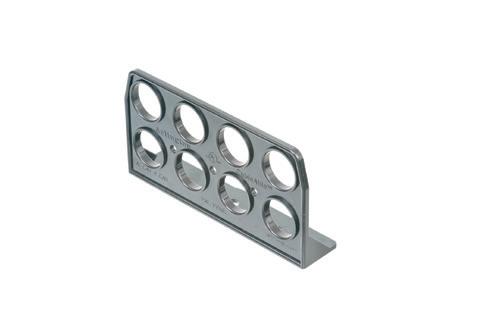
By Michael Grotticelli
Back in the 1990s, members of the Audio Engineering Society (AES) were wrestling with how to implement common control mechanisms for Pro AV devices to make them more broadly compatible with a wider range of third-party technologies. This effort, known as AES-24, was key for workflows that wanted to use a variety of products.
Fast forward a couple of decades and AES70 appeared on the scene. Initially called Open Control Architecture (OCA), it’s a formal device control standard that was ratified by the AES and published in January 2016. It was developed by a group of companies called the OCA Alliance, formed in 2012 to combine their individual efforts.
Basically, AES70 serves as a communications architecture for the control, monitoring, and connection management of networked audio and video devices. It offers a way to control devices and systems via a suite of software and tools that help to create more complete (and flexible) media networking topologies.
AES70 is an open standard that ensures that certain commands are universally understood. For example, a digital control surface on one network can tell a mixer on another to mute a channel, subgroup certain other channels, send back level meter readings, etc. These days, the two acronyms—AES70 and OCA—are often used interchangeably, but the OCA method of device control on a network is now officially called AES70.
AES70 offers three primary benefits to the Pro AV industry, according to Ethan Wetzell, platform strategist at Bosch Communications Systems, who also serves as marketing chair for the OCA Alliance.
“To begin with, it provides an open public standard for adding device control and management to hardware and systems,” he explained. “This means that developers who need a way to control their hardware have a ready-made and highly robust solution that can reduce their development time and leverage the engineering work that has been developed and continues to enhance the standard.”
Second, he said, by using AES70 and becoming part of that ecosystem, a company can have a level of interoperability with other devices, systems, and tools that also use AES70. This is something that can be extremely handy when looking at the topic of controllers. Wetzell said the third benefit is the additional connection management functionality that works alongside media networking transports, such as AES67, to round out their capabilities.
Today, much of the current work on AES70 is focused on adding additional media networking connection management functionality for more technologies, like AES67, MILAN, and others. Work is also ongoing on additional protocols beyond TCP and UDP, including serial byte stream and JSON options.
“It is very much a living standard and has several channels of active development,” Wetzell said. “While the first formal standard was published in 2016, the OCA developed revisions to the standard in 2018, 2023, and 2024. Therefore, in addition to maintaining the standard, regular functional additions are continually being added to the standard to enhance and extend its capabilities.”
So, what does a developer do if their product is not compatible with AES70? Wetzell said the answer depends on where a product is in the development journey and the goals of the developer.
“If the product is in its early stages of development, the developer needs to choose how to control the device in some fashion,” he offered. “This has architectural and system integration ramifications in addition to the raw implementation of a control architecture. Should a developer choose to, they could use an alternative control solution or build their own. Other technologies are also available, of course, but AES70 was designed to meet specific performance, reliability, scalability, and security needs that are unique to the standard, so the needs of the product or system need to be assessed.”
Wetzell added that it’s also possible for a company with a product that is already developed to implement AES70 alongside another existing technology inside that product. Using AES70’s open architecture gives engineers more time to spend on developing product features, instead of creating
proprietary control protocols.
“In fact, this is what Focusrite did with their AES70 implementation—running a lightweight object in their hardware alongside their existing protocol to support either flavor of control, depending on what it was talking to,” Wetzell said.
Focusrite’s RedNet series of audio interfaces leverages AES70 in conjunction with its own control system. This ensures interoperability with other devices that also use AES70 while still benefiting from Focusrite’s proprietary control features.
“The lightweight nature of AES70 enables manufacturers to use their own proprietary control protocol and implement AES70 over the top of it to allow for a transition to a fully AES70 control solution at a time of their choosing,” said Matt Hardy, business development partner at DeusO. The company has created a highly compact, AES70-based Arduino UNO microcontroller board with 100 Mbps Ethernet that requires minimal processing and can be implemented in a 1kB solution.
While much of the benefits from AES70 are aimed toward the developers of a product, AES70 can benefit users as well. This is mainly from the standpoint of control, customization, and consolidation. Plus, there are functional benefits, such as how information is exchanged between devices and how things like concurrent control from multiple users are handled.
For example, Wetzell said AES makes it fairly easy for an integrator to create a custom UI that consolidates relevant controls from multiple products into a unified UI. “This can streamline workflow and make customization much easier,” he added. “For general integration use, the fact that AES70 provides a mainly human-readable API also makes working with it easier than many other options.”
AES70 is an open public standard, so its use is not encumbered by licensing fees. While there are several free tools and implementation options, Wetzell said there are also commercial options for software
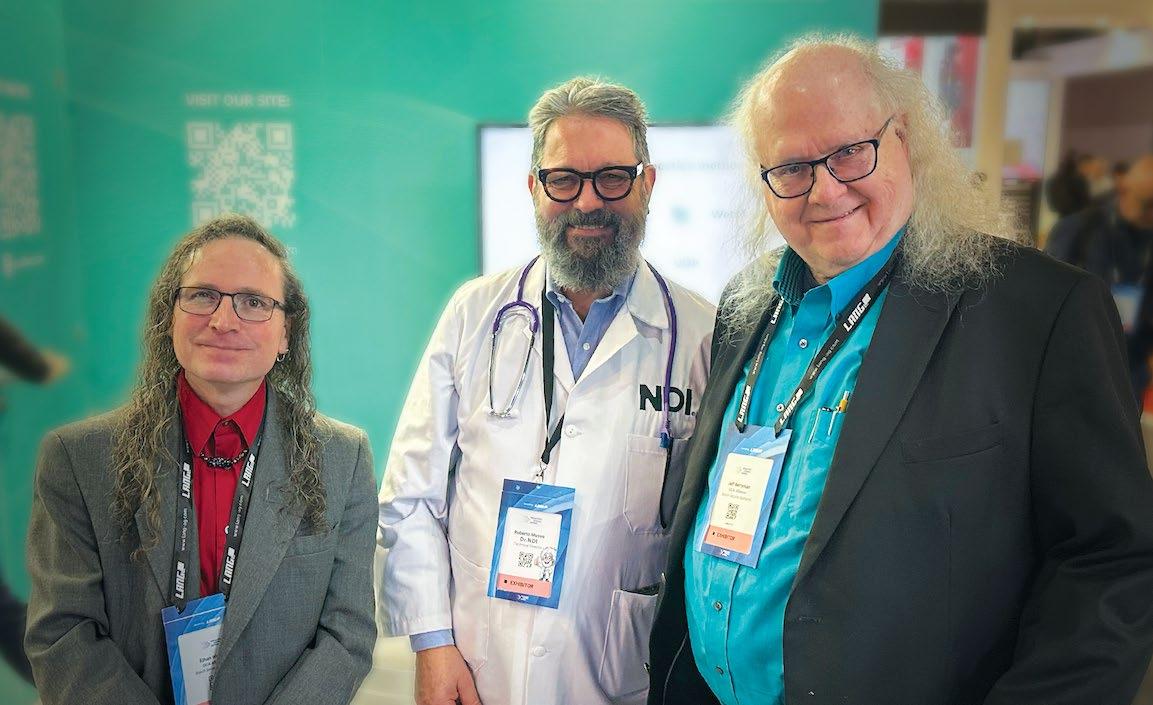
implementations or hardware reference designs for developers who want those options for enhanced support or other benefits that result from a commercial implementation.
“As far as media technology and other compatibility issues, AES70 has been specifically designed to be as agnostic as possible when it comes to cohabitating with other technologies,” he said. “Whether it’s Dante, MILAN, RAVENNA, AVB, AES67, analog, or whatever, AES70 doesn’t care and will happily work alongside any of them.”
The OCA Alliance is a not-for-profit corporation formed to promote and support the AES70 standard as a media networking system control standard for professional applications. It currently counts 17 member companies, including Adamson, d&b audiotechnik, DeusO, Bosch Communications Systems, Profusion, and JOYNED. Among the latest to join are Elytone, which designs and manufactures various electronic components and solutions, and Vizrt’s NDI.
“We were very pleased to welcome NDI for a lot of reasons,” Wetzell said. “To begin, NDI is quite prolific, so this brings a number of touchpoints that AES70 can bring benefit to, particularly as the NDI ecosystem expands and diversifies itself. Reciprocally, NDI can harness the functionality of
AES70 to greatly extend the operational functionality of these systems and endpoints.
“NDI has several interesting applications that our existing membership is not directly involved with, so expanding the scope and relevance of AES70 to other applications, categories of products, or industries is a win for everybody,” he continued. “There is also the matter of NDI bringing unique application knowledge, particularly on things like video, that will be very helpful to the group as development of AES70 continues.”
AES70 has been designed to be flexible so it can be used to control any type of AV device. You don’t need a development kit to implement it, although having one makes the job easier. The downloadable specification contains all necessary information for building an AES70-compliant device from scratch, if desired. Commercial libraries and reference designs are available from multiple sources.
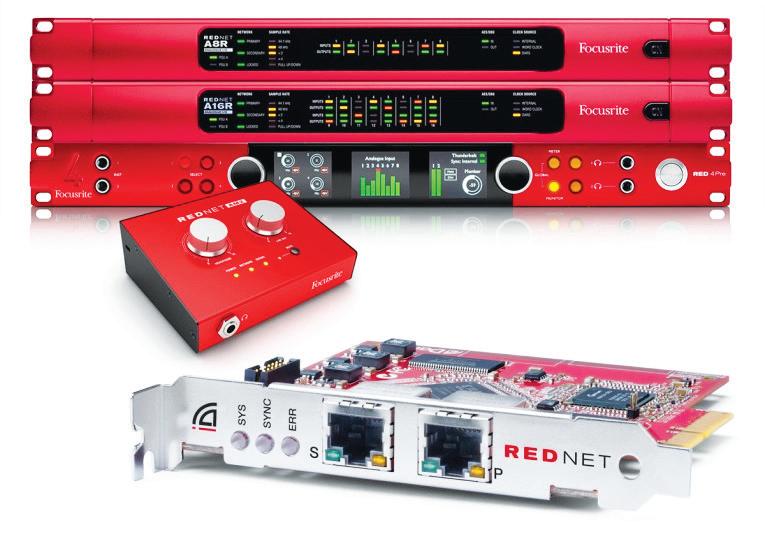
media network platform for digital audio and video systems of any size.
Targeted for professional applications, AES70 works for up to 10,000 devices and works alongside any media transport protocol, delivering a complete
“As an organization, we very much want to continue to make the standard as friendly and useful for video or anything else in the industry, so we actively invite participation via the OCA Alliance or AES to any interested parties that want to contribute expertise or insight into future updates to the standard,” said Wetzell.













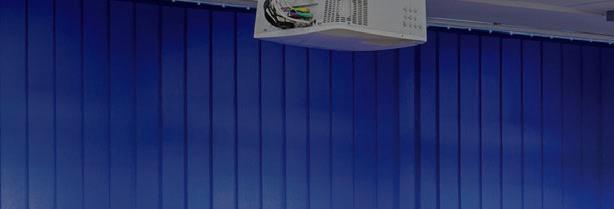
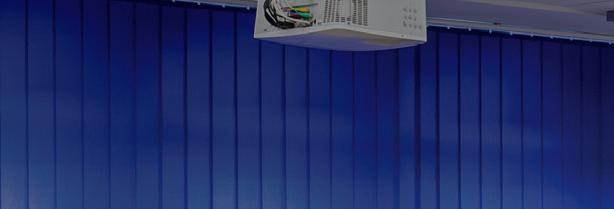
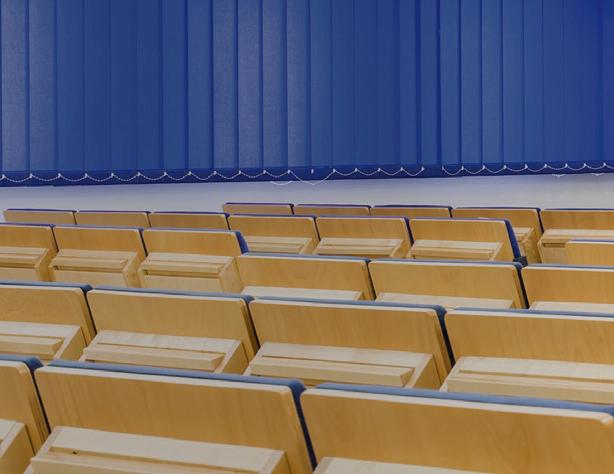
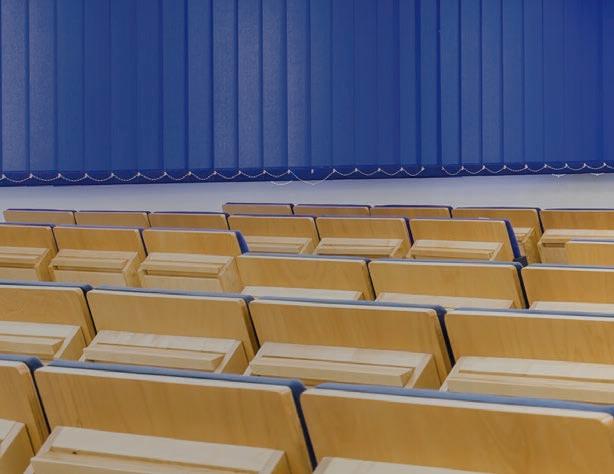




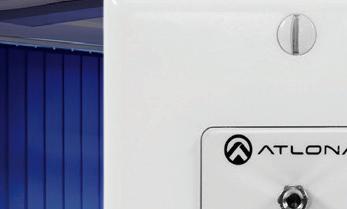
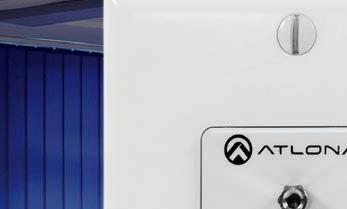
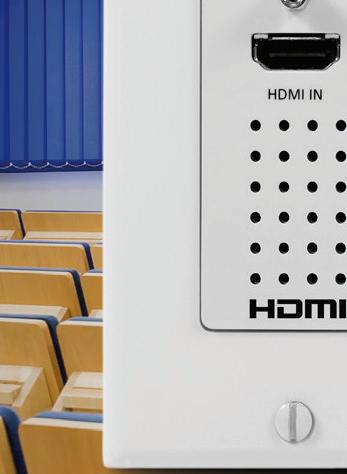
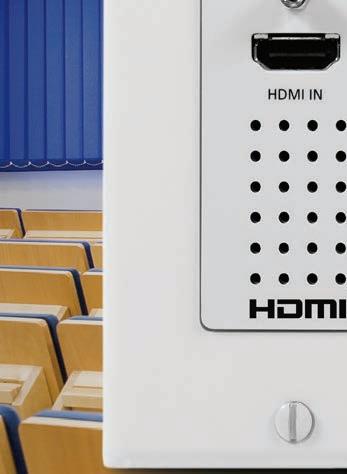





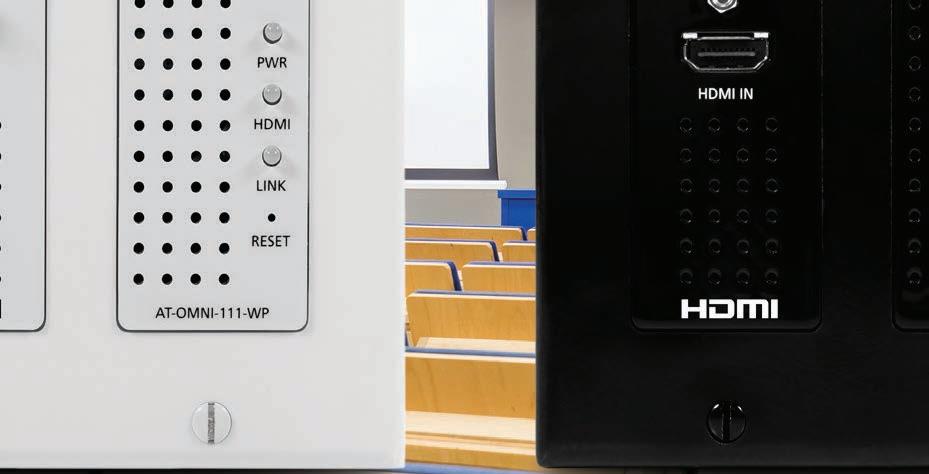
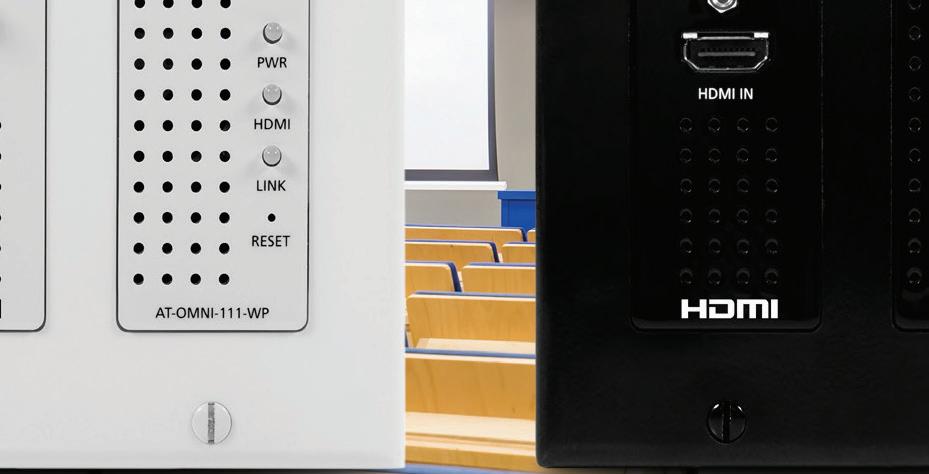



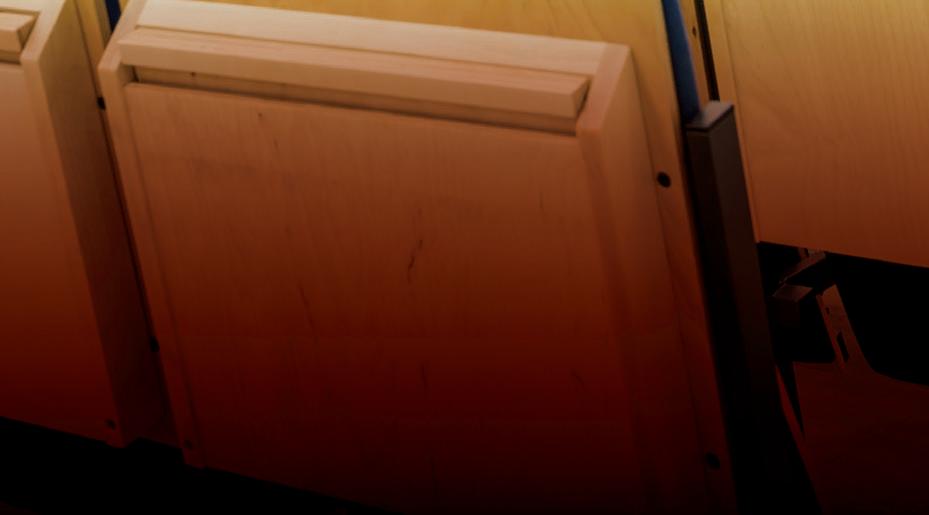




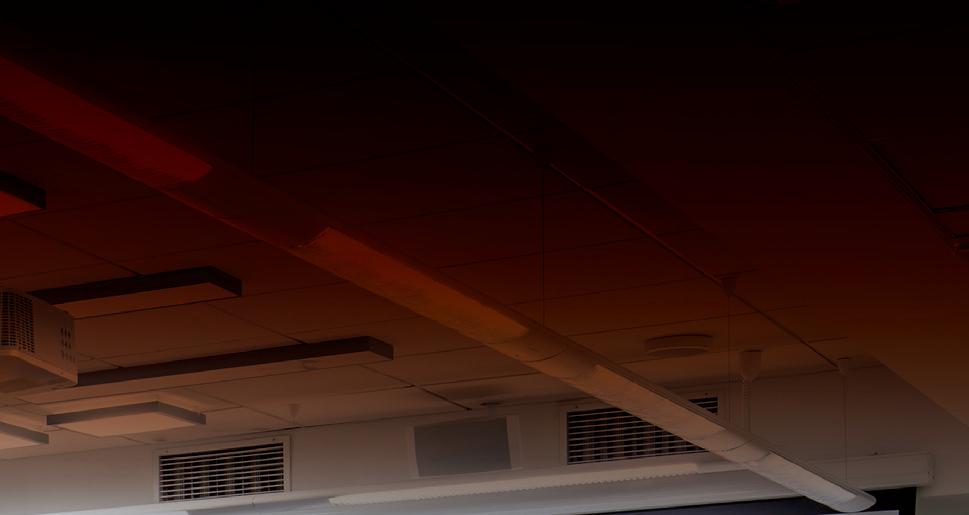


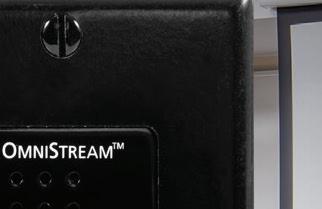
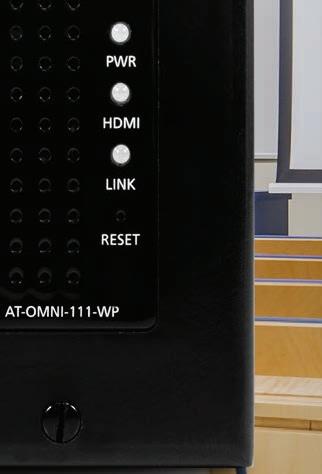
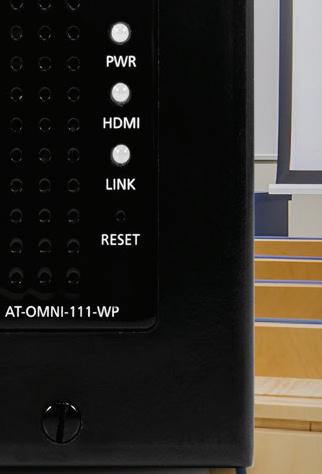




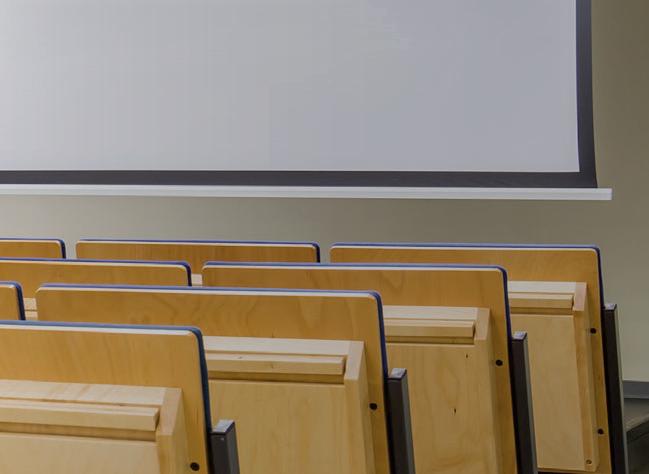
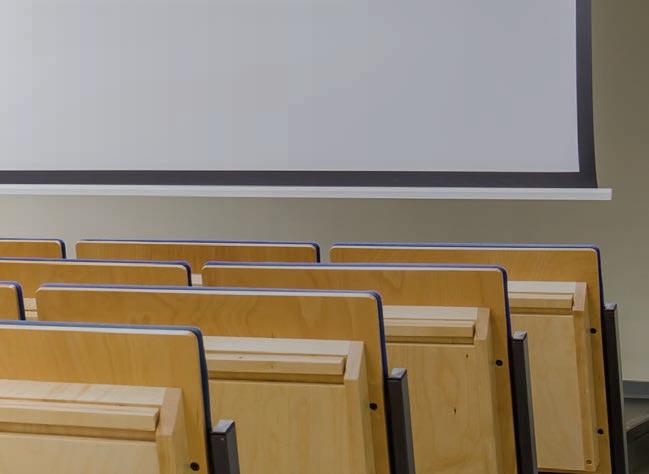


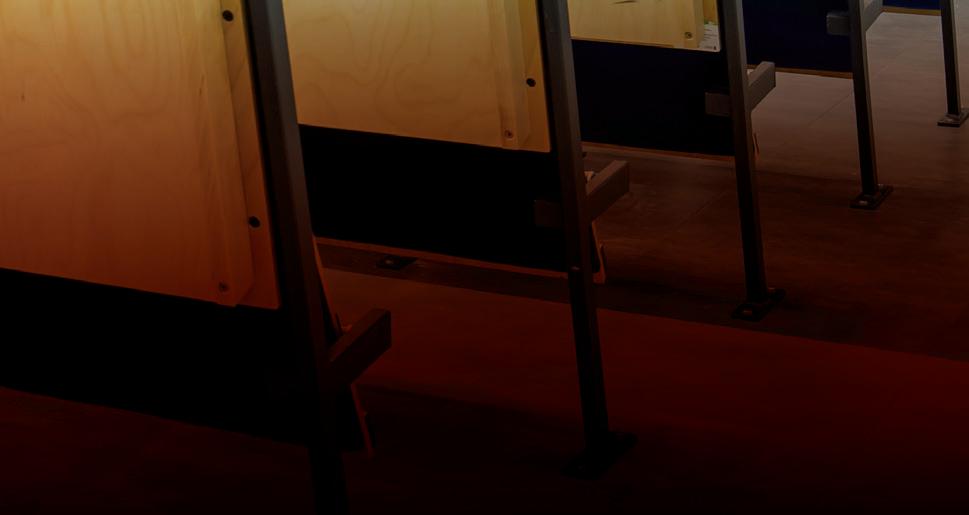

By Wayne Cavadi
The Atlanta Braves have big plans for 2025.
Truist Park, home of the Atlanta Braves, got a technological facelift ahead of the new season, which will include the highly anticipated MLB All-Star Game this month.
Truist Park opened in April 2017, then under the name SunTrust Park. One could argue it set a new standard in the MLB ballpark experience, with a technologically advanced stadium and The Battery Atlanta—a destination spot surrounding the park with restaurants, shops, and an outdoor viewing area for even more fans to engage with the team. So, it may be surprising that just a few years later, the Braves are already upgrading the stadium.
As Scott Waid, SVP of technology services, Atlanta Braves, pointed out, the Braves have always prided themselves on creating the best guest

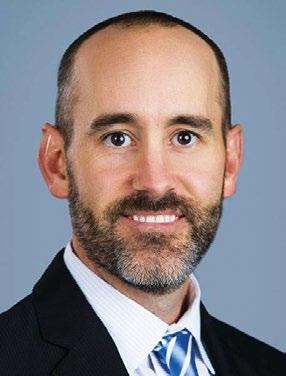
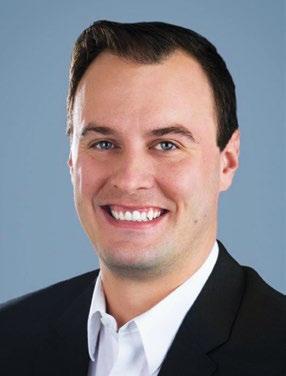
experience through innovation and technology. “I don’t think we’re ever done on that journey,” Waid said. “Particularly to the LED boards. We’ve both increased the number of LED displays in Truist Park but also replaced and refreshed some that were put in back in 2017. Now, we were looking to expand the number of boards.”
Waid explained the process started by talking with industry experts WJHW, which has outfitted SoFi Stadium, FedexForm, Allianz Field, and other sports venues with Pro AV overhauls. It was WJHW that introduced Waid and his team to SNA Displays, which wound up being awarded the display installation, going with its signature EMPIRE Exterior line of LED display technology.
“Getting the right partner is critical to success and understanding what those key success metrics are for your organization,” Waid explained. “[SNA Displays] shares our passion for excellence, they share our passion for innovation, they share our passion for creating the best guest experience. For example, during the installation process, [SNA Displays] would be ahead of me going, ‘That just doesn’t look right. We need to fix that.’
“The other piece,” Waid continued, “is don't underestimate the value of strong project and program management. As I came to find out
afterwards, talking with WJHW, most stadiums, when they swap out their LED boards, take 18 to 24 months. We had 11 to 12 months.”
Waid said SNA Displays blew his team away with its plan to deliver on the scope and scale of the ask, and having the entire process under its purview—especially when supply chain issues can still creep up—was a big advantage as well. According to Mitch Leathers, VP of marketing and communications, SNA Displays, the team was able to get the job done in a short timeline by Opening Day because they were ready for the pitch.
The SNA Displays team was able to complete the project in roughly 24 weeks from being awarded the project to the start of the season in April. “We began preliminary design and engineering prior to award to show our understanding of the timeline significance and general commitment to the project,” Leathers explained. “Post-award, all the extensive engineering, purchasing processes, logistics, and planning began immediately and stayed on a priority track throughout the fabrication and delivery phases.”
It’s not simply a shiny, new center field videoboard. The Braves have a Master Planning Project—a plan that aims to continue to elevate the ballpark to provide new and enhanced experiences for Braves fans—that brings LED power throughout the stadium in monster displays and ribbon boards … with more to come. Waid said the plan is to have all 12 new displays installed in time for the MLB All-Star Game on July 15.
The standout display is the new 65x121-foot center field BravesVision videoboard, a 10mm pixel pitch display that has more than double the number of pixels of its predecessor. Per the SNA Displays

team, it was custom engineered to provide improved operational service and maintenance access for the AV support team.
SNA Displays was able to overcome several challenges, including color matching with the original fixtures of the stadium. David Kile, senior director of solutions, SNA Displays, said a critical process in the testing and commissioning of new LED display surfaces is color correction and matching, which SNA Displays adjusted to within 0.1% of the color coordinate.
“For each of the Truist Park assets, once data and power connections were complete, on-site technicians analyzed the appearance of the newly installed EMPIRE Exterior system and performed color corrections using our V3 Pro software with custom color tables,” Kile explained. “These adjustments are initially performed at the panel and pixel level at our factory and are part of a rigorous, pre-planned testing process designed by our project and operations teams. Once installed at the stadium, each display was again calibrated to match the existing displays by performing measurements using a certified colorimeter and entering that data into the V3 Pro Suite.”
Obviously, getting the right pixel pitch is always important. “Pixel pitch discussions for these kinds of high-profile venues involve the proximity of the ideal viewer, but also the appearance of the boards both in person and on TV,” Leathers said. “The Braves selected just the right mix of options, and it shows in both the clarity of the boards and the seamlessness of the fan experience.”
There was also a 3x411-foot LED ribbon along the 400 level on the first-base side and a longer 479-footlong ribbon on the third-base side. New displays were also added to the new Outfield Market, Blue Moon Beer Garden, and the brand-new, family friendly Children’s Healthcare of Atlanta Park. In The Battery Atlanta, new displays were added to the Good Game venue, an incoming Shake Shack, and on the Truist Tower Parking Garage. If Matt Olson gets a hit, fans are going to see it whether they are inside the stadium, on the way in, or eating burgers outside.
“We’ve added a couple of new areas,” Waid added.

“The centerpiece of our brand-new Outfield Market is a big LED display that connects the guests that are in there with the game while they’re enjoying themselves eating food and socializing with their friends.”
As Waid noted, it was a very active installation. Truist Park doesn’t simply host 81 home baseball games (and potentially playoff games) a year. There are concerts, a visit from the Savannah Bananas, and this year’s MLB All-Star Game and the extra events that come with it. So, while SNA Displays was adding new displays to completely new areas of the park, and while there were cranes and other equipment constantly on the move, there was a control room renovation as well.
“As we got deeper into it, we replaced our control room platform as well, or at least the vast majority of it,” Waid said. “That was an added complexity in the coordination of all of that.” Waid said SNA Displays helped transform 80-90% of the control room, one that includes Ross Video XPression graphics and a Grass Valley switcher. While the BravesVision production team refreshes its show each season, even old content (like corporate logos) that is sometimes reused had to be redone with the new LED display dimensions.
The Atlanta Braves fanbase has high expectations, and while that is primarily on the field, the move to the new stadium also heightened
those expectations surrounding the field as well. And that’s why the SNA Displays partnership continues to fit like a batting glove.
“The Atlanta Braves are obviously a world-class organization that knows how to deliver an enjoyable experience to their fans,” Leathers said. “Our team and the Braves’ front office quickly developed a good working relationship which led to a smooth workflow and efficient project overall.”
“For everybody that embarks on a project like this, don’t lose sight of what you’re trying to accomplish and have fun along the way,” Waid concluded. “The payoff is tremendous. Don’t lose sight of that because there’s always budgets, there’s always deadlines, there’s always milestones, there’s always technology problems. But at the end of the day, I think it’s a game changer for us.”
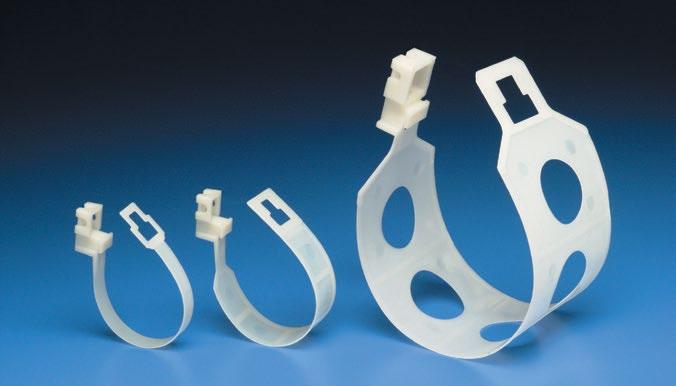

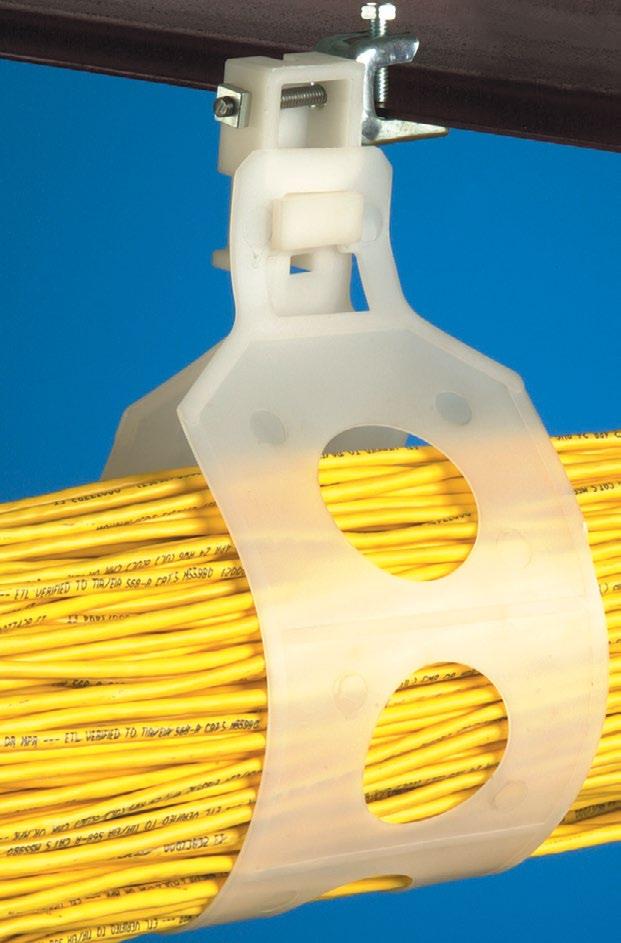
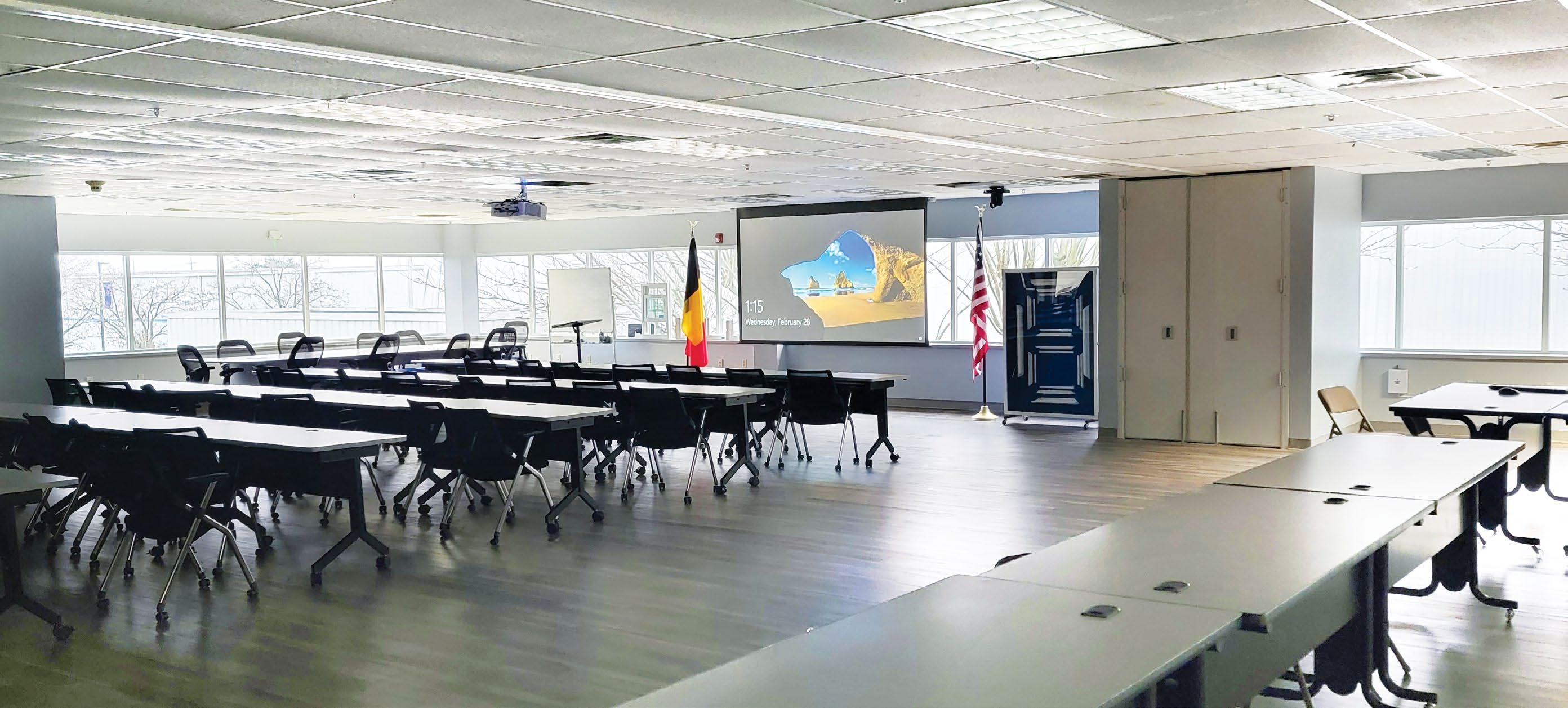
Corporate AV technology is constantly evolving. From sound and lighting that shifts the mood of a workplace to BYOD setups for remote workers, companies are constantly adapting to the ever-changing landscape.
The meeting space is increasingly the pulse of any modern corporate facility, with most workers spending a majority of their workweeks in meetings. Techkinect, which provides AV solutions for commercial and residential clients, recently reinvented collaborative working for the Ohio-based headquarters of Deceuninck North America, a manufacturer of PVC windows, thanks to a three-way divisible meeting space complete with customized programming.
Jacob Reek, director of business development at Techkinect, shared that the company’s role in the storyline quickly evolved. “Deceuninck were reworking their training room and wanted to create a divisible, three-way space with the option to mix and match rooms,” he recalled. “That included bringing in additional videoconferencing and sound reinforcement systems to support different meeting configurations.”
Initially, the Deceuninck team reached out to request some new projectors, and it quickly turned into a much bigger project. “They were not thinking much beyond connecting a few computers and maybe adding some simple switching,” said Reek. “I
followed with, ‘Hey, there’s a solution that will allow you to connect as many inputs and outputs you want across these three spaces and later scale throughout your building if you want, and hand you complete control of all the systems over the network.’”
That moment started Deceuninck’s journey into the world of networked AV and control, powered by Atlona’s OmniStream AV over IP and Velocity control solutions.
The in-house team at Deceuninck already began remodeling the room before Techkinect arrived on site, creating three separate spaces using acoustic walls while also painting and reworking other areas. The project required customized structuring in the drop ceiling to accommodate recessed projector screens that are also controlled with the system.
Leo Acuna, director of operations at Techkinect, led the team in the installation and quality assurance for the integration. The Techkinect team ran new
Category cabling to each location to ensure simplified computer connections, switching and positioning of displays.
“I have learned from experience that too much cabling is better than too little,” said Reek. “People always end up adding more as a project develops, so adding it at the beginning creates a strong backbone. We decided on Cat 6 plenum and we ran multiple cables to every projector location, because we knew that cameras and microphones would be in the vicinity. We also ran it to each wall so that we could add a touchscreen in every room and optimize screen locations and speaker positions.”
All three rooms have the same audio and video, but just two have microphones and cameras. Techkinect’s schematic identified equipment in each room, including IP and Mac addresses, as well as what port each product is plugged into on the switch and patch panel.
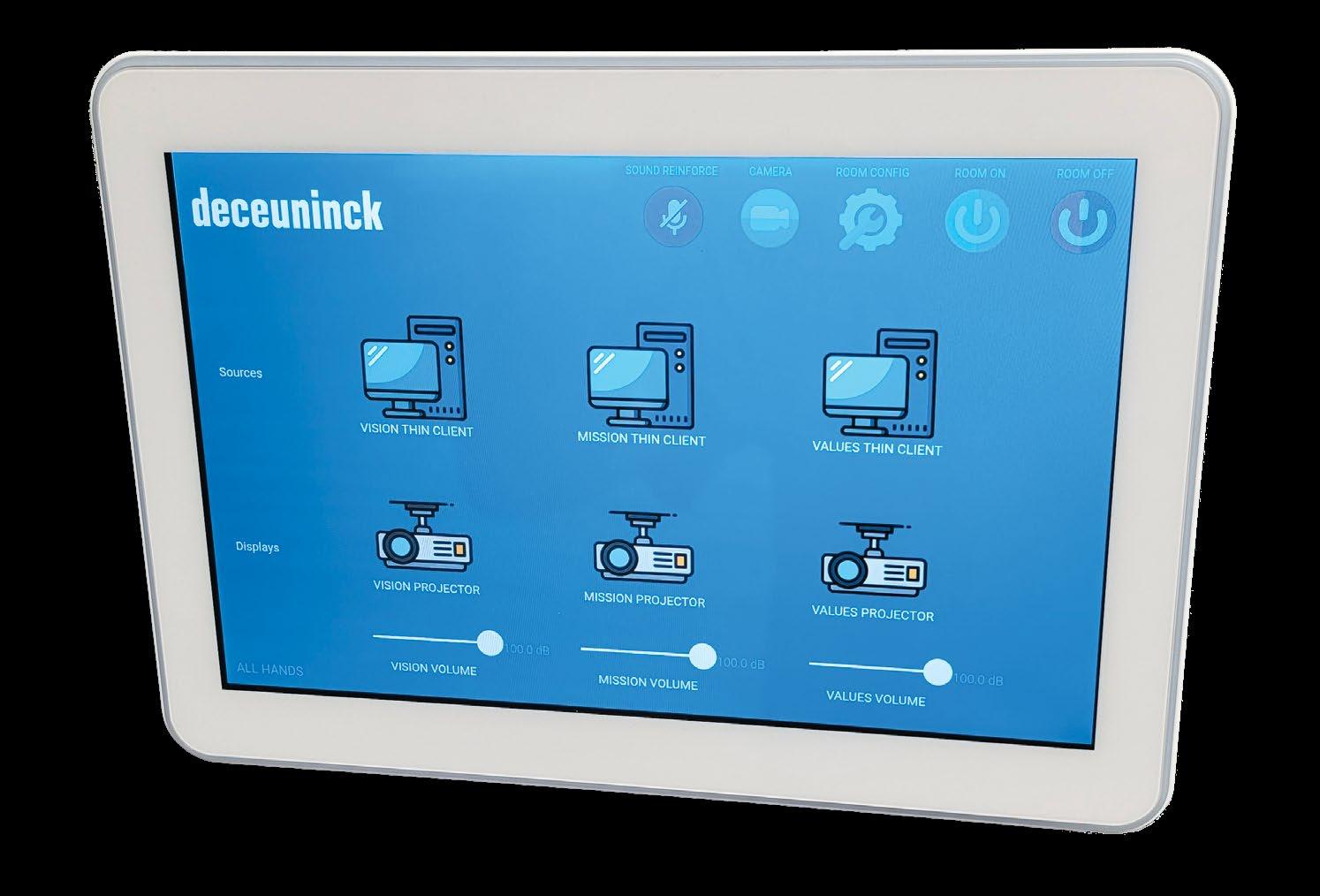
Techkinect used Atlona’s OmniStream AV over IP solutions in each space because of the multiple devices in use. For the HDMI signals, they chose a selection of decoders, encoders including single-channel encoders and decoders (AT-OMNI-111, AT-OMNI-121), and a dual-channel encoder (AT-OMNI-112). For routing USB signals over the network, the team
Touchpanels are in all three rooms for room scheduling and AV control.
employed USB to IP adapters for host devices (AT-OMNI-311) and IP to USB adapters (AT-OMNI-324) for peripheral devices.
“There are a lot of USB devices in these three spaces, and they wanted the freedom to plug in flash drives and bring their USB devices they could plug in for presentations,” explained Reek. “The OmniStream USB/IP adapters create a harmonious ecosystem where the host computer in each room still works no matter what peripherals are added to the mix.”
Completing the video distribution system, OmniStream encoders and decoders are used to route 1080p video to three BenQ LU930 projectors and three DragonFly 120-inch recessed screens.
On the audio side, signals from various microphones and other sources in the space are mixed and processed by ClearOne Converge Pro 2 DSP mixers, then routed to Atlona AT-GAIN-60 amplifiers. The GAIN 60 amplifiers power a total of eight Episode ECS-800-IC-6 70-volt ceiling speakers.
Techkinect emphasized the performance aspect of the audio system, adding that ClearOne’s voice tracking technology and Atlona’s amplification optimize the audio in each room. “The ClearOne BMA 360 microphone system used in the space has beamforming VoiceLift technology,” Reek noted. “This ensures seamless sound reinforcement without any acoustic or feedback problems.”
Reek chose camera tracking systems for Rooms A and B to capture various settings including conferences, virtual calls, and presenter tracking. “We deployed these cameras so that they face the presenter, and they work with ClearOne’s BMA 360 voice tracking capabilities,” he said. “We use these to follow the host as they move around or between rooms. The microphone system and camera system pick up which room they’re technically in, so operators don’t have to perform any manual switching.”
All technology components are programmed into Atlona’s Velocity control system, with an AT-VGW-HW-20 hardware gateway that is expandable to 20 rooms. “Velocity is also a powerful device management system that manages and configures Atlona IP-controllable devices on the network. It’s the brains of the entire system,” Reek noted. “It is a browser-based user portal that lets you discover, set up, and commission both Atlona and third-party IP-controllable products to help streamline the configuration of AV installations. Velocity provides continual system monitoring and the ability to manage firmware and credential updates.”
Techkinect added AT-VTP-1000VL touchpanels in all three rooms for room scheduling and AV control. The entire project includes a custom programmed user interface from Techkinect’s design team, including company branding and integrated control.
“Deceuninck has three computer inputs in each room and a wireless input, as well as three outputs depending on the way the room is set up,” Reek said. “For example, I have custom programming set up on
the DSP, as well as in Velocity. Depending on what room they are in, I can send custom programmed serial commands to the DSP and explain how it is configured. This gives users the ability to control what they see on the screen and what they hear from the speakers.”
The upgrade to Deceuninck’s facilities offers
complete versatility for every kind of meeting. “Across all three spaces, it’s a story of using flexible, expandable, and reliable AV systems within a divisible space that evolves with the times, and keeps up with the technological demands of corporate facilities,” Reek said.


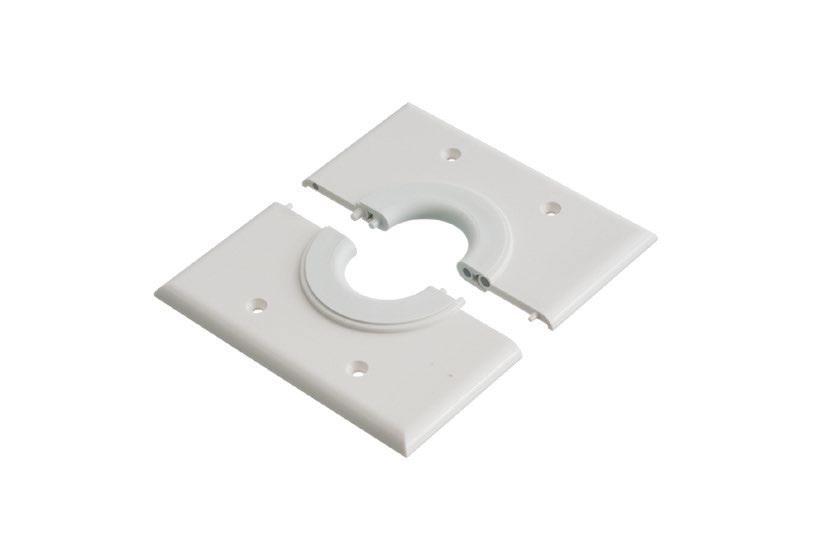
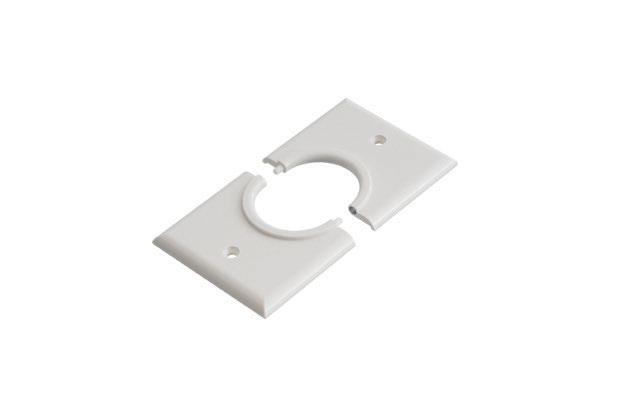
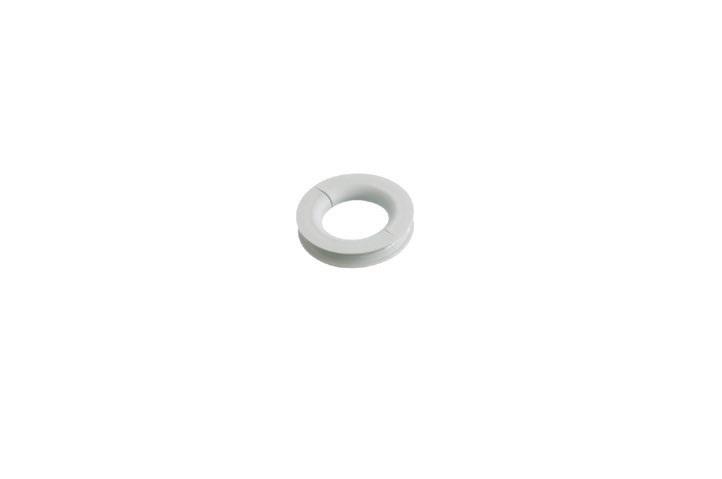
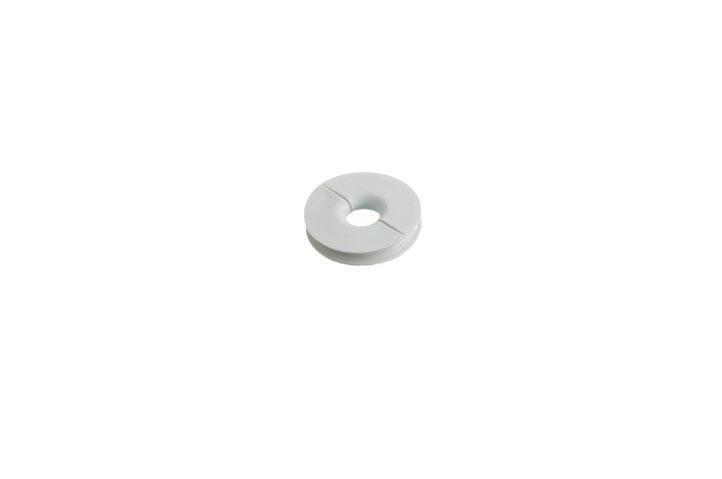
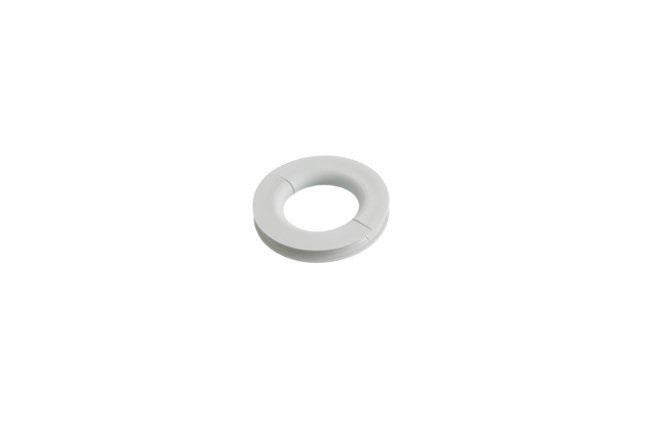

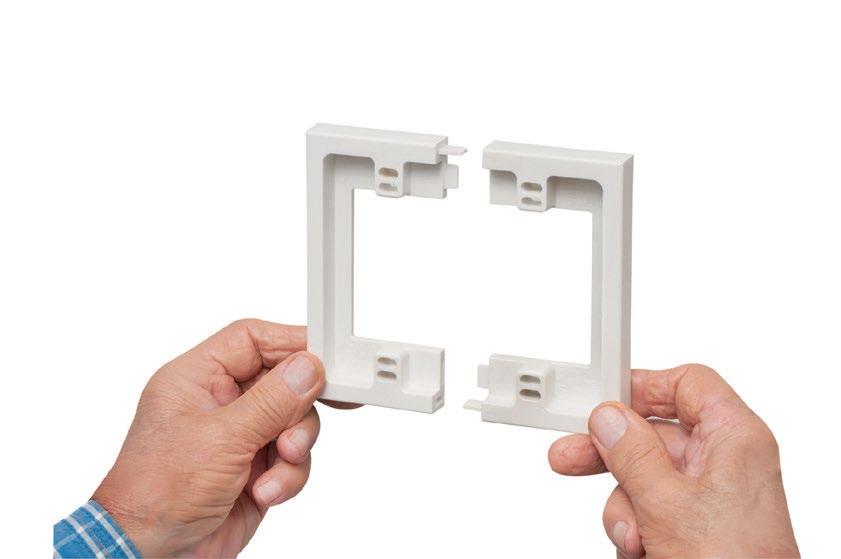

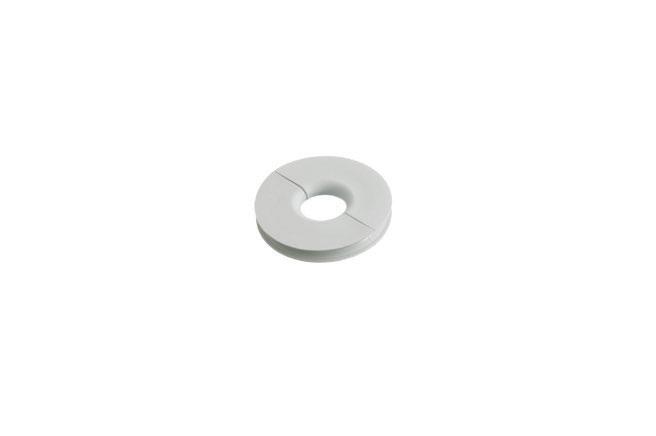
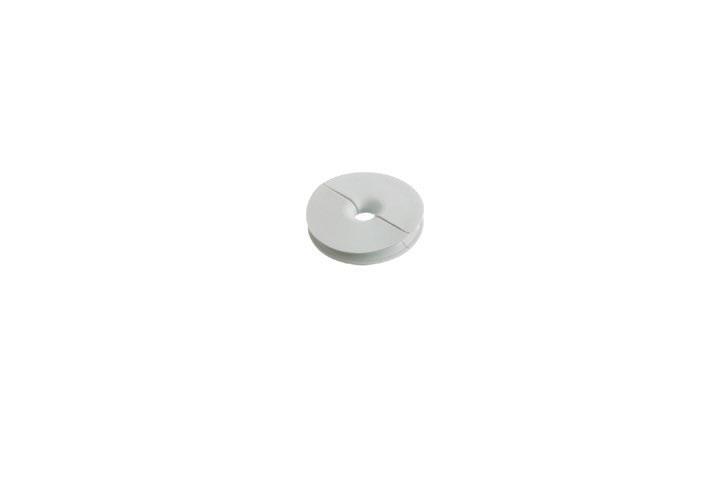




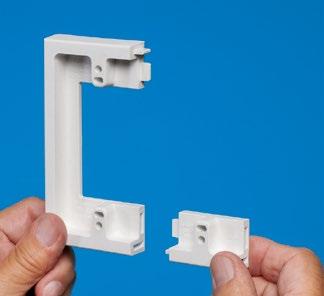
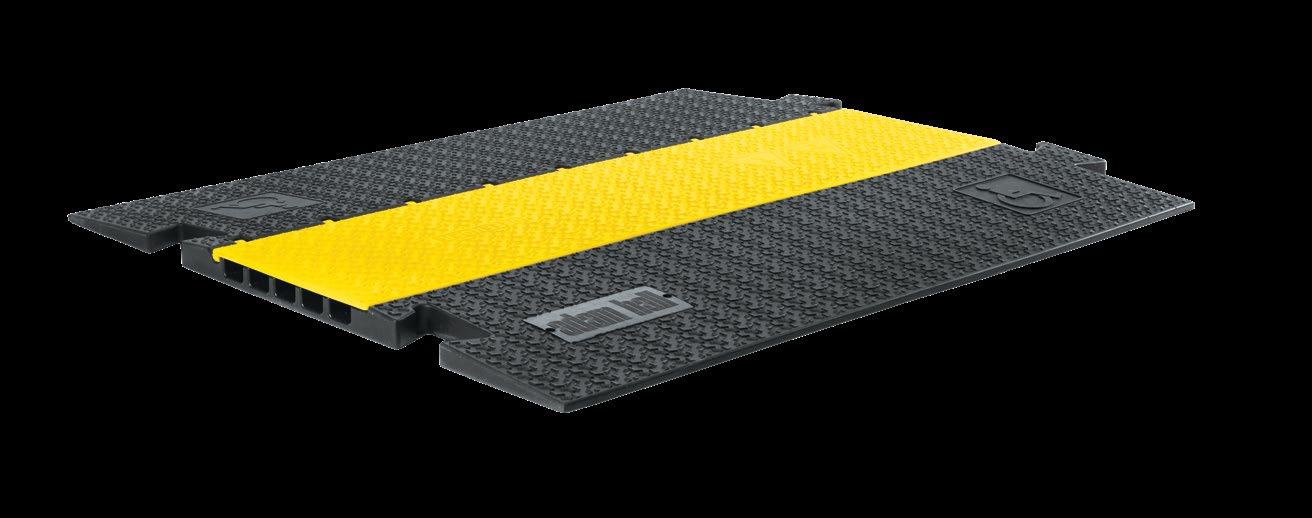
ultra-flat design of less than 1.5 inches. Ideal for event locations, industrial settings, and public areas, the SLIM 5 ensures smooth passage with little to no barriers while providing maximum stability and safety. The SLIM 5 facilitates safe crossings and protection for pedestrians and wheelchair users, especially in areas with public traffic such as shopping centers, airports, or sporting events, and is resilient enough for large transport vehicles to drive over.
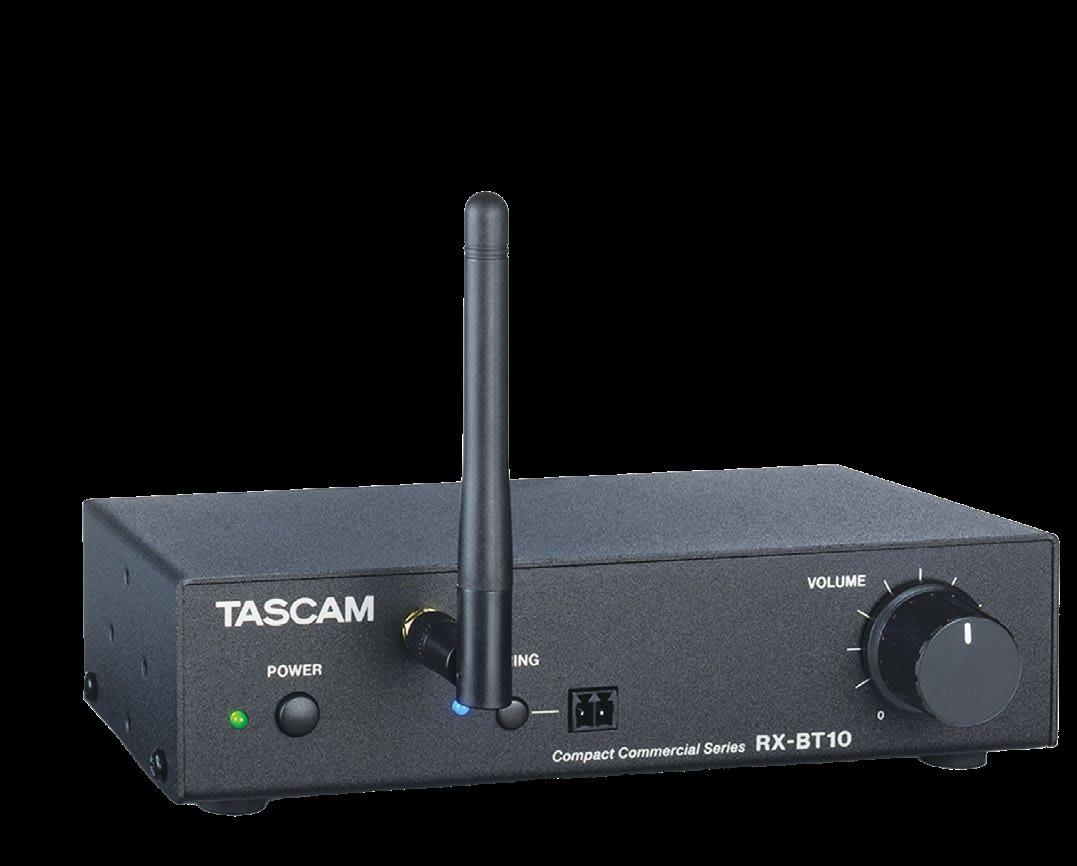
Made from heavy-duty, recyclable polyurethane, its patented 3D LaserGrip surface improves slip resistance, while the self-cleaning hinges ensure functionality over the long term. Five large cable ducts make flexible applications possible, and the eye-catching yellow cover
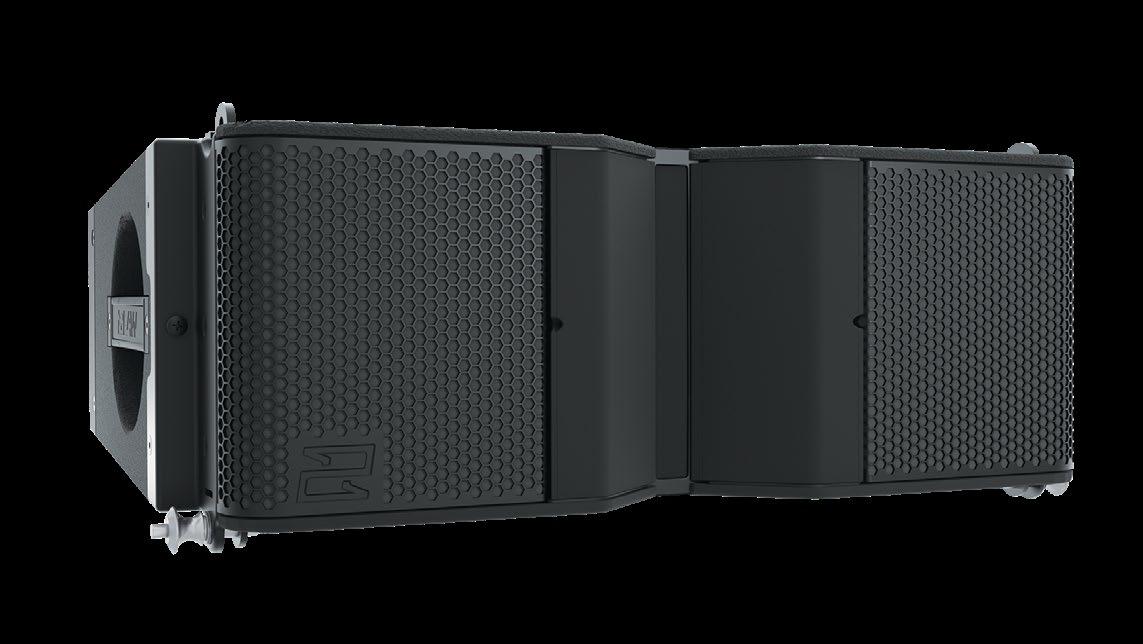
The NT206L loudspeaker is the first in Eastern Acoustic Works’ NT Series of speaker products aimed at simplifying audio setup and operation for production events. It’s a compact, lightweight, and self-powered line array loudspeaker that’s ideal for production companies, system integrators, and venues seeking high performance along with easy deployment and operation. The NT206L features two 6.5-inch low-frequency drivers with 2-inch voice coils and a 1.75-inch high-frequency driver, brought to life by 1,500 watts of onboard power. A newly patented EAW waveguide leverages EAW’s Focusing technology to provide exceptional high-frequency response. The NT206L also debuts Adjustable Horizontal Directivity (AHD), a new EAW Core Technology that allows users to quickly choose between four horizontal coverage profiles through simple, hand-operated adjustments in the field. It plays loud (139dB) and goes low (65-20kHz), all in a premium Baltic birch, steel, and aluminum enclosure.
The RX-BT10 is a professional-grade Bluetooth audio receiver that enables audio from Bluetooth devices such as smartphones and tablets to be conveniently integrated into existing sound systems. With a compact, robust form factor, it includes balanced XLR as well as unbalanced stereo RCA outputs. Support for Bluetooth 5.1 (Class 1) is among the RX-BT10’s key attributes because it facilitates stable, long-distance
connections (approximately 328 feet). In addition to the Bluetooth pairing button, the unit also provides a front panel Euro block port that enables users to add a remote pairing button. Combined with its extendable front panel antenna, the RX-BT10 can be placed in the optimal position for a specific space. To ensure easy identification in environments where multiple RX-BT10 units are deployed, devices can easily be renamed from iOS, iPadOS, and Android.

Designed for installed AV, live production, and broadcast, Auro Versa is a modular Dante/AES67 I/O system. It offers scalable, customizable I/O with flexibility for evolving AoIP networks. Built on an 8-slot modular chassis, it allows users to configure up to 64 I/O channels in 8 channel increments. Available modules include Analog Mic/Line, AES/ EBU, and GPIO. Custom OEM modules are also available. Auro Versa is engineered for long-term adaptability with updateable AoIP protocols, a feature that will enable users to upgrade to emerging audio networking standards without replacing their core I/O hardware, ensuring a future-proof investment in their audio infrastructure.
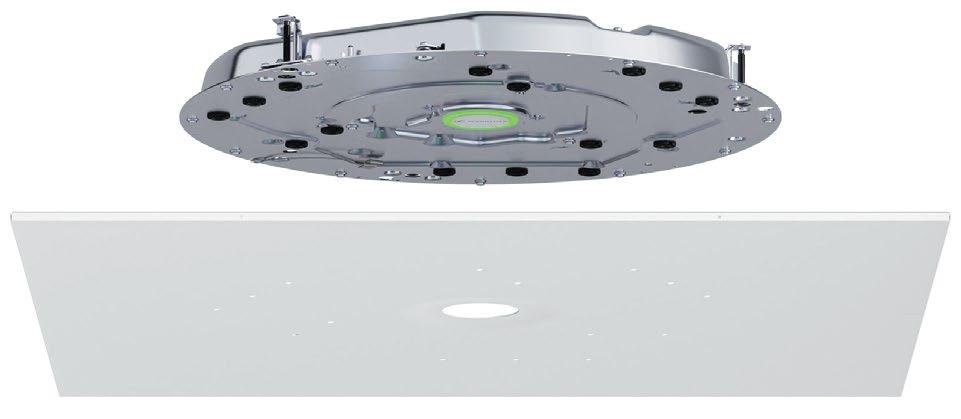
The TeamConnect Ceiling Medium Ceiling Tile (TCC M CT) is a new installation variant for Sennheiser’s TeamConnect Ceiling Medium microphone (TCC M). The TCC M CT allows for easier installation of the TCC M into suspended grid ceilings, thereby reducing installation time and costs for integrators on site. The tile comes in a 60 cm square solution and a 2-foot square solution, primarily for the U.S. market. With a sleek design that blends into any environment, the TCC M CT will be available as an assembled kit including a TCC M, front plate, and safety ropes. For retrofit installations, the front plate can be ordered as an accessory. The new TCC M CT will be sold as an assembled kit at the same dealer and retail prices as current TCC M flush and surface mount kit options.
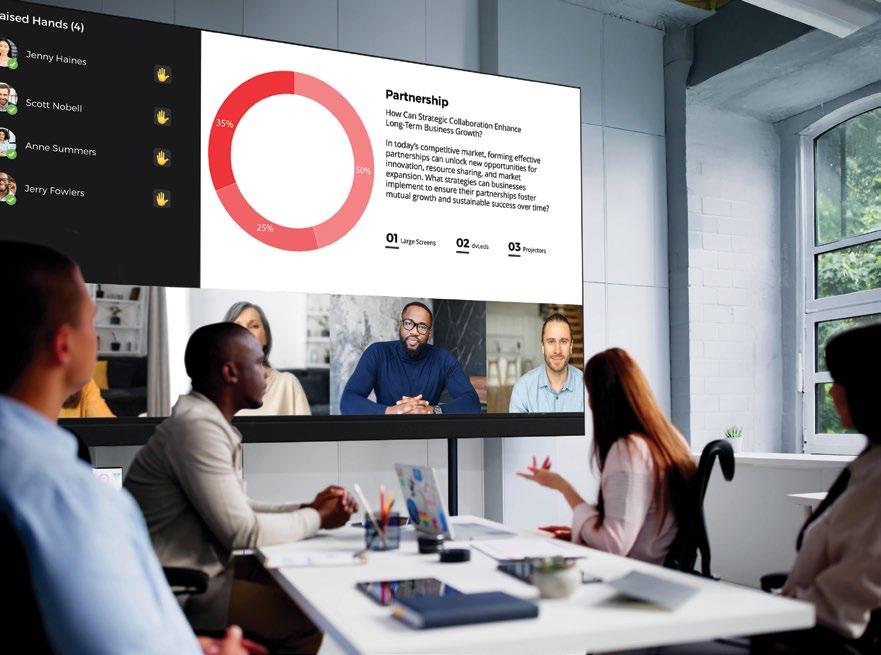
Available in 138 and 165 inches, the new all-in-one dvLED displays provide a seamless image with exceptional contrast and brightness for corporate and education environments. Unlike traditional LED displays, the LD-AF models offer an easy, hasslefree installation process and can be set up in as little as two hours with no special training required. Additionally, their plug-and-play functionality allows for a simple, efficient experience. Designed to be user-friendly, the displays feature elements from Sharp’s PN-ME2 Series, supporting the same user interface and control protocol, as well as SOC functionality with NaViSet Administrator2, Crestron connected, and Eshare. The models are equipped with various connection terminals including HDMIx3 and USB-C, large-capacity speakers, built-in Wi-Fi for wireless screen sharing, and media player functionality.
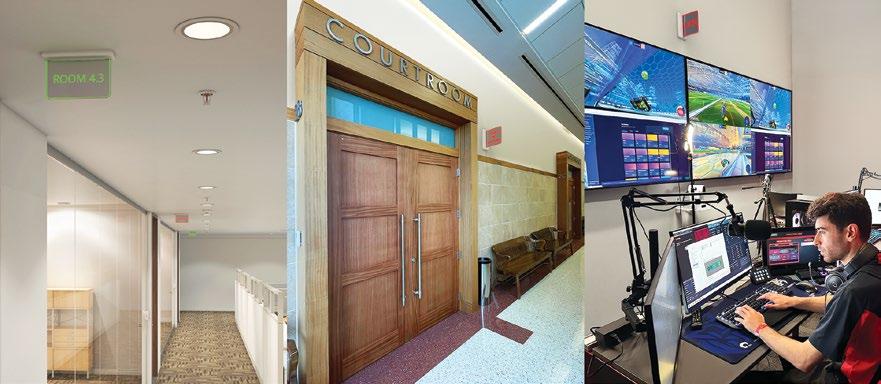
The versatile SSI 100 System Status Indicator is a sleek, multi-colored backlit indicator designed to enhance visibility for room occupancy, activity status, safety protocols, and more. It seamlessly integrates with Extron control systems, calendaring platforms, and room occupancy sensors with no licensing required. The two-sided, acrylic lens combined with multi-color backlighting blends simplicity with architectural appeal. Wall mount and ceiling mount versions are available, providing flexible placement capabilities. An optional engraved lens allows the status indicator to be customized with information such as a room name, classroom number, or company logo. The SSI 100 offers easy installation, with the flexibility to be powered either locally or via PoE. When integrated with Extron Pro Series Controllers, the SSI 100 operates in Secure Platform Device (SPD) mode and can be configured via Extron GCP or CSDU software to communicate room status effectively.
Pro Ethernet
Other World
Computing’s new OWC Archive Pro Ethernet is a fast, reliable network-based LTO backup and archiving solution engineered for media and entertainment, government agencies, and businesses that need to protect large volumes of critical data. Tapes are accessed like a normal drive, files appear in folders, and moving/retrieving files is drag-and-drop easy. Thanks to built-in ATTO XstreamCORE 8100T technology, the OWC Archive Pro Ethernet can be placed in a different room or building for enhanced security, less noise, better host compatibility, and improved user collaboration. With up to 76% cost savings versus HDD-based archiving, plus a tape shelf life of 30 years, the solution offers solid ROI. OWC Archive Pro Ethernet will be offered in LTO-7, LTO-8, and LTO-9 configurations, with each solution including a tape cartridge, cleaning cartridge, Ethernet cable, and Hedge Canister software.
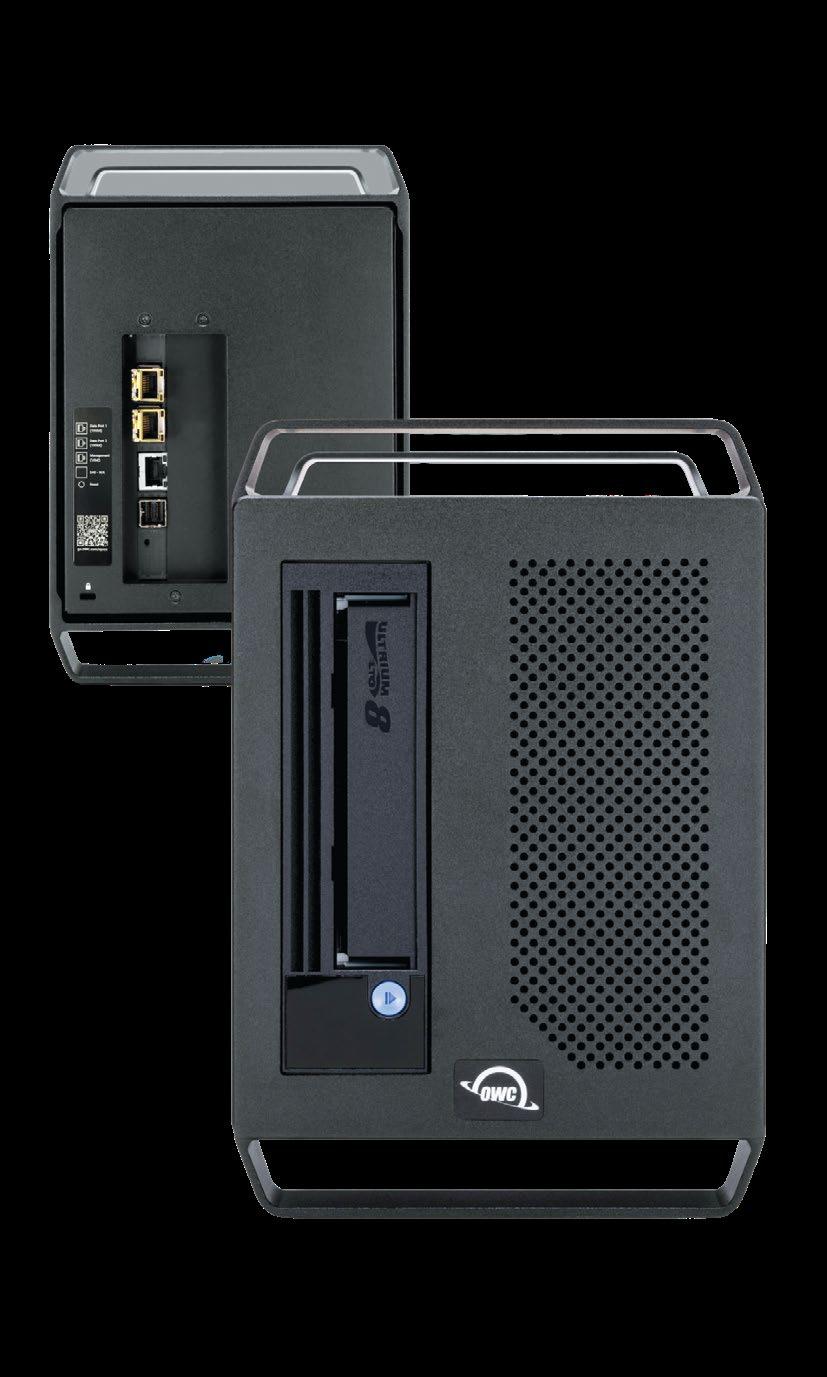
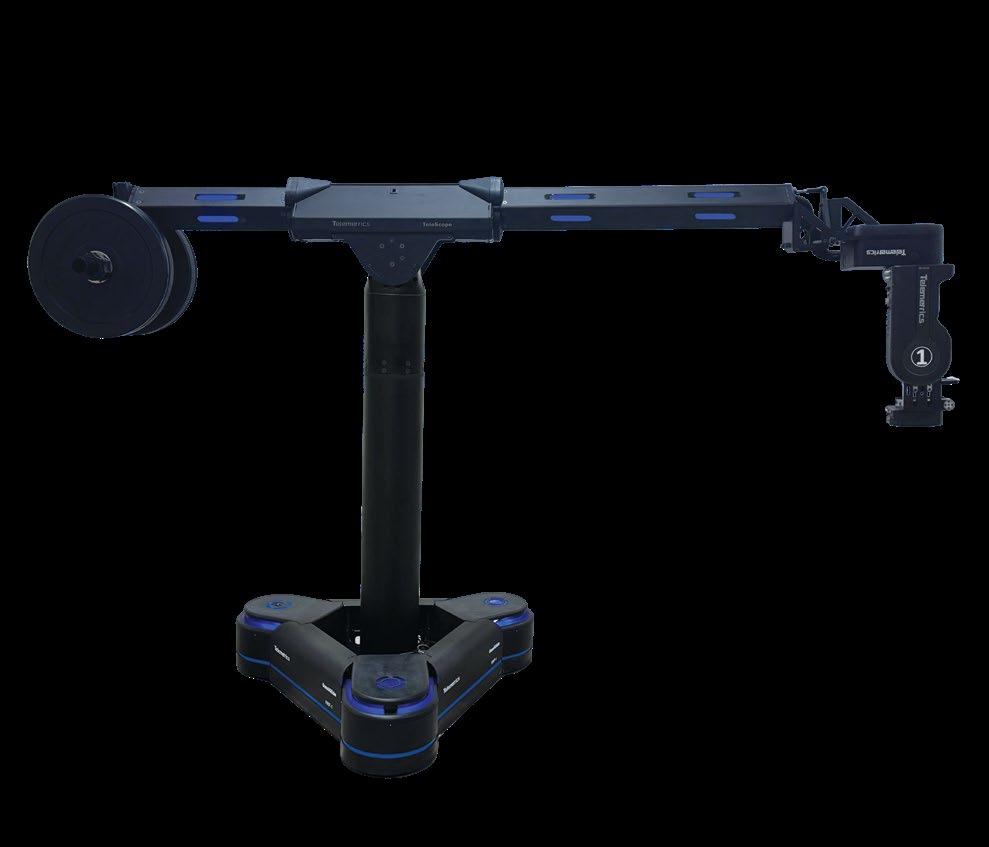
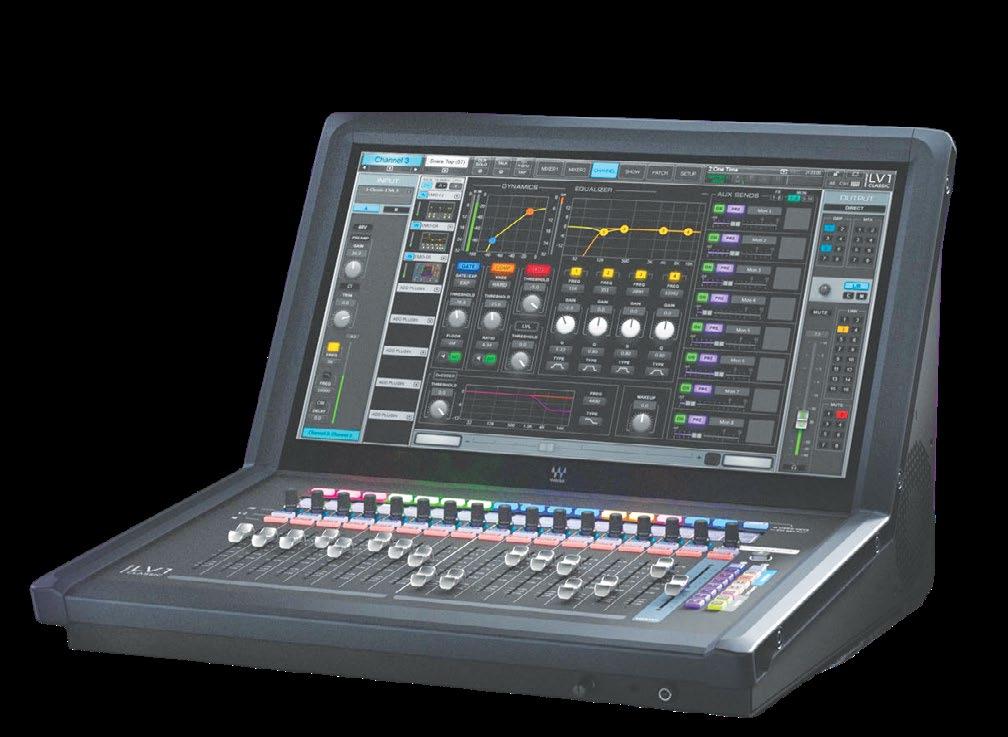
The TeleScope robotic jib system expands on the proven safety and operational benefits of the OmniGlide (robotic roving pedestal) while redefining the jib in traditional production workflows. Designed to work with virtually any professional camera on the market, it’s equipped with more than 20 proximity safety sensors that cover the extension arm and OmniGlide base to keep the crew safe and avoid unwanted collisions with set pieces. With a fully featured OmniGlide base for optimal movement and available in three sizes to fit different studios, the TeleScope can carry a payload of a camera, lens, and even a small prompter. The unique jib can operate at a linear speed of 11 inches per second and has a vertical range of motion that goes from 1 foot off the ground to more than 7.5 feet (in standard configuration).
With 64 stereo channels, 44 stereo buses, 16 onboard Waves Signature Preamps, and Waves processors included, the new Waves eMotion LV1 Classic is a hardware mixing desk that packs significant mixing power in a compact console. It builds on the proven quality of the Waves LV1 mix engine, which until now has been available only as a software-based modular system. The new hardware console delivers the LV1’s sonic excellence and intuitive UI in a console form factor for live sound engineers. The console boasts a large 21.5-inch multi-touch screen, 17 all-new faders, and a Quick-Access UI that guarantees speedy control of all important mixer functions. The console also allows customization of user-defined actions and views. The LV1 Classic is powered by a doubleprecision, 32-bit floating point mix engine, operating at 44.1–96 kHz sample rates for clarity and headroom.


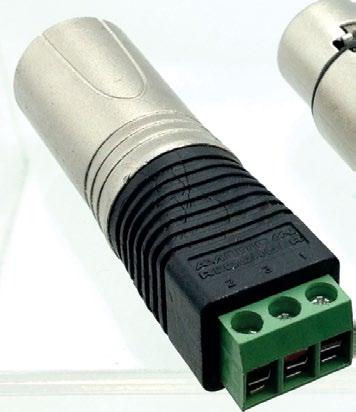
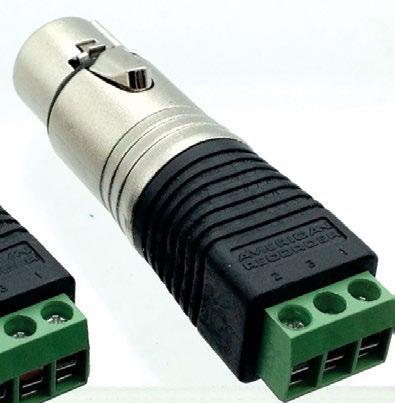
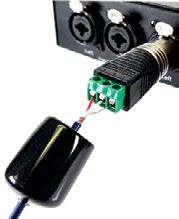
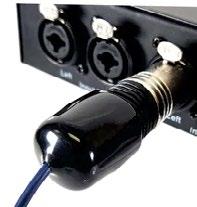
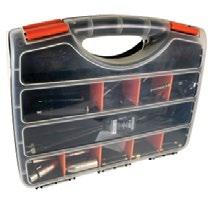













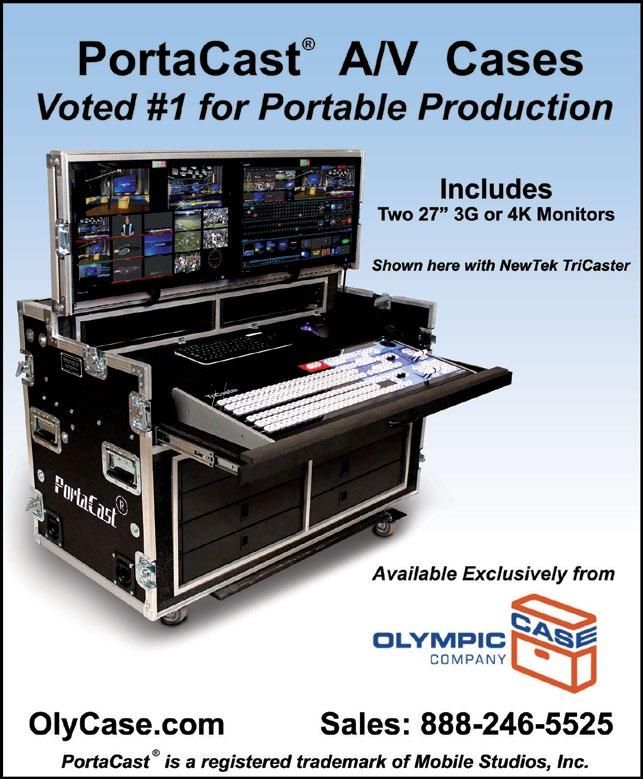


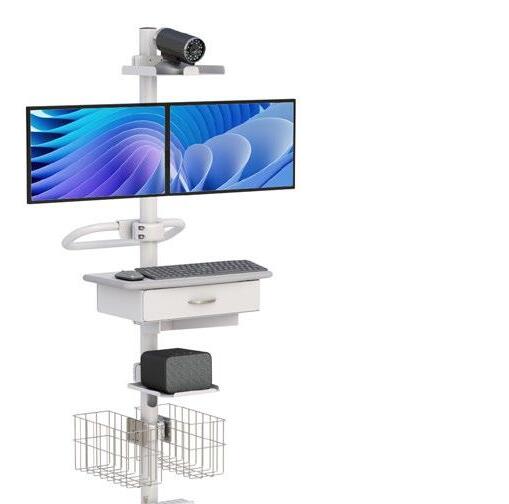

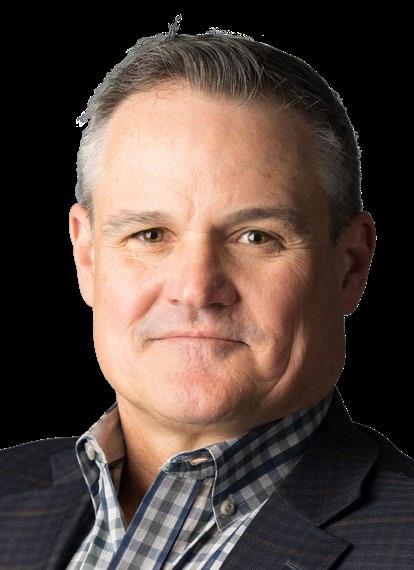
By Phil Langley
Historically, if I asked you to name the first thing that came to mind when you heard the word “distributor,” you’d probably say something like “pick, pack, and ship.” After all, for decades, that has been a distributor’s primary role. They may specialize in different industries or have different geographic footprints, but contractors, integrators, and end users all relied on their distribution partners to source the products, pack them, and ship them to the right location at the right time.
That function is table stakes and always will be— but today’s leading global technology distributors are rewriting the rules with an assist from IT/OT network convergence acceleration, stronger financial foundations, and true global scalability. Customers are taking notice. These distributors are going well beyond “pick, pack, and ship” and leveraging technology, services, labor-saving tools, and more to disrupt the idea of what a global technology distributor can and should be in today’s rapidly changing world.
Integrators, contractors, and end users across most technology disciplines are facing a variety of headwinds, many of which show little sign of easing. Labor challenges within the global Pro AV industry are a prime example, with tighter project timelines and shifting budgets causing key project stakeholders to lean on their distribution partners in unprecedented ways.
Labor-saving services: Integrators across all technology disciplines are facing skilled labor shortages. Labor availability can impact project costs, delivery timelines, and the volume of business any integrator can manage. Installation enhancement solutions, regardless of technology, can maximize labor efficiency by handling material organization, basic assembly, and other low-skill tasks that can be performed by the distributor off-site, allowing skilled laborers to focus on more critical tasks.
Additionally, leading technology distributors today should be offering project staging, kitting, labeling, testing, and other services that help improve overall labor efficiency at the jobsite. It’s hard to understate the value these services can have to the bottom line.
A large office building, for example, might have dozens of conference rooms that need to be outfitted with collaboration tools, as well as entryways that
require surveillance and access control systems. The right distribution partner can ensure that each area’s equipment arrives on site—at the right time— packaged, organized, and even labeled by install location to streamline the overall installation process.
Supply chain and logistics services: It’s no secret that projects are getting bigger. While this can open greater revenue opportunities for integrators, they need to be able to meet the project’s scale—no easy feat when you consider that some projects might span countries or continents.
The right global distribution partner can provide supply chain solutions that allow integrators to meet their customers’ needs wherever, however, and whenever those might be. At the same time, they also have the local market presence and expertise required to understand each jobsite’s unique challenges. As an added benefit, this means that integrators don’t need to spend time managing those tasks.
Training and consulting services: Technology changes fast—even the most seasoned integrators can struggle to stay on top of the latest Pro AV, physical security, wireless, 5G, IoT, or building management solutions, let alone understand how to install them properly. Leading distribution partners can remove that burden by providing accredited training and/or consulting services. For example, the distribution partner can provide network and solution design, best-in-class solution identification, and other services that enhance the value integrators bring to their own customers.
Beyond global sourcing capabilities, the right distribution partner will also have supply chain, logistics, and other expertise to profitably provide what’s needed for today’s larger global technology deployments. This includes everything from increased transparency and seamless technology integration to highly skilled labor, optimized vendor utilization, and even improved sustainability.
This new and more collaborative distribution model, dubbed strategic point of distribution (SPOD), is already helping integrators deliver end user projects faster and more profitably. A key element of the SPOD model is increased upfront collaboration between all parties—distribution partner, integrator, and end user—to help reduce costs, increase efficiencies, and enhance project profit to everyone.
Through the SPOD model, the right distribution
partner can also positively impact the integrator profit and loss (P&L) in a variety of ways. For example, greater visibility and reporting increases efficiency and reduces confusion. And when a distributor knows which products will be needed for a project before they’re ordered, they can help review and consolidate vendors, which simplifies projects, reduces costs, and increases overall project profitability.
Integration partners enjoy better cash flow, reduced inventory costs, increased working capital, and a healthier overall P&L. Specifically, a more efficient inventory approach translates to enhanced working capital prior to deployment. Project solutions stay on the distributor’s balance sheet until on-site arrival and only then, once project billing begins, does the integration partner take ownership.
While traditional Pro AV projects have become less complex, they have also increased in scope and volume. Integrators in this industry need distribution partners who can go beyond the basics and help them meet these challenges.
For example, global AI cloud providers can manage multiple large-scale data center builds simultaneously. The provider may not only need significant quantities of expensive and sensitive equipment, but also complex material and labor management solutions to navigate simultaneous build schedules across multiple geographies.
The more traditional “pick, pack, and ship” distribution role could not provide the solutions required to ensure timely completion. On the other hand, the SPOD model was created and designed to handle situations just like this.
Traditional procurement and shipping functions will always be critical components of project planning and deployment. But through advanced services and innovative, collaborative distribution models, global distribution partners are positively disrupting the idea of global distribution.
Together, these services can bring unprecedented benefits to the integration partner and end user, whether they are local, regional, or global. Integrators can better navigate the labor and financial challenges associated with project planning and deployment. End users can rest assured that the solutions they invest in are top of the line and will meet their unique needs. And both parties can expect an efficient and effective project timeline.
Phil Langley is the SVP, global enterprise AV and UCC at Wesco.

